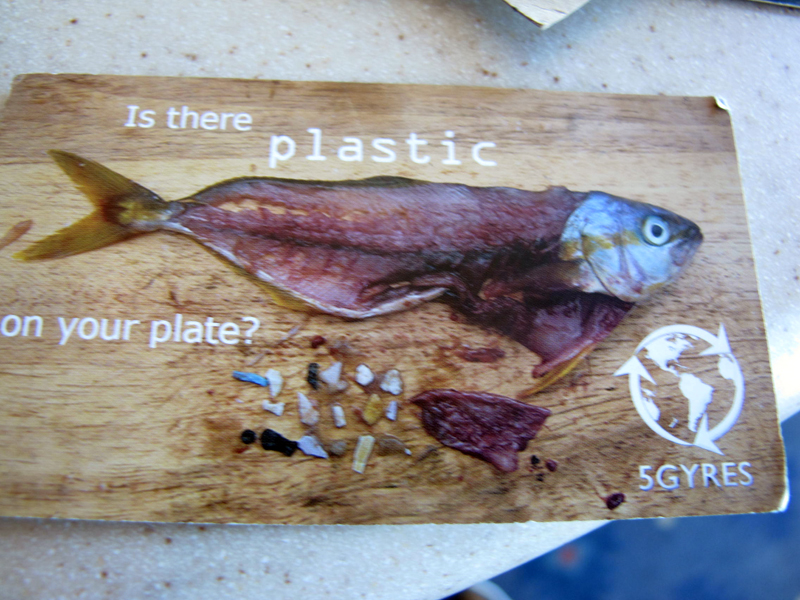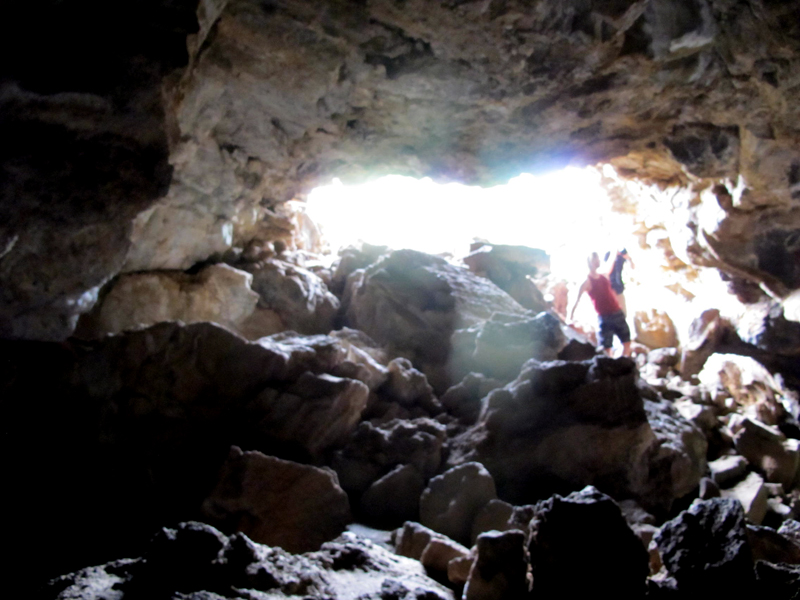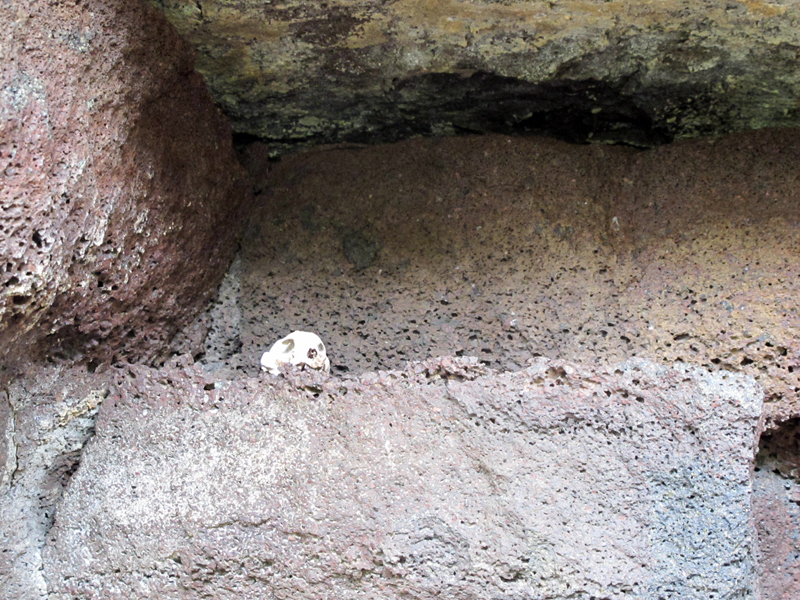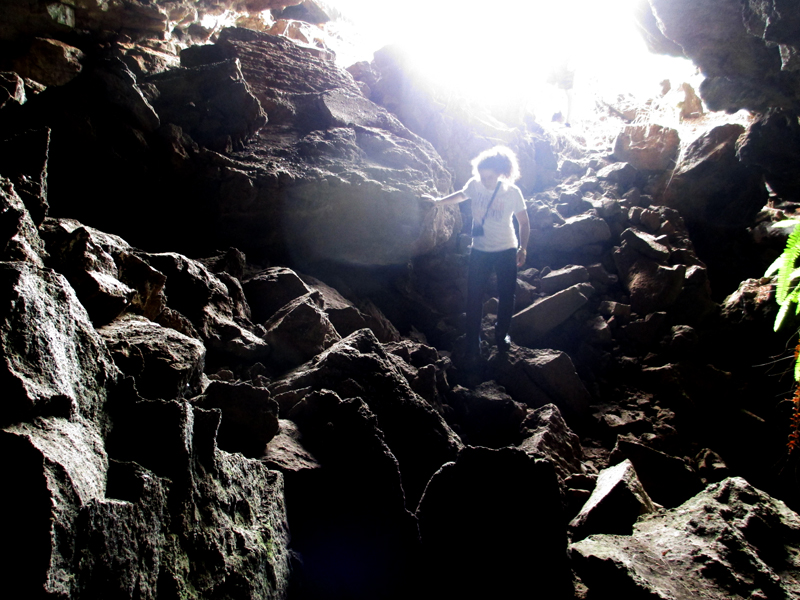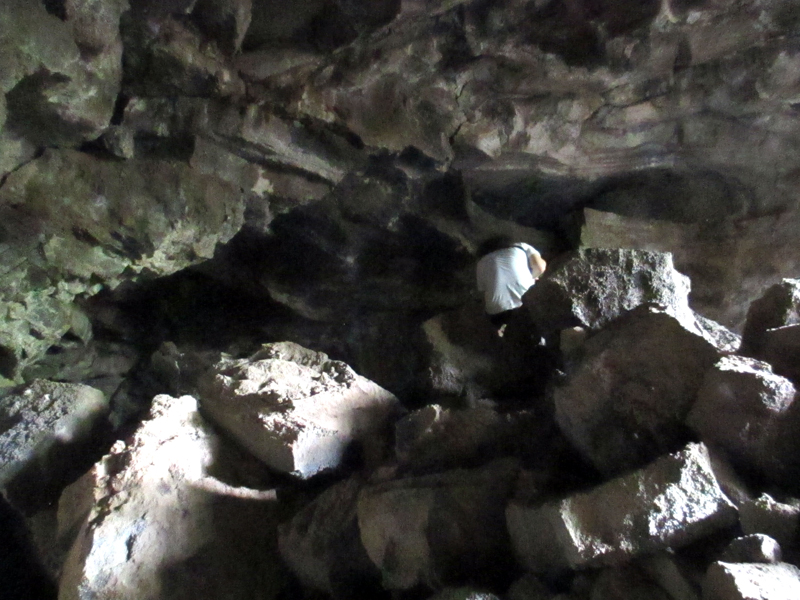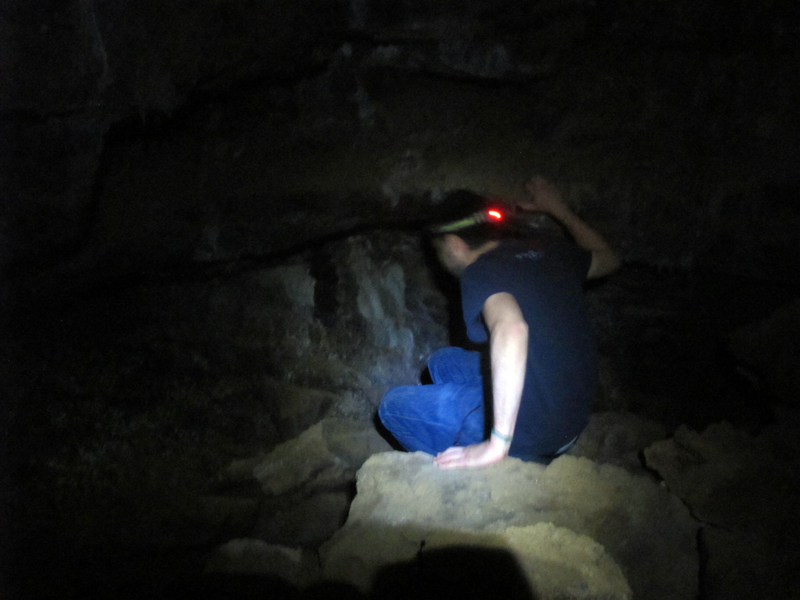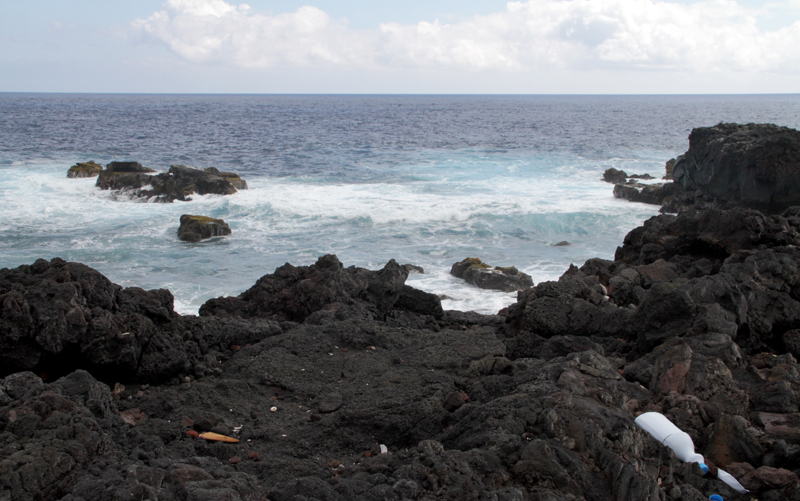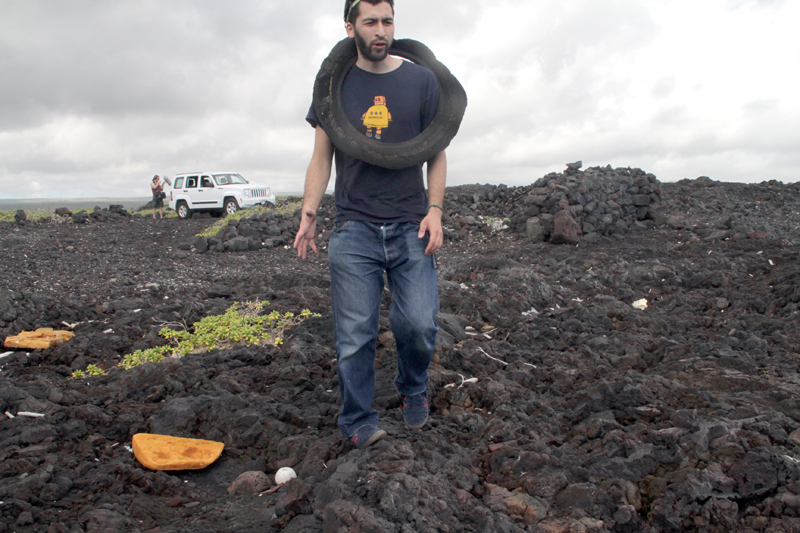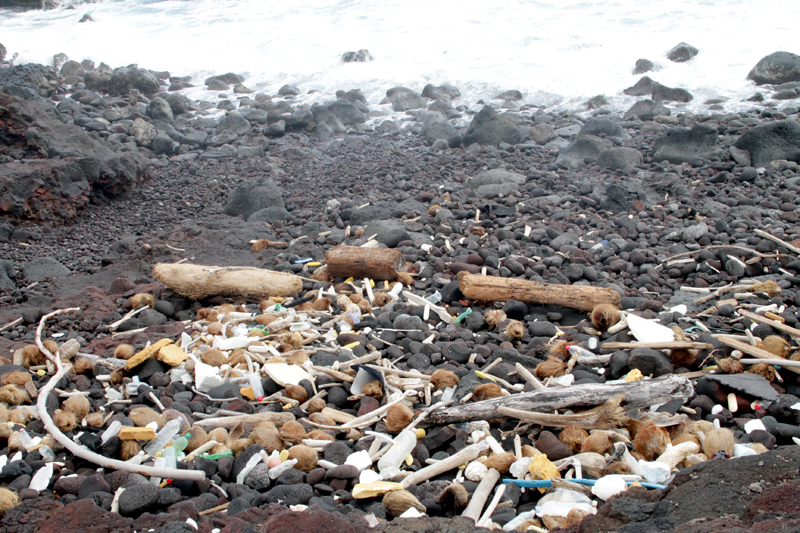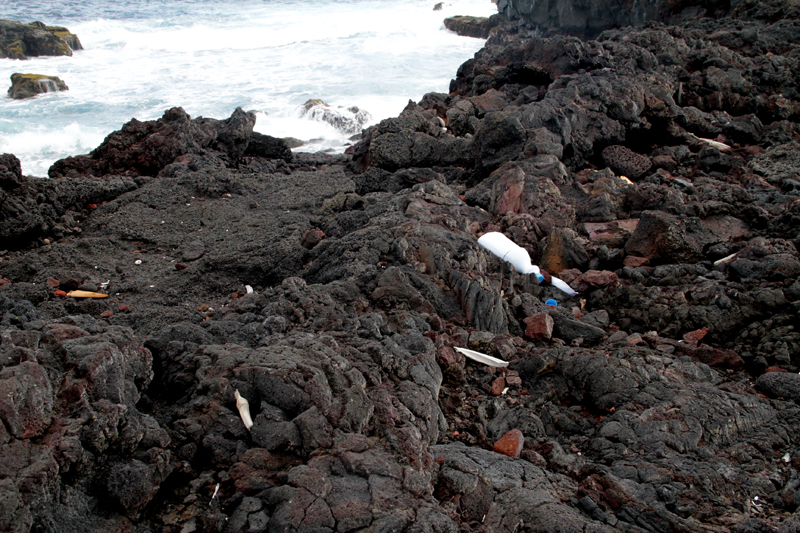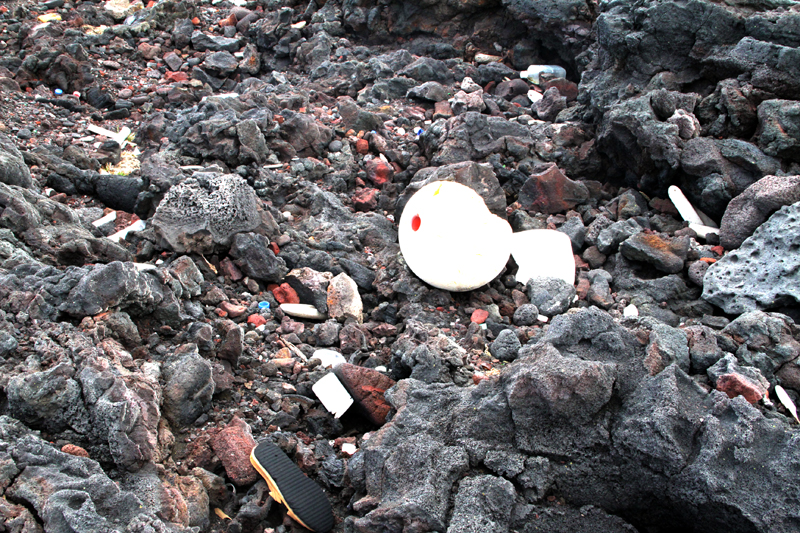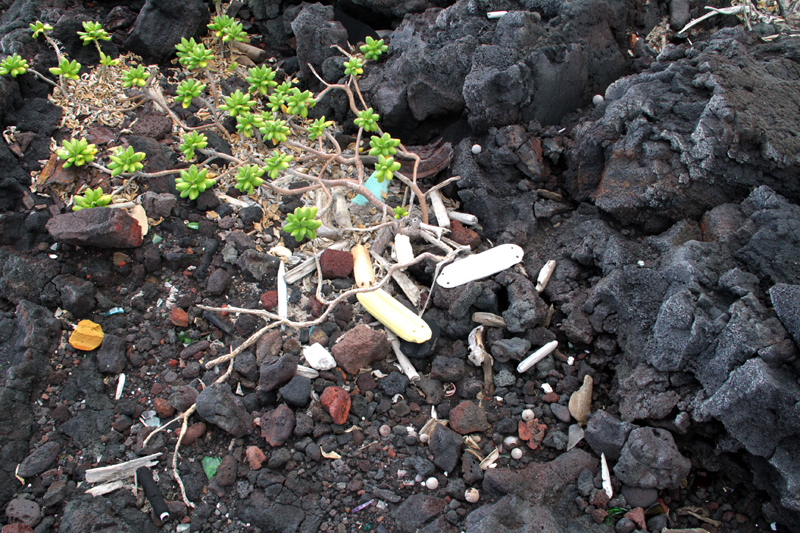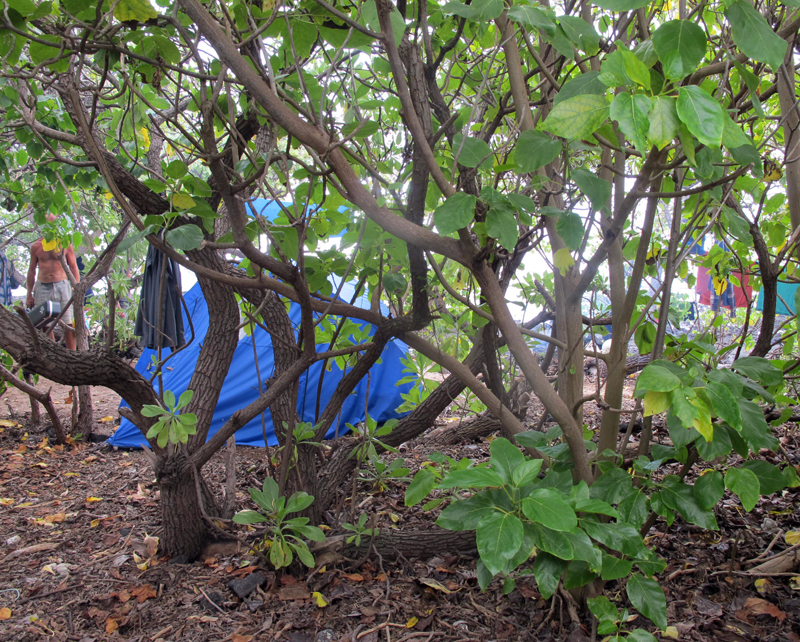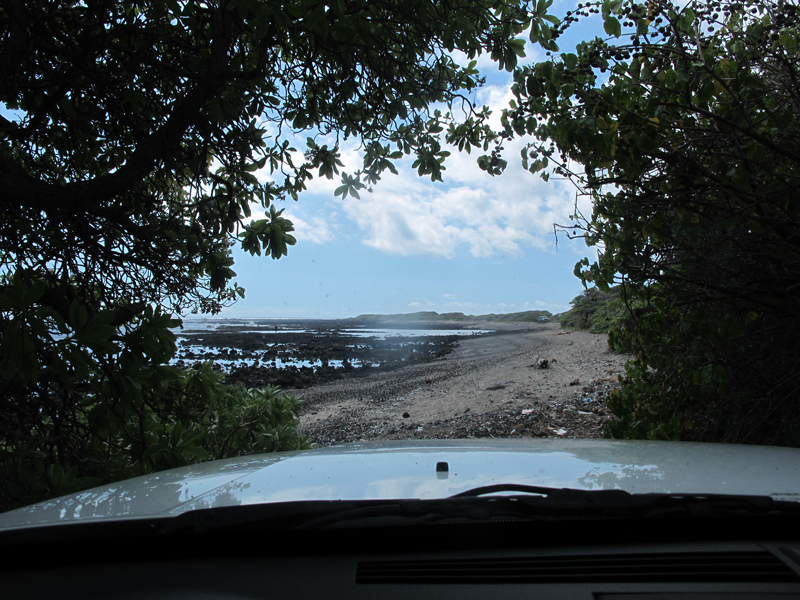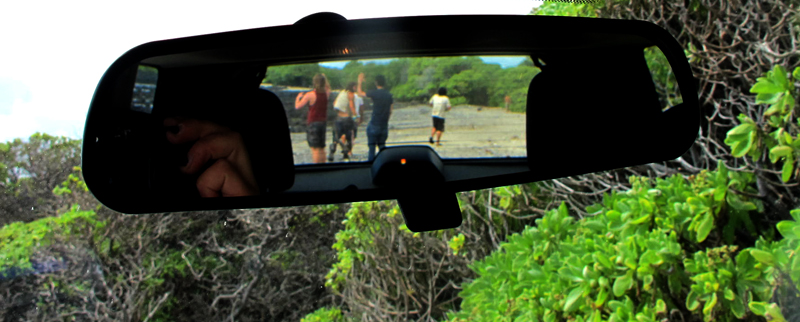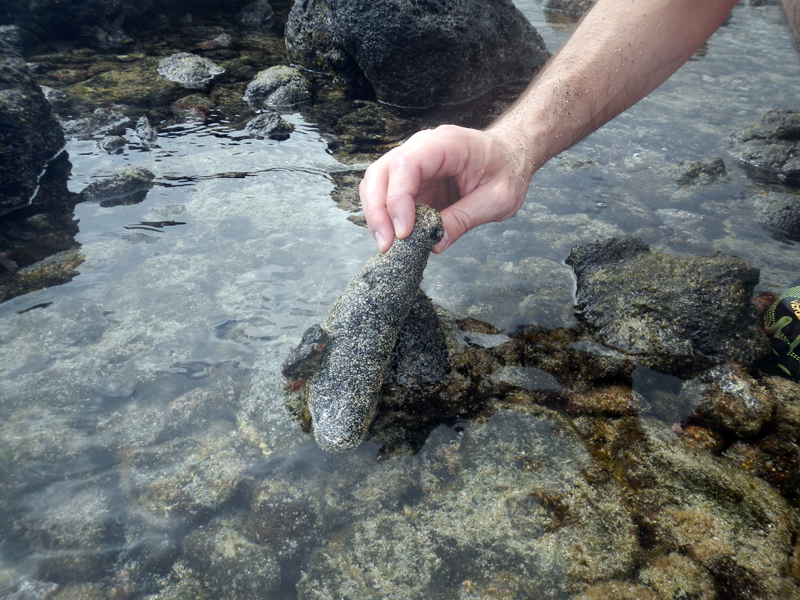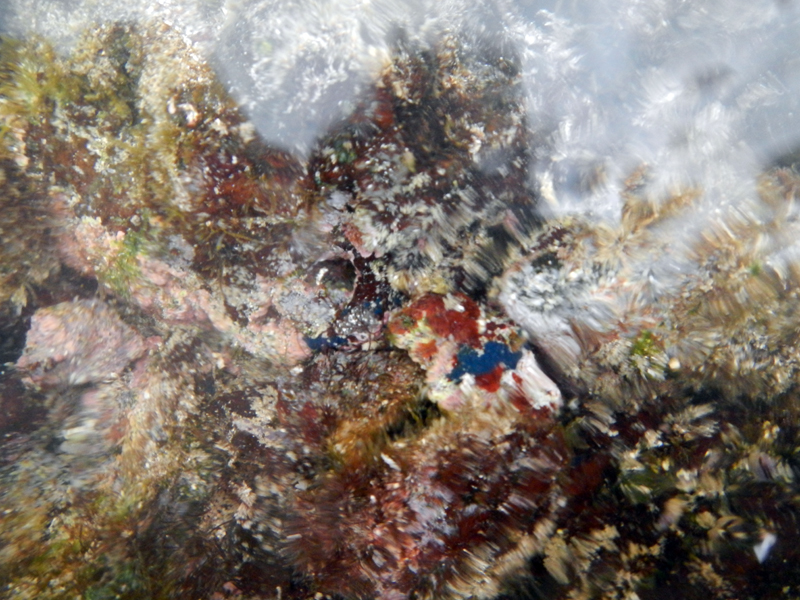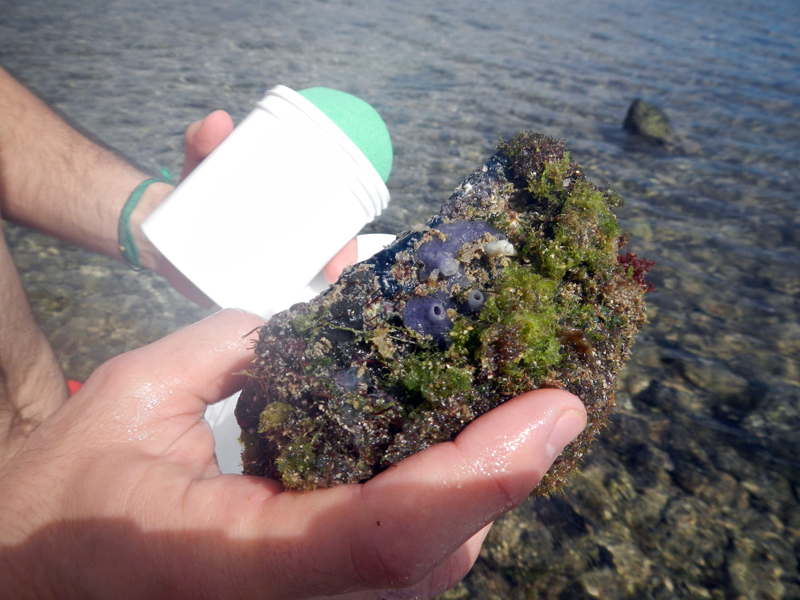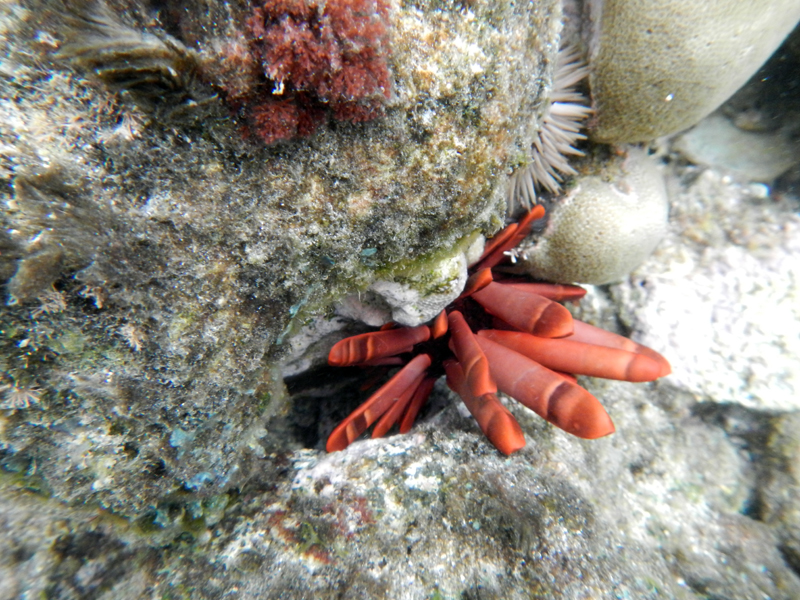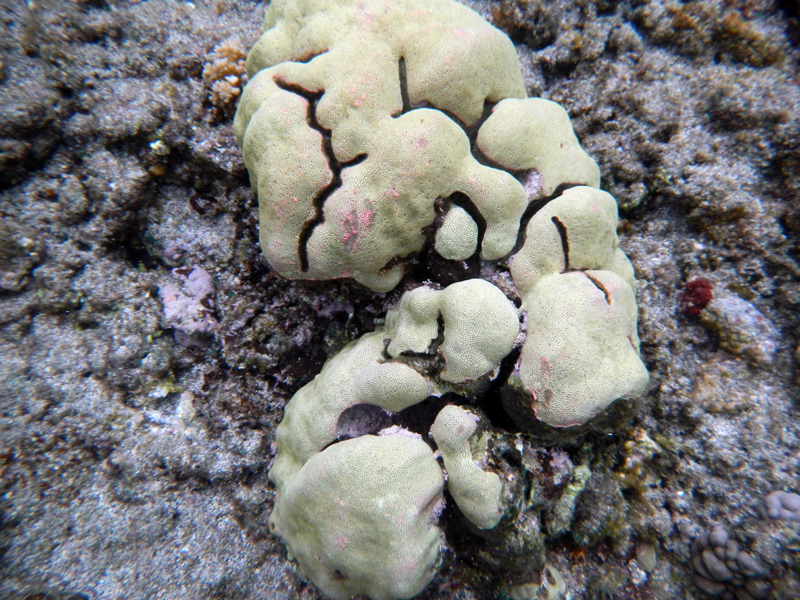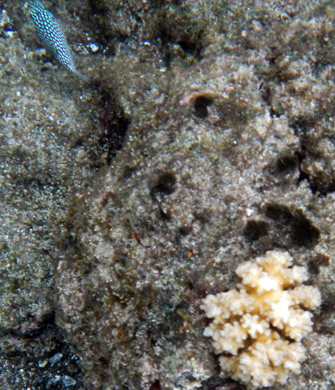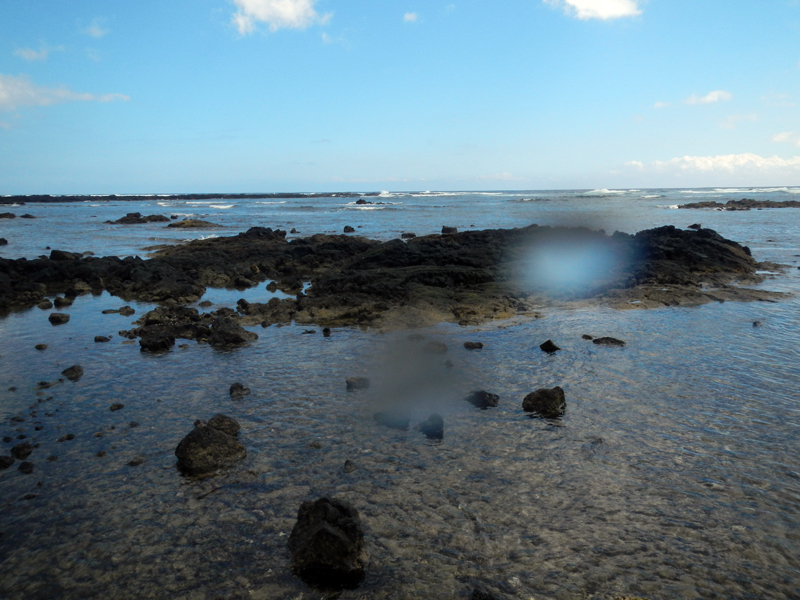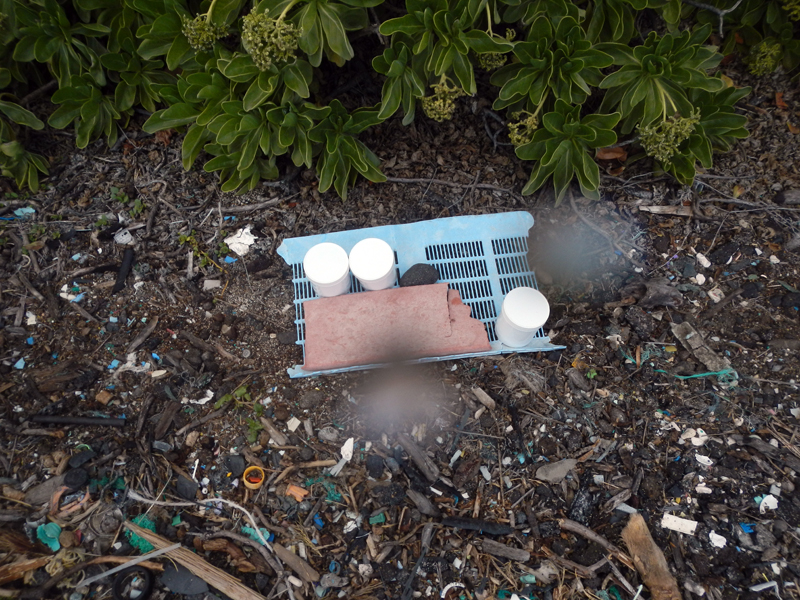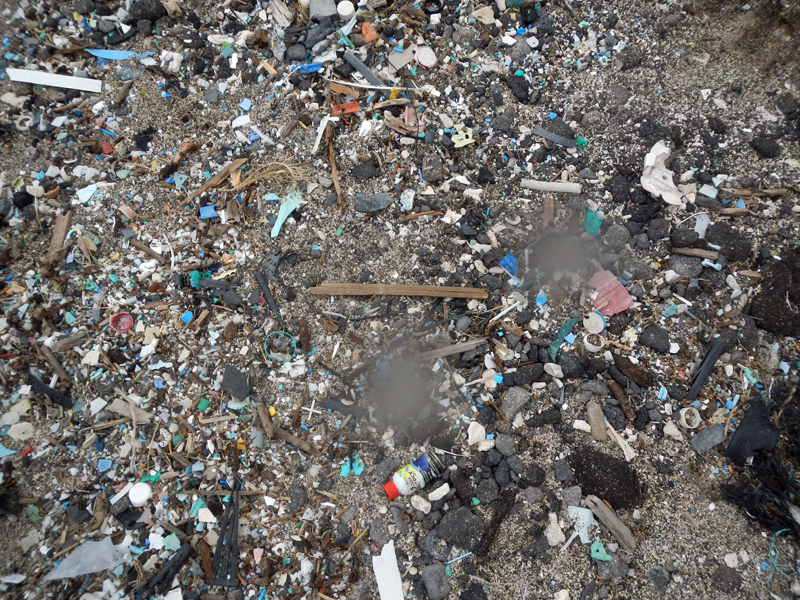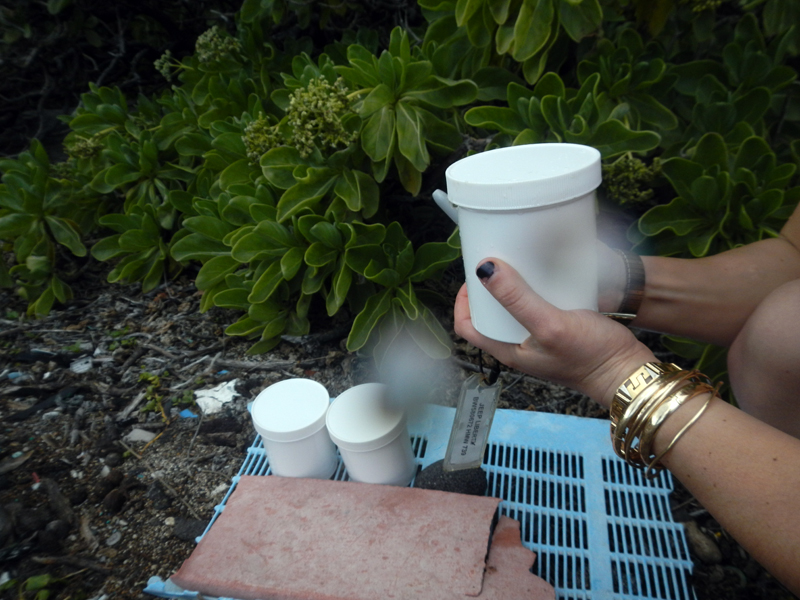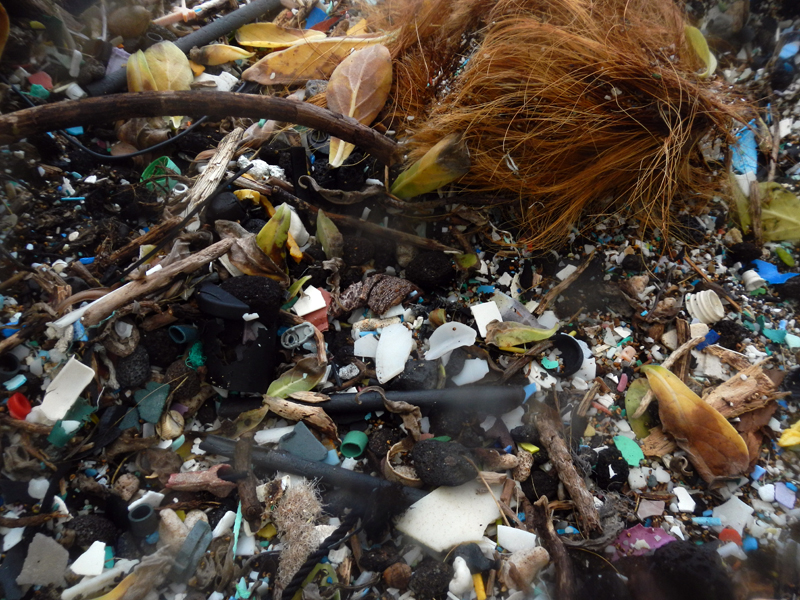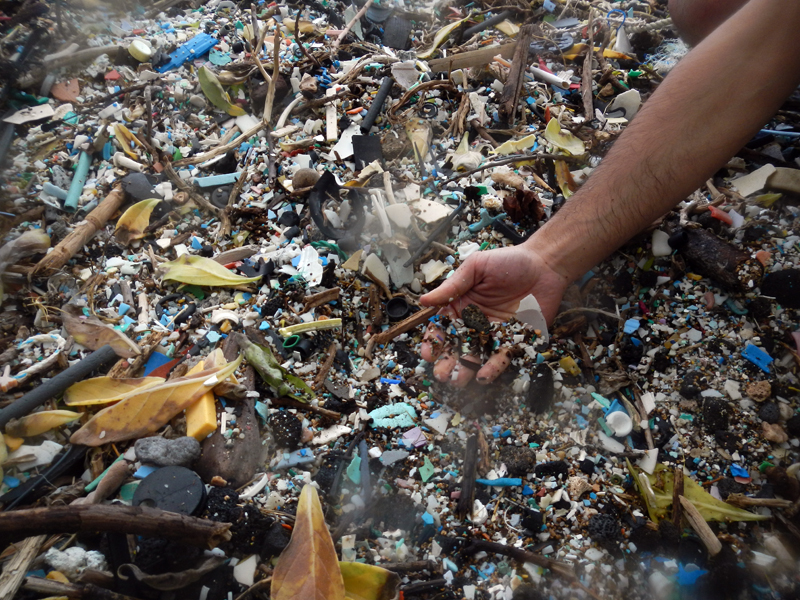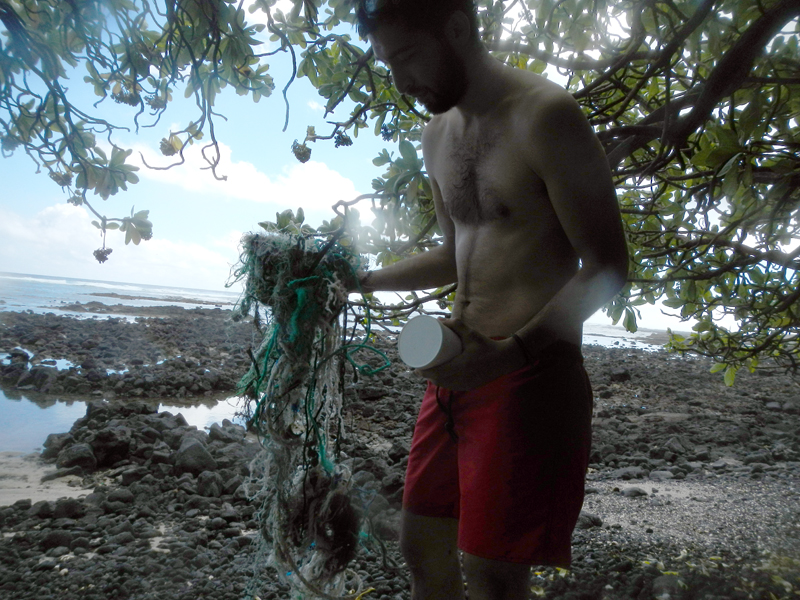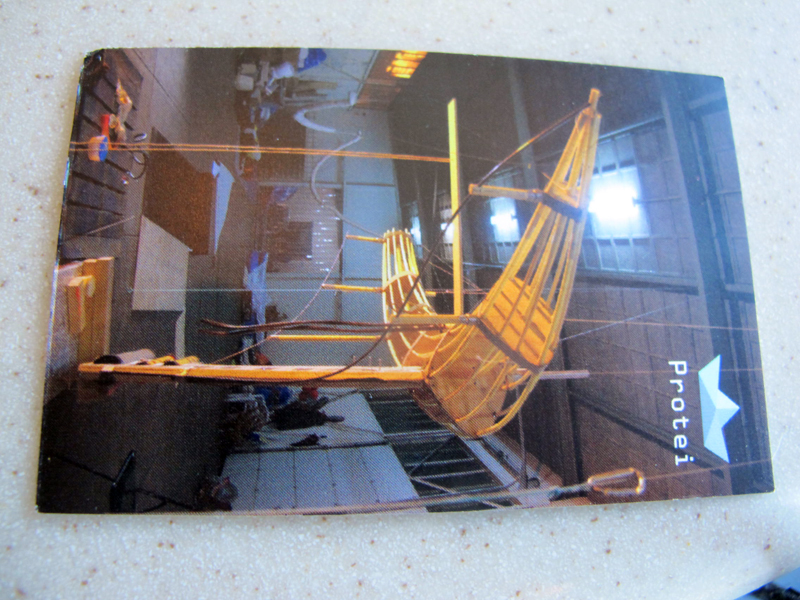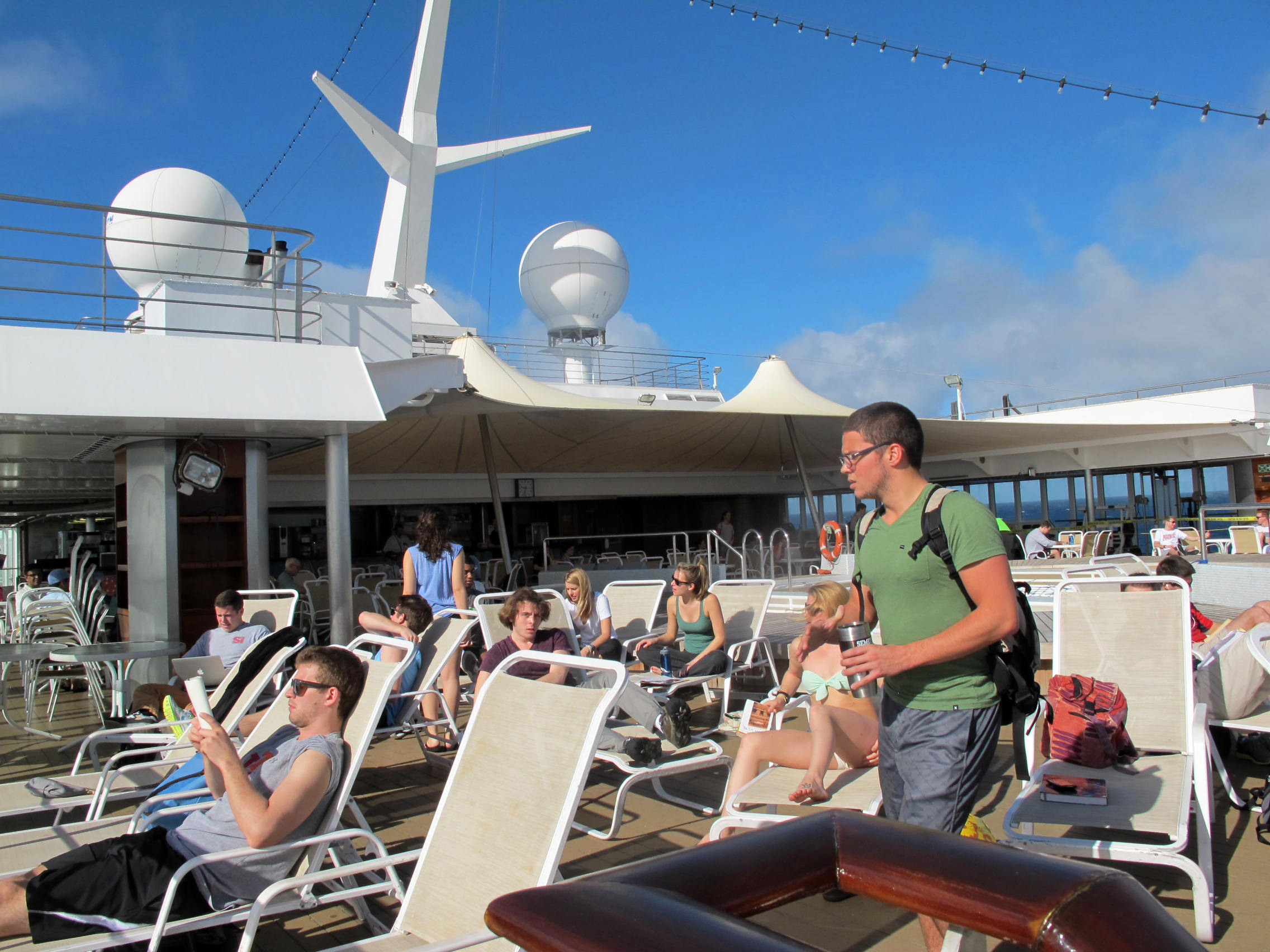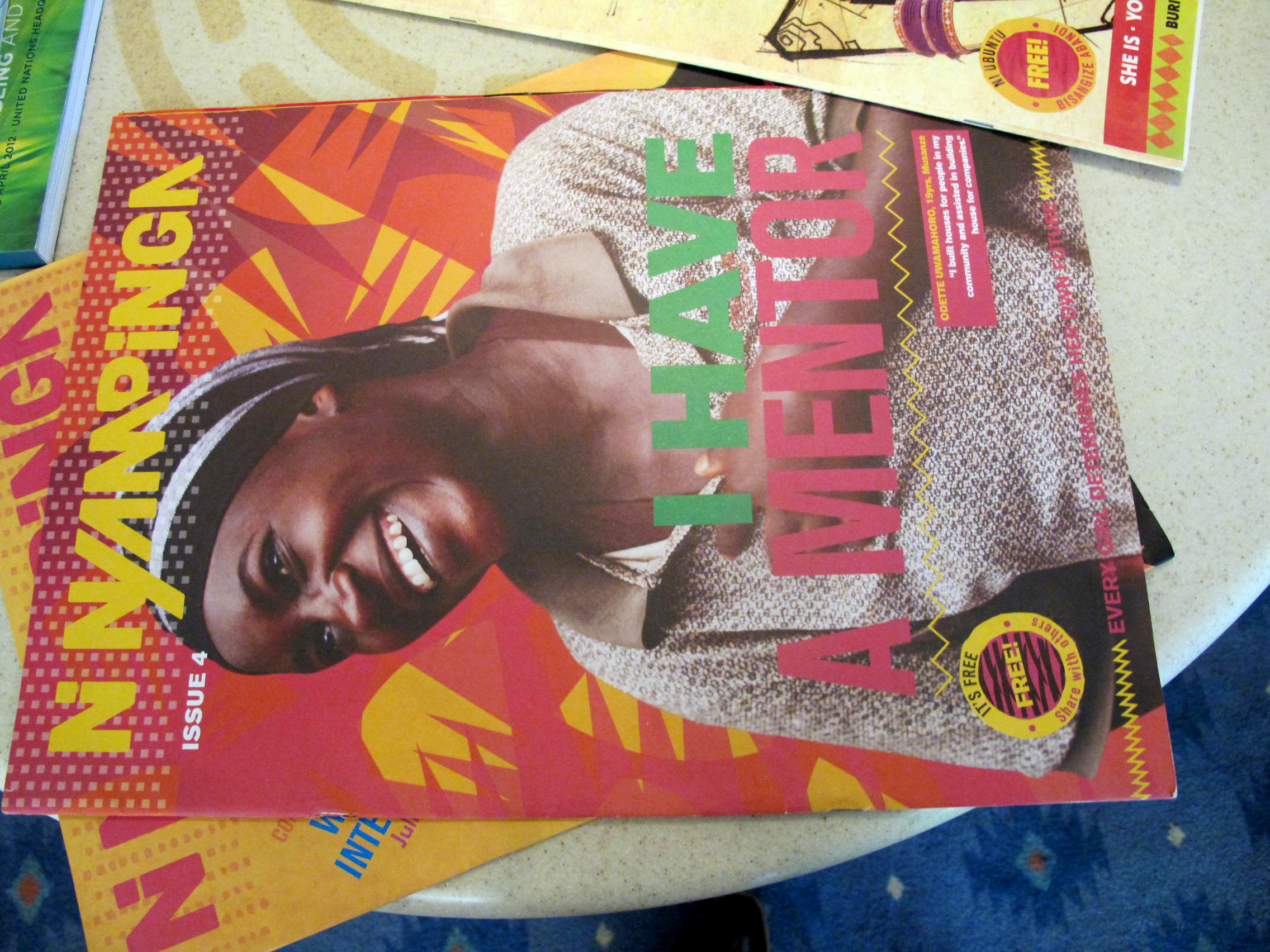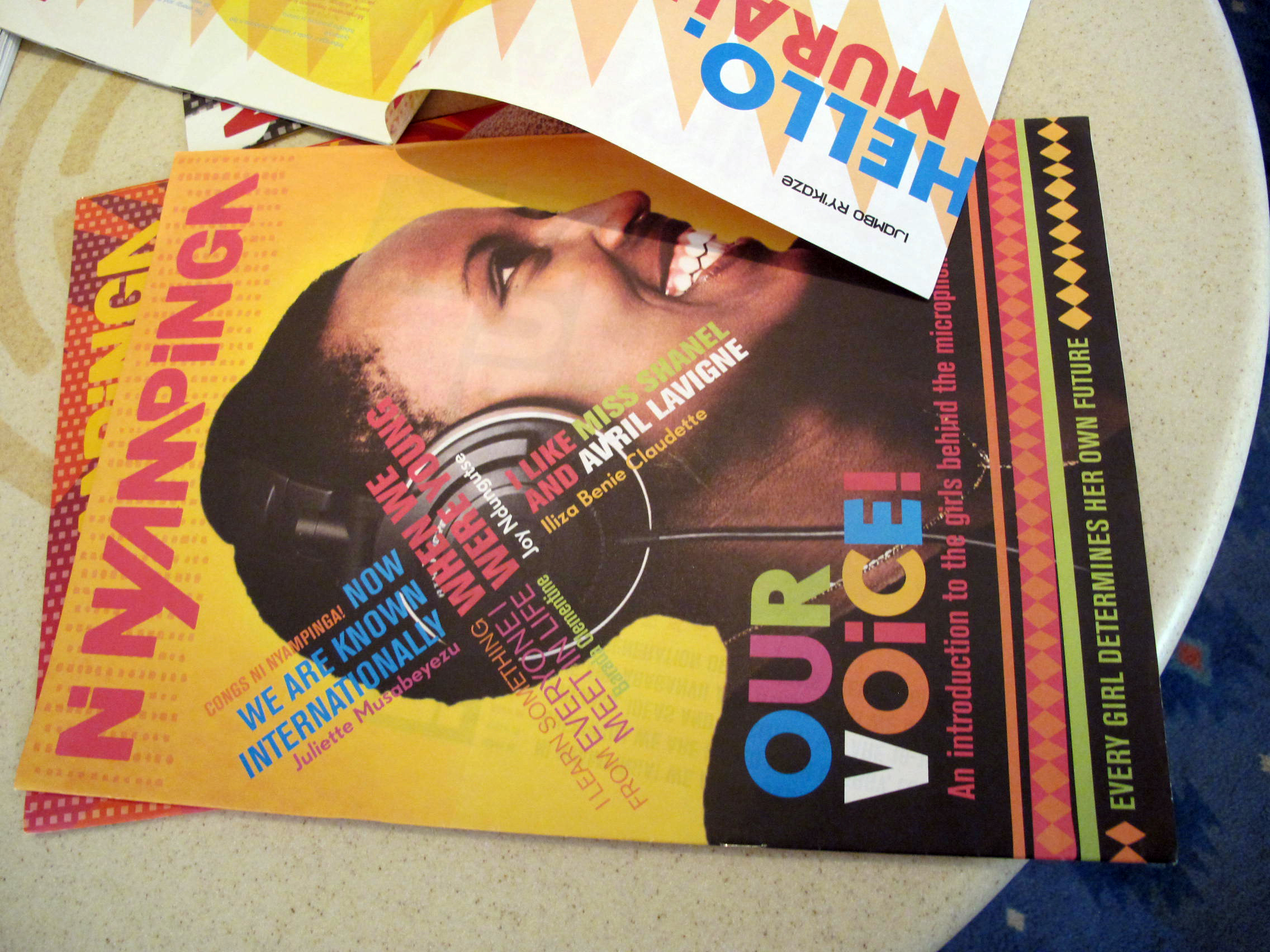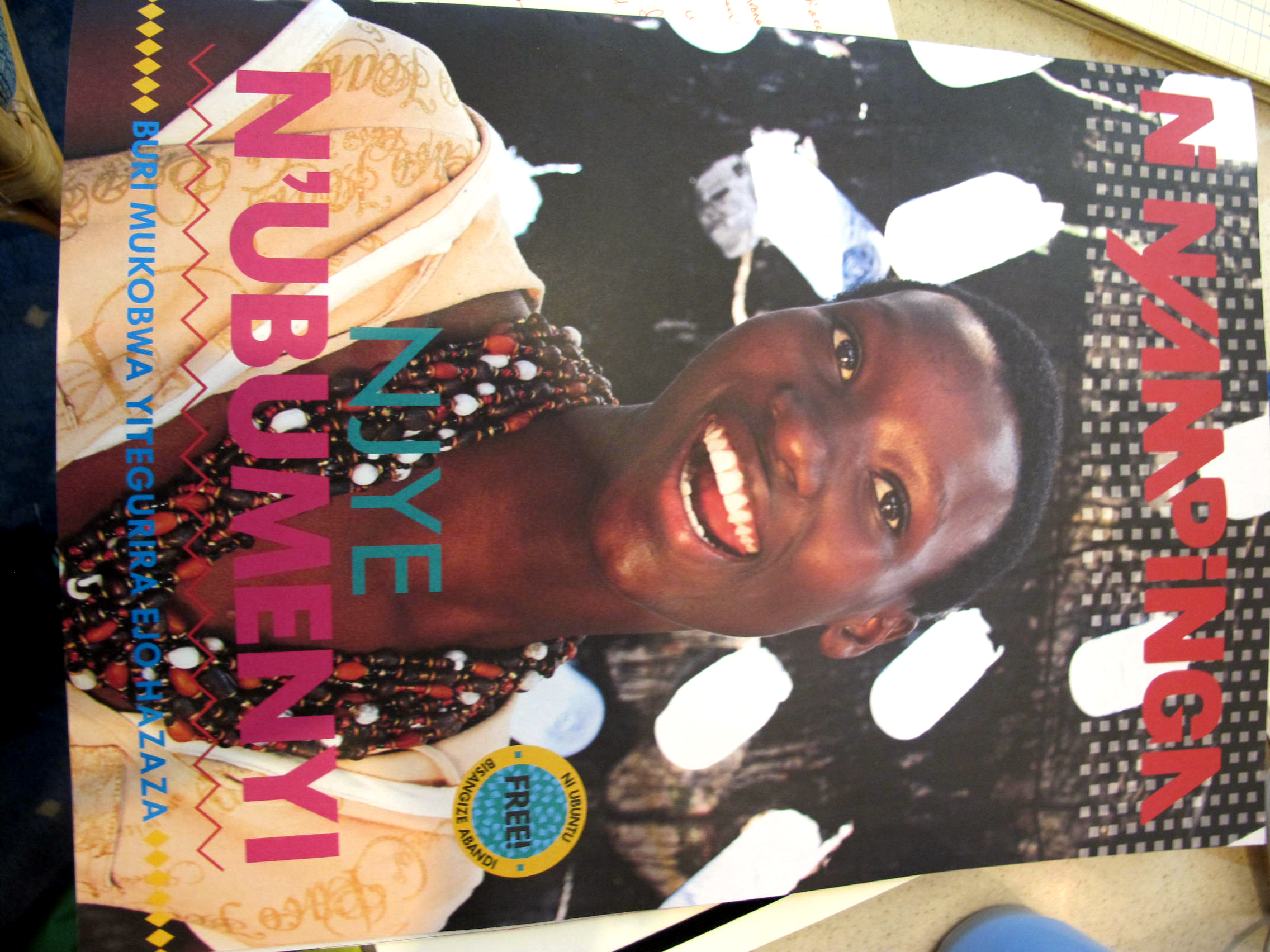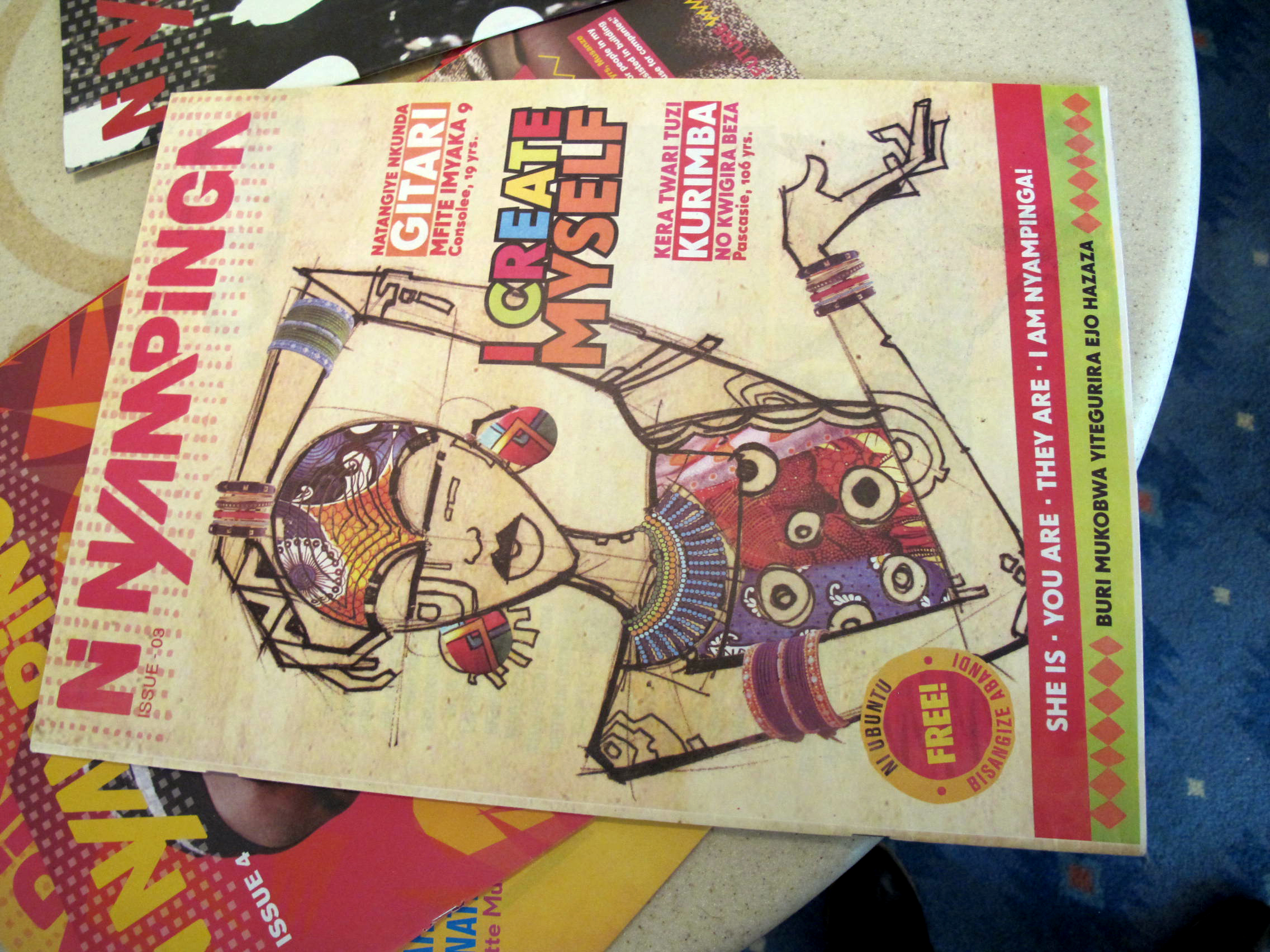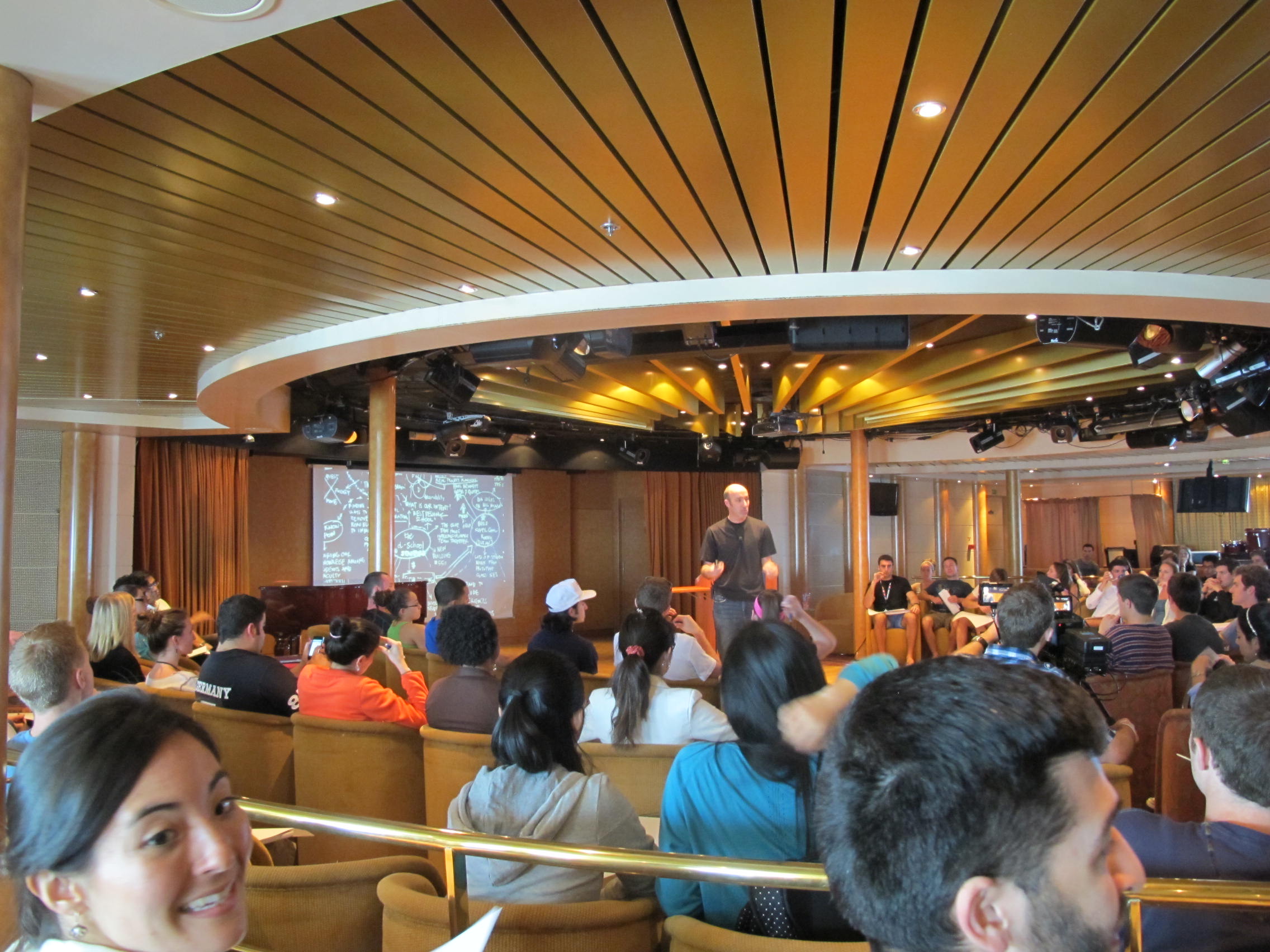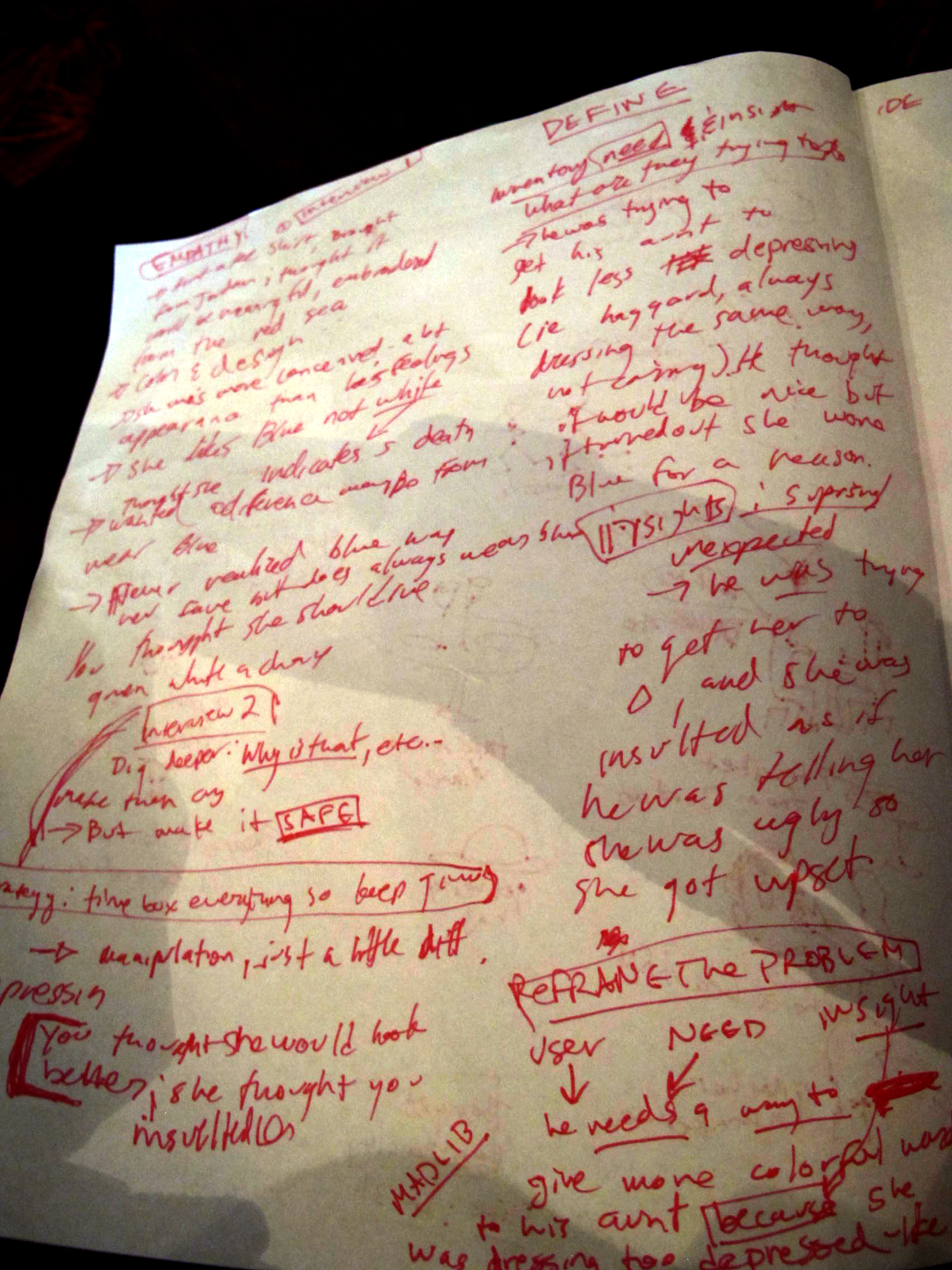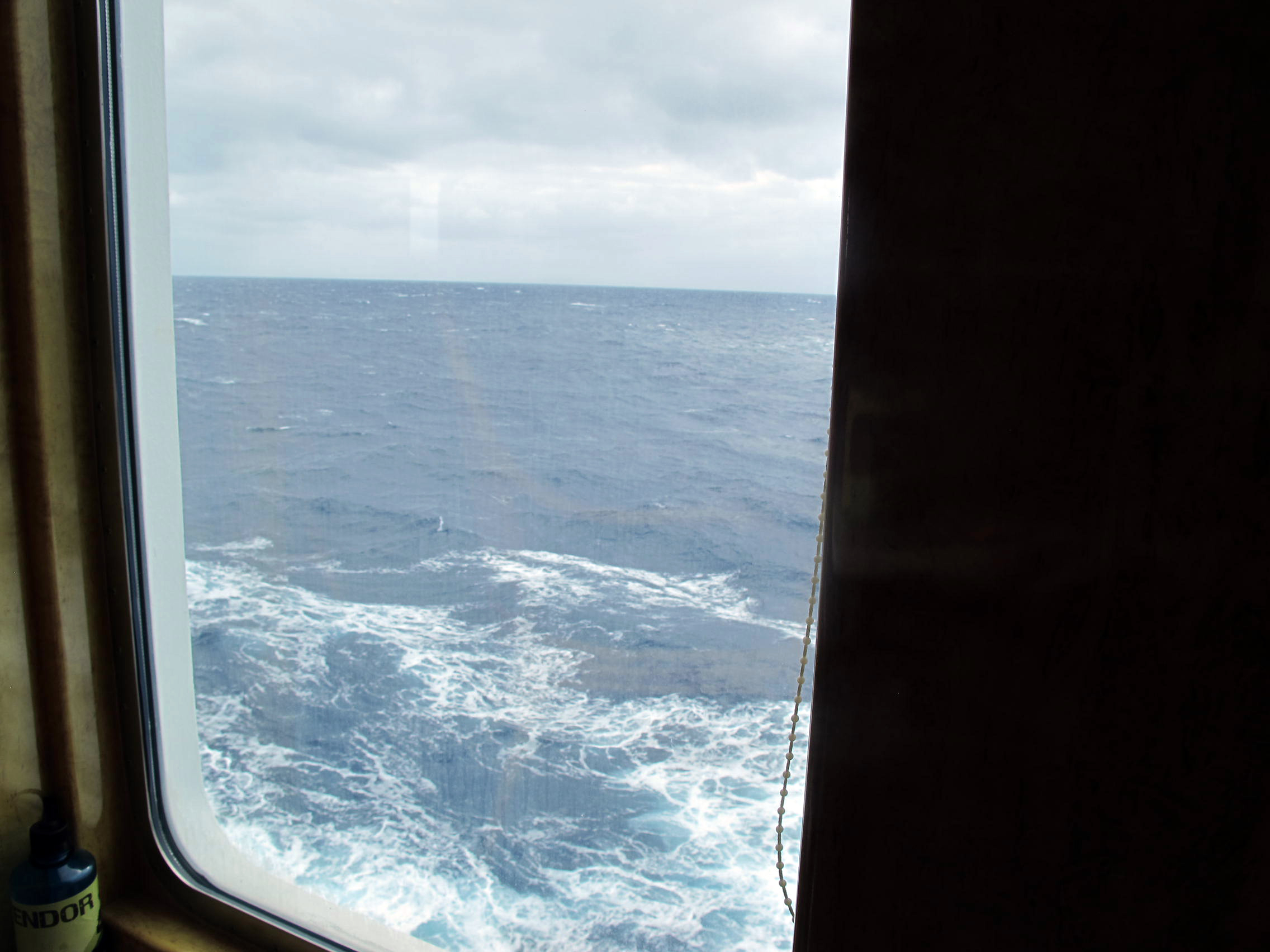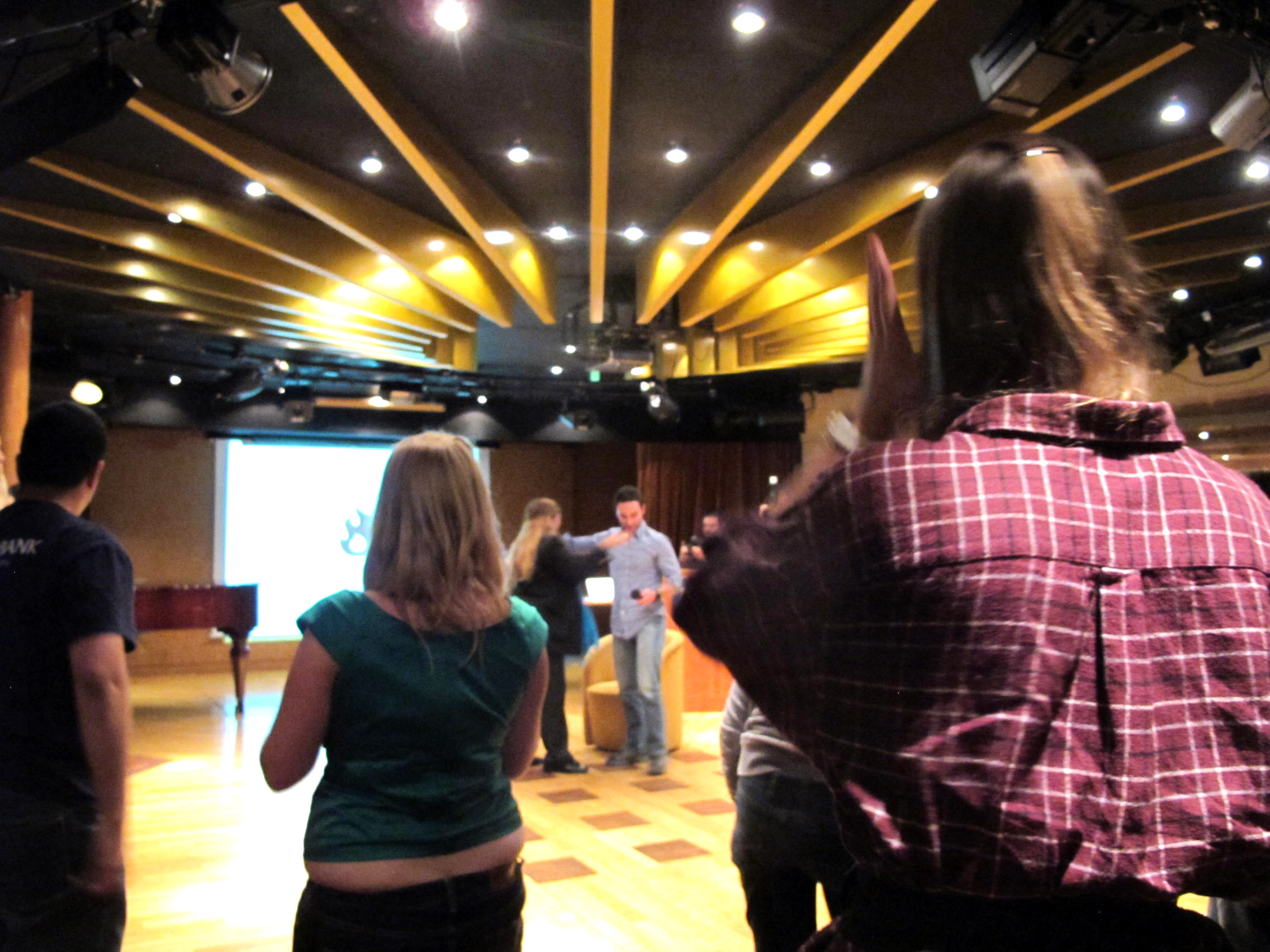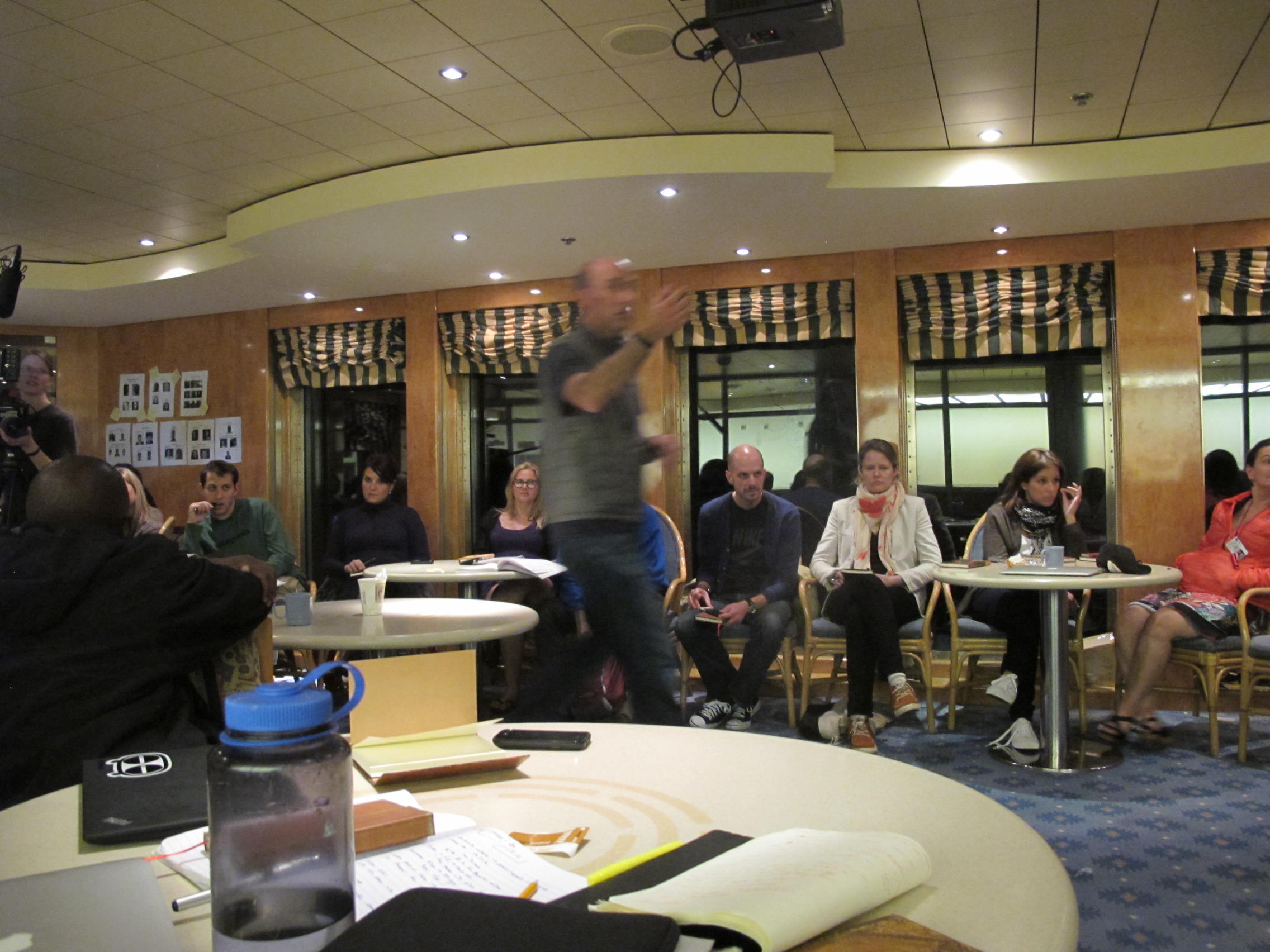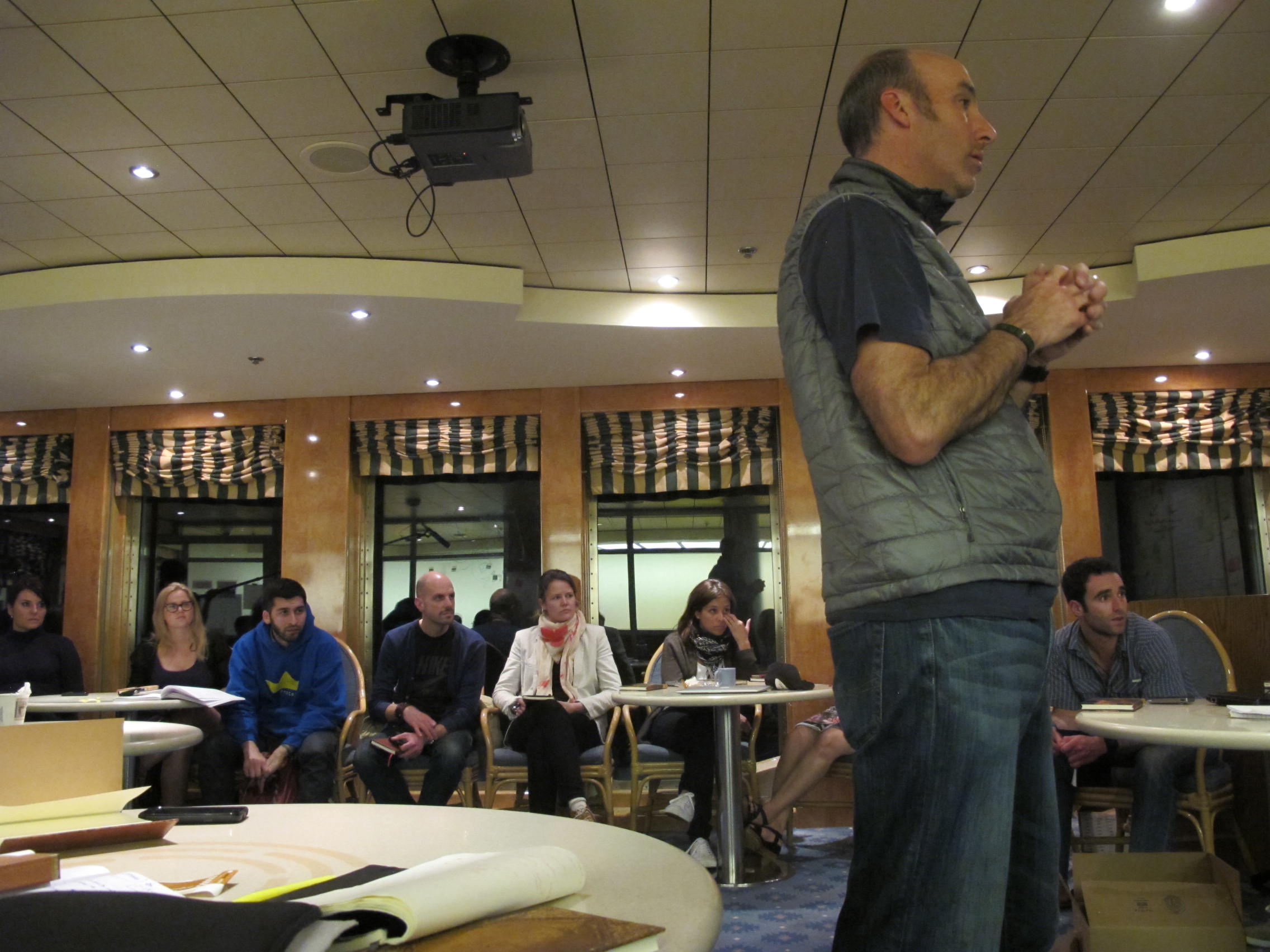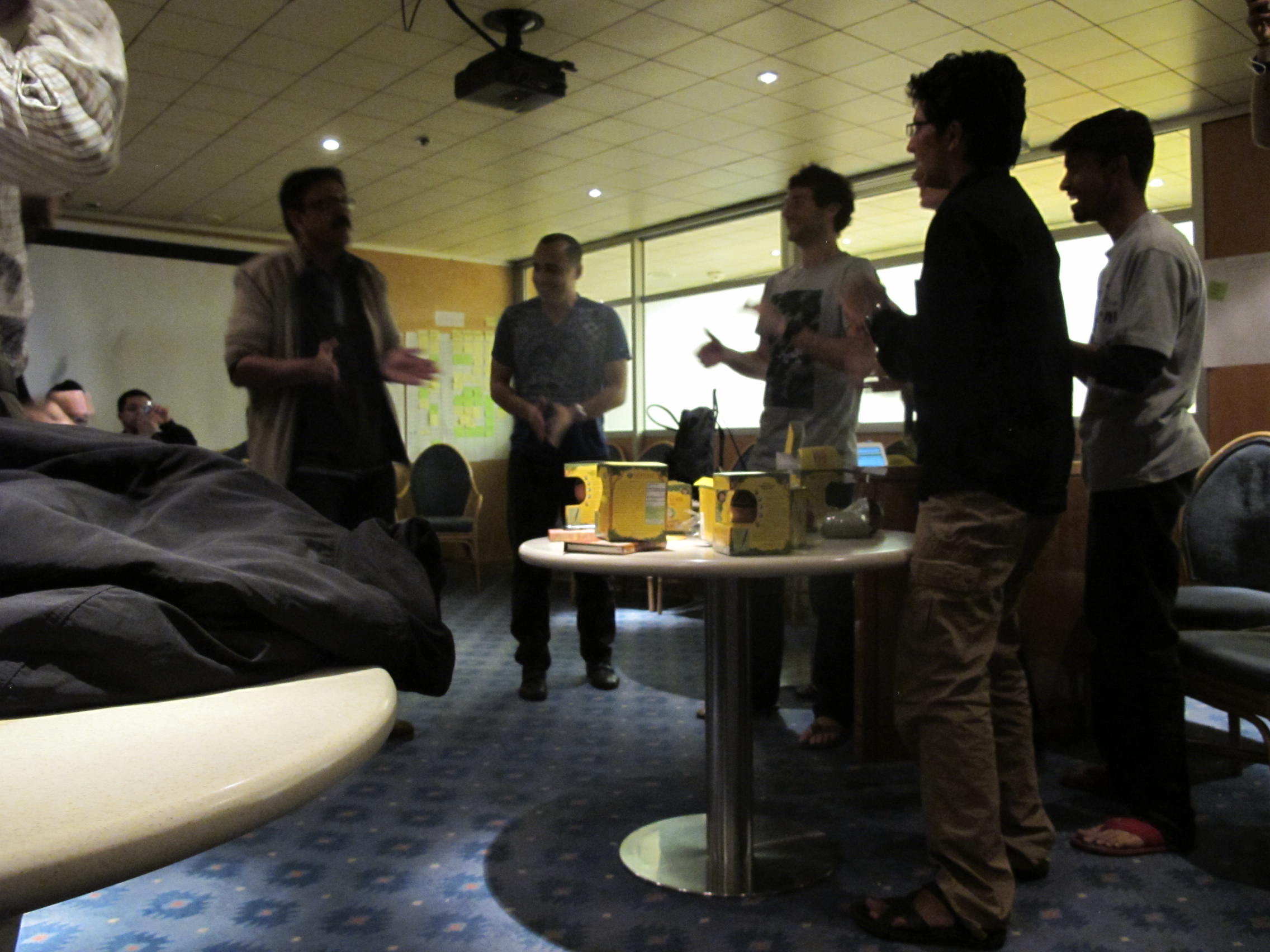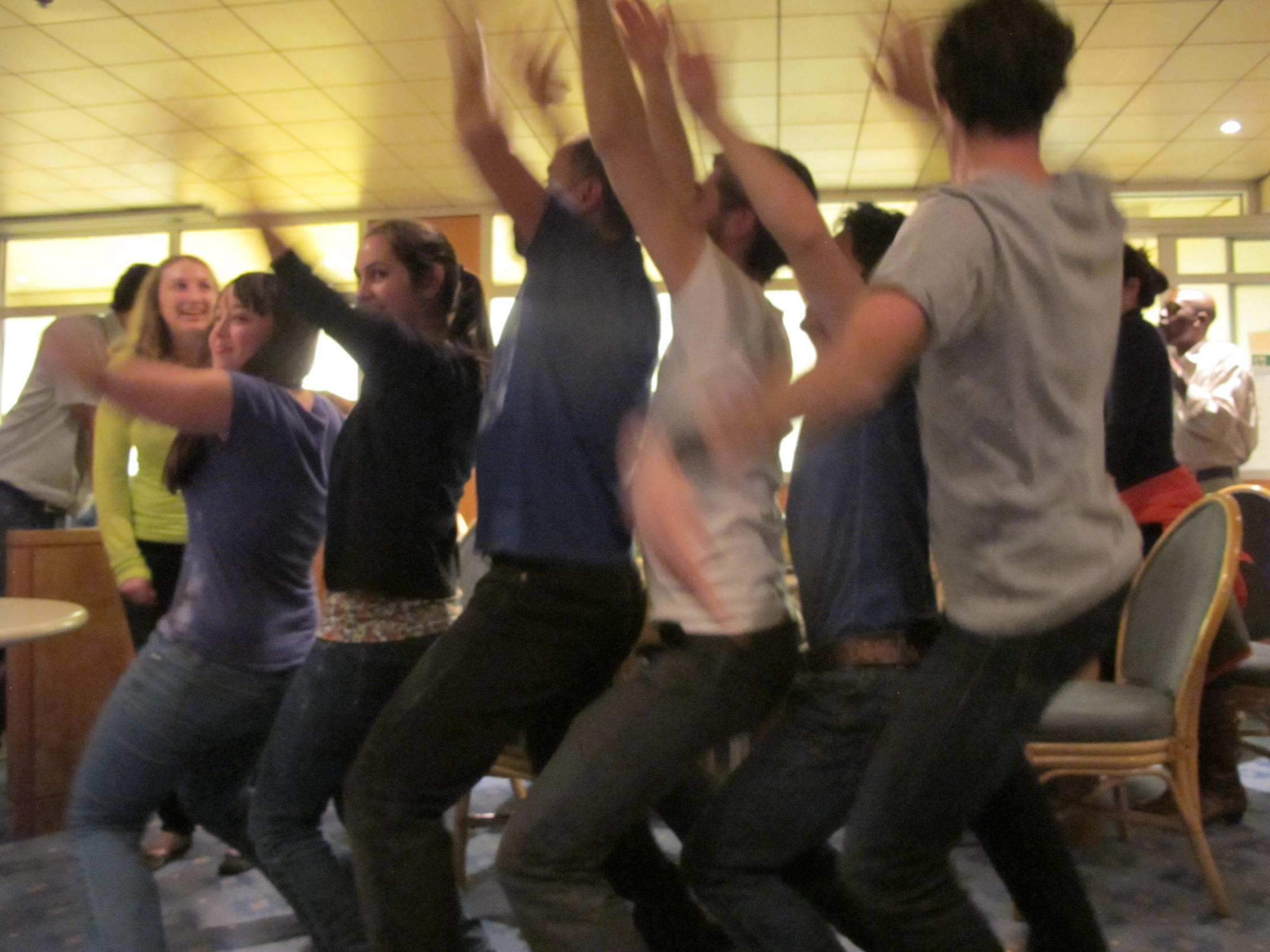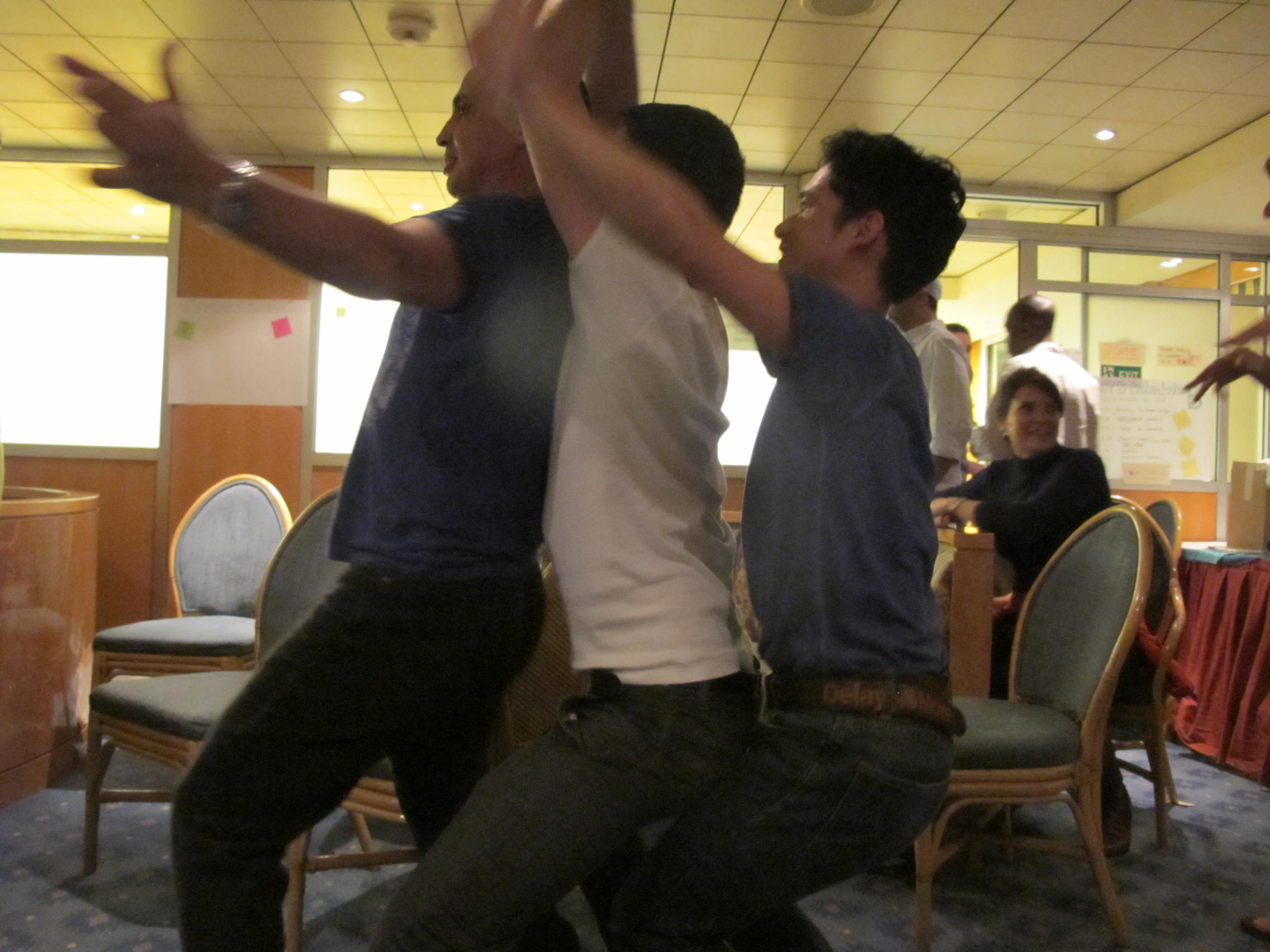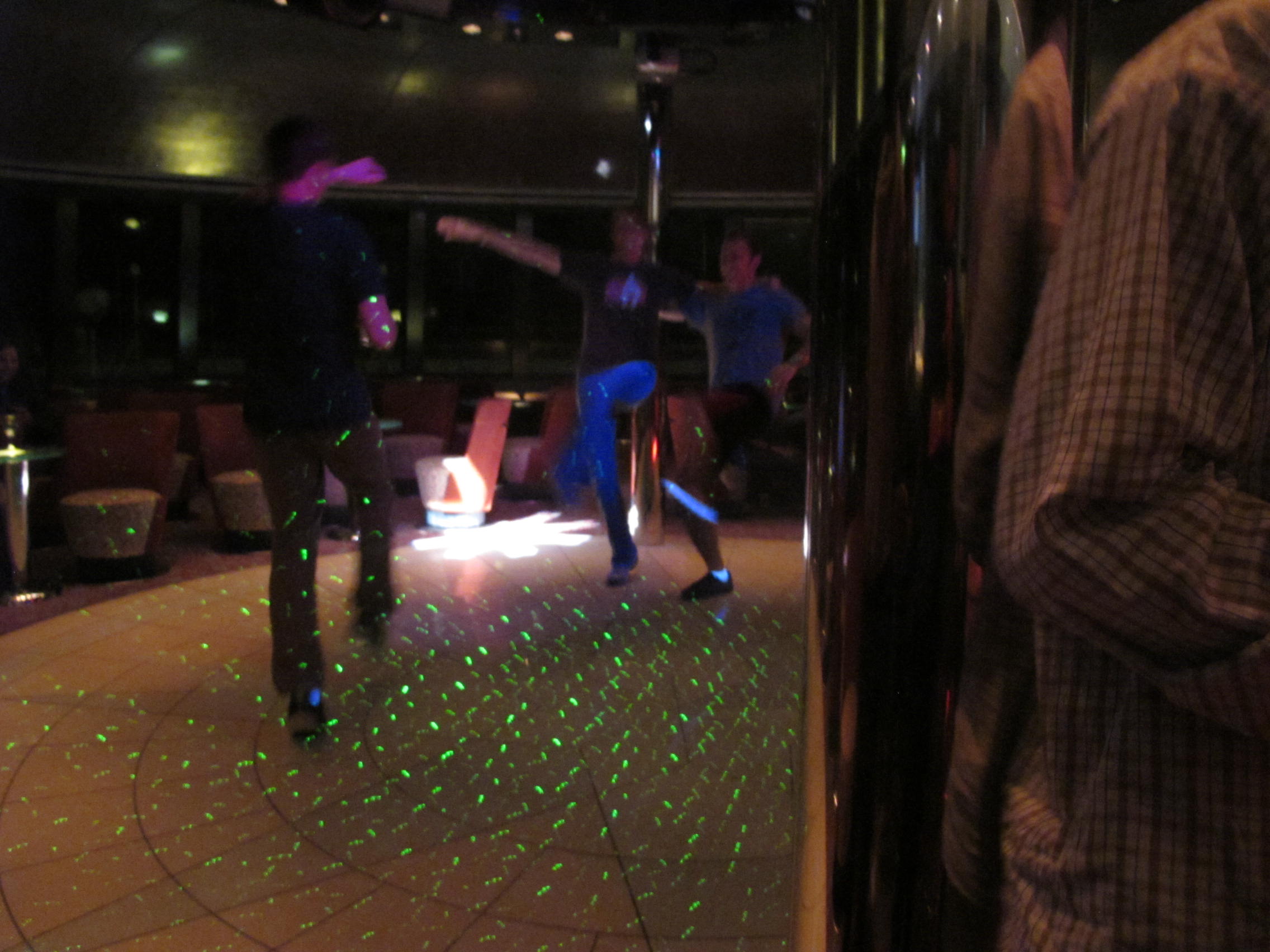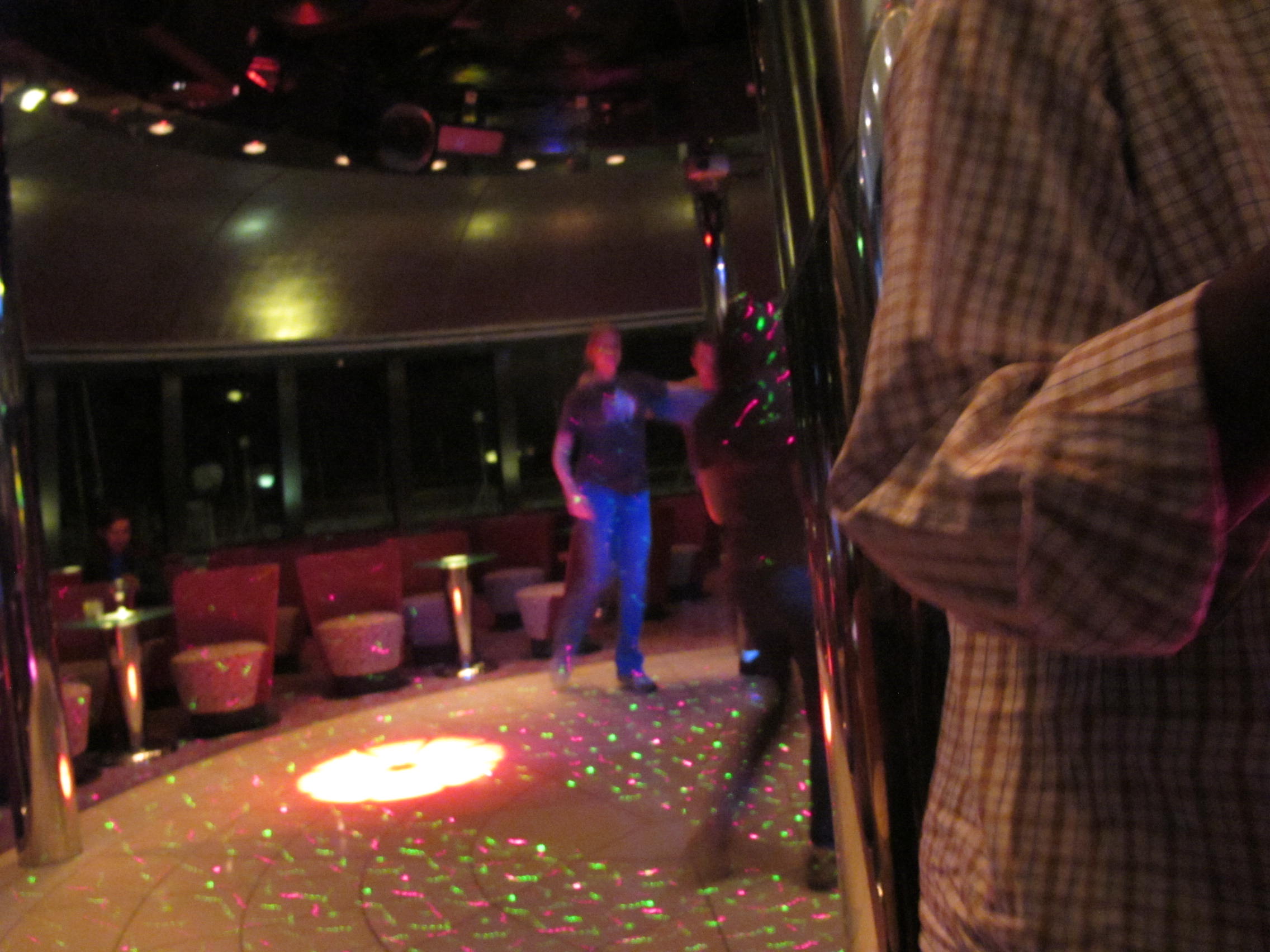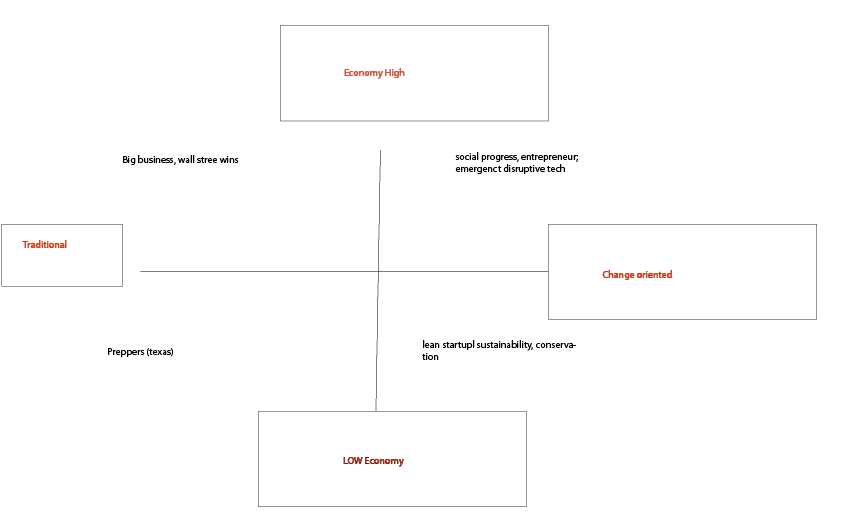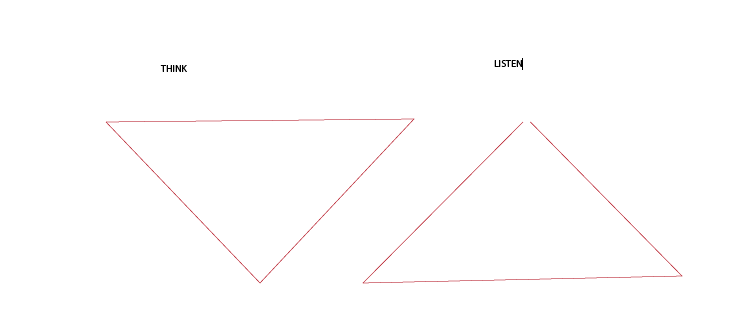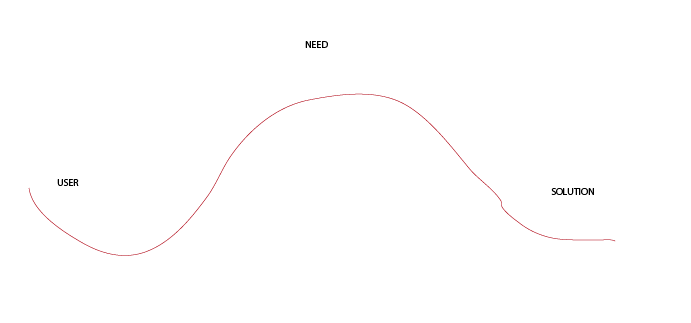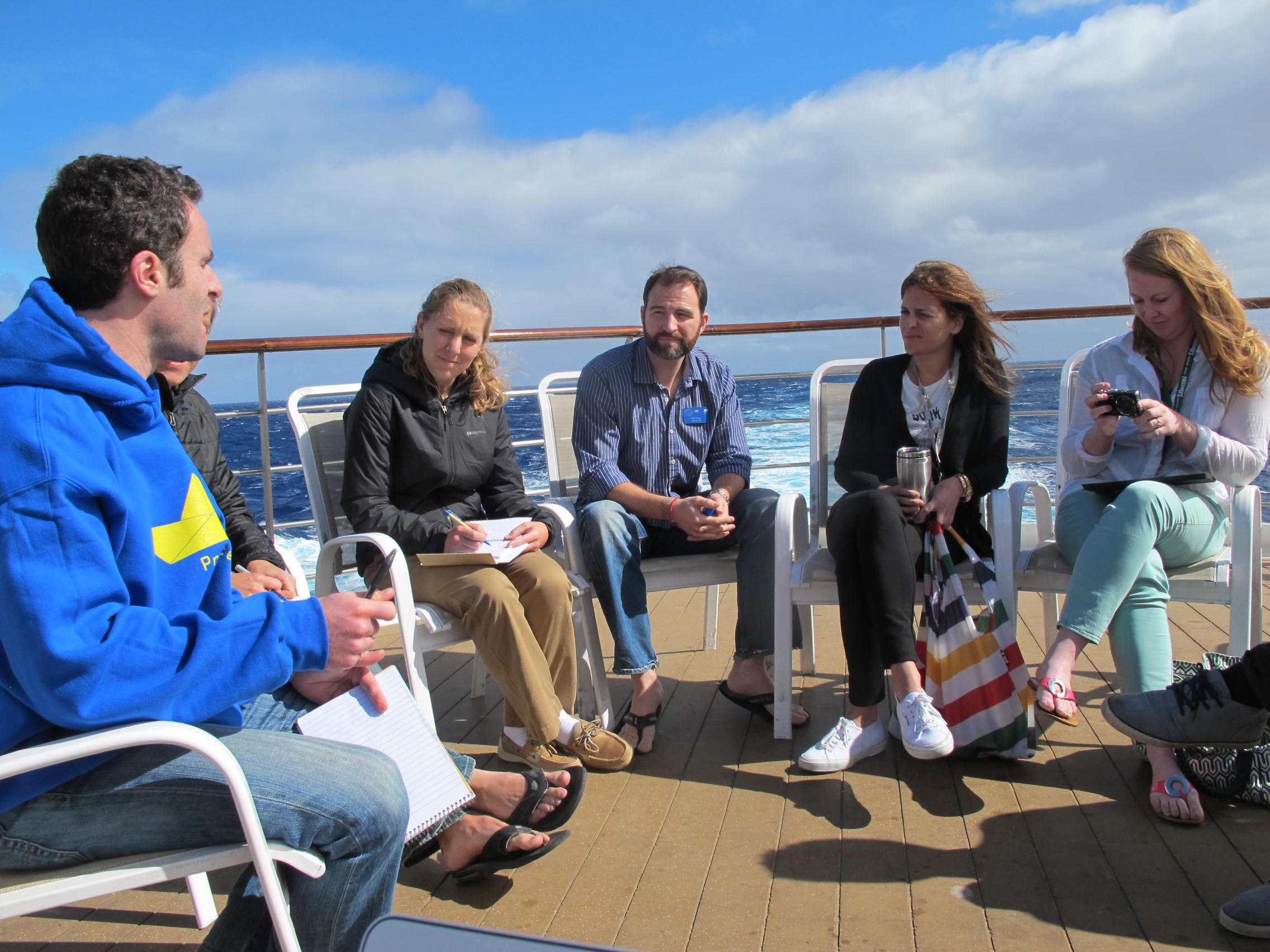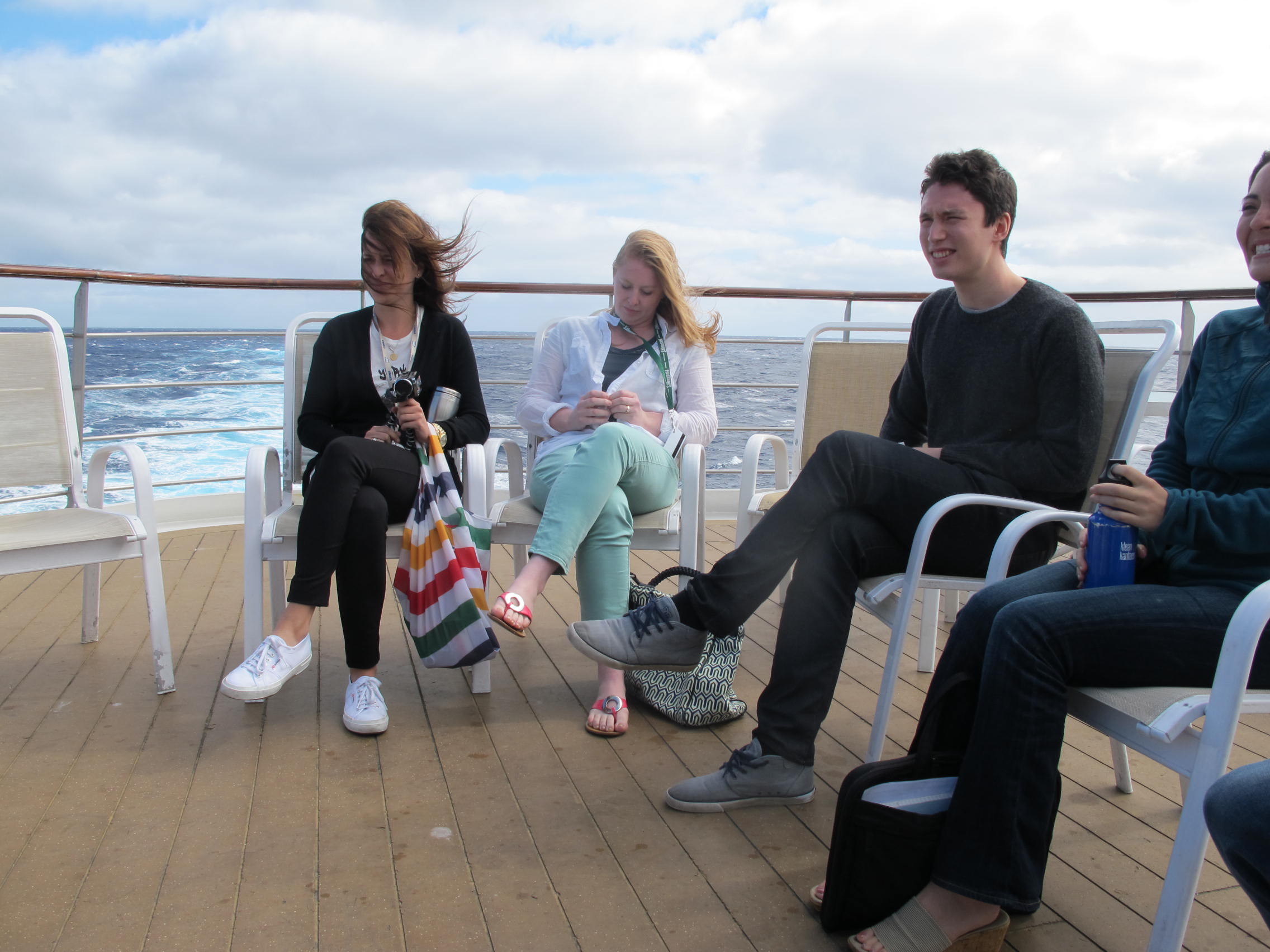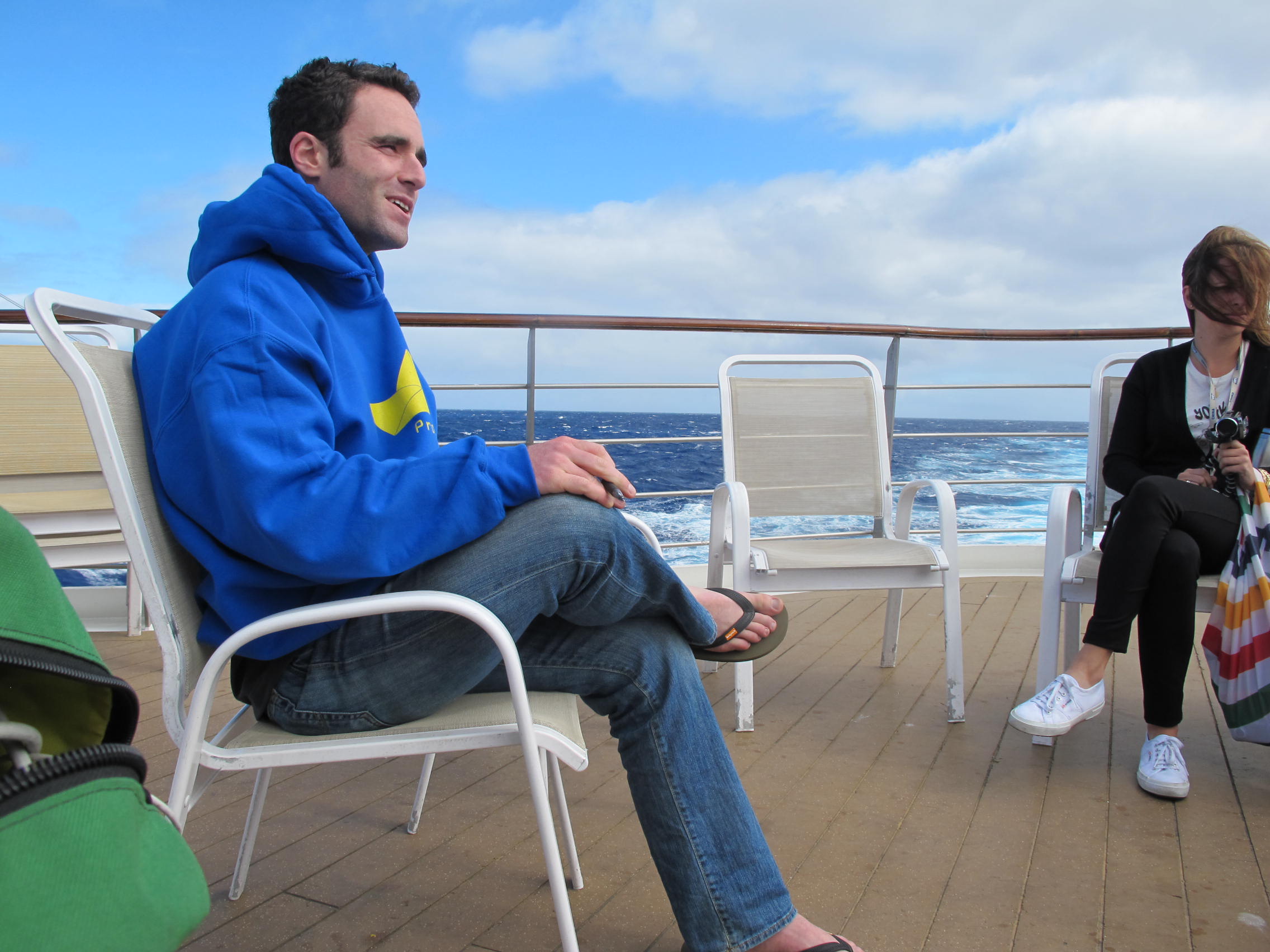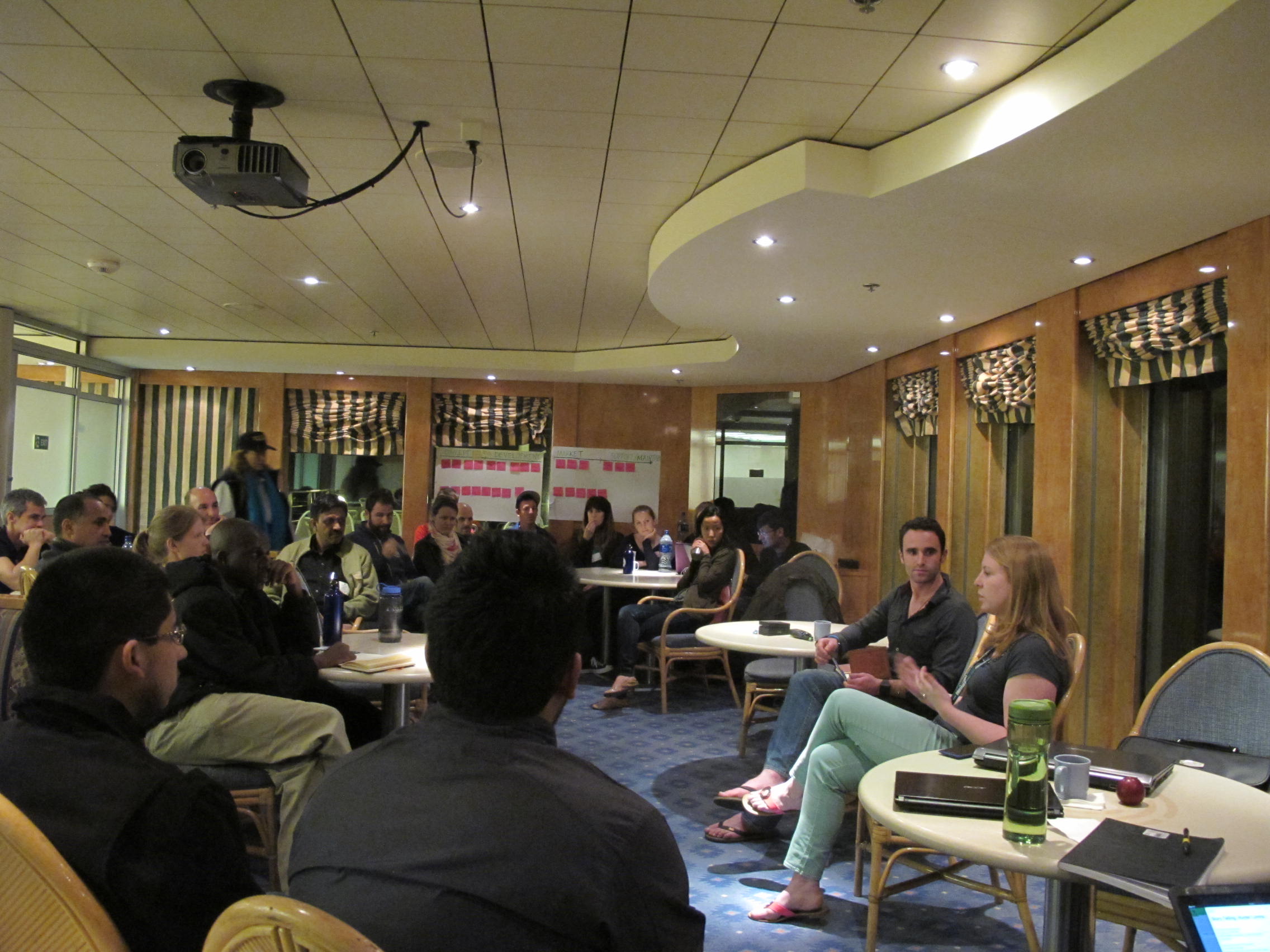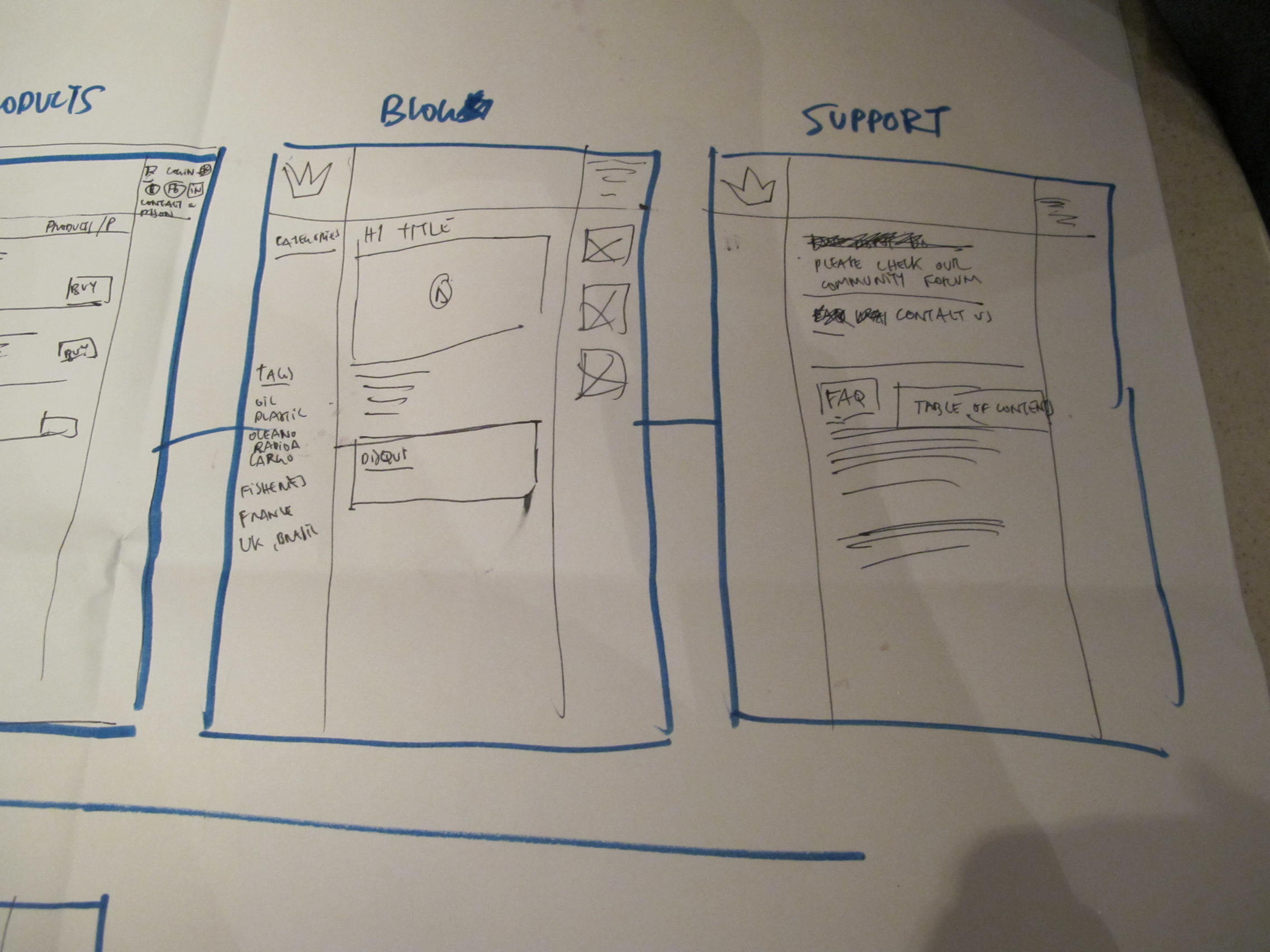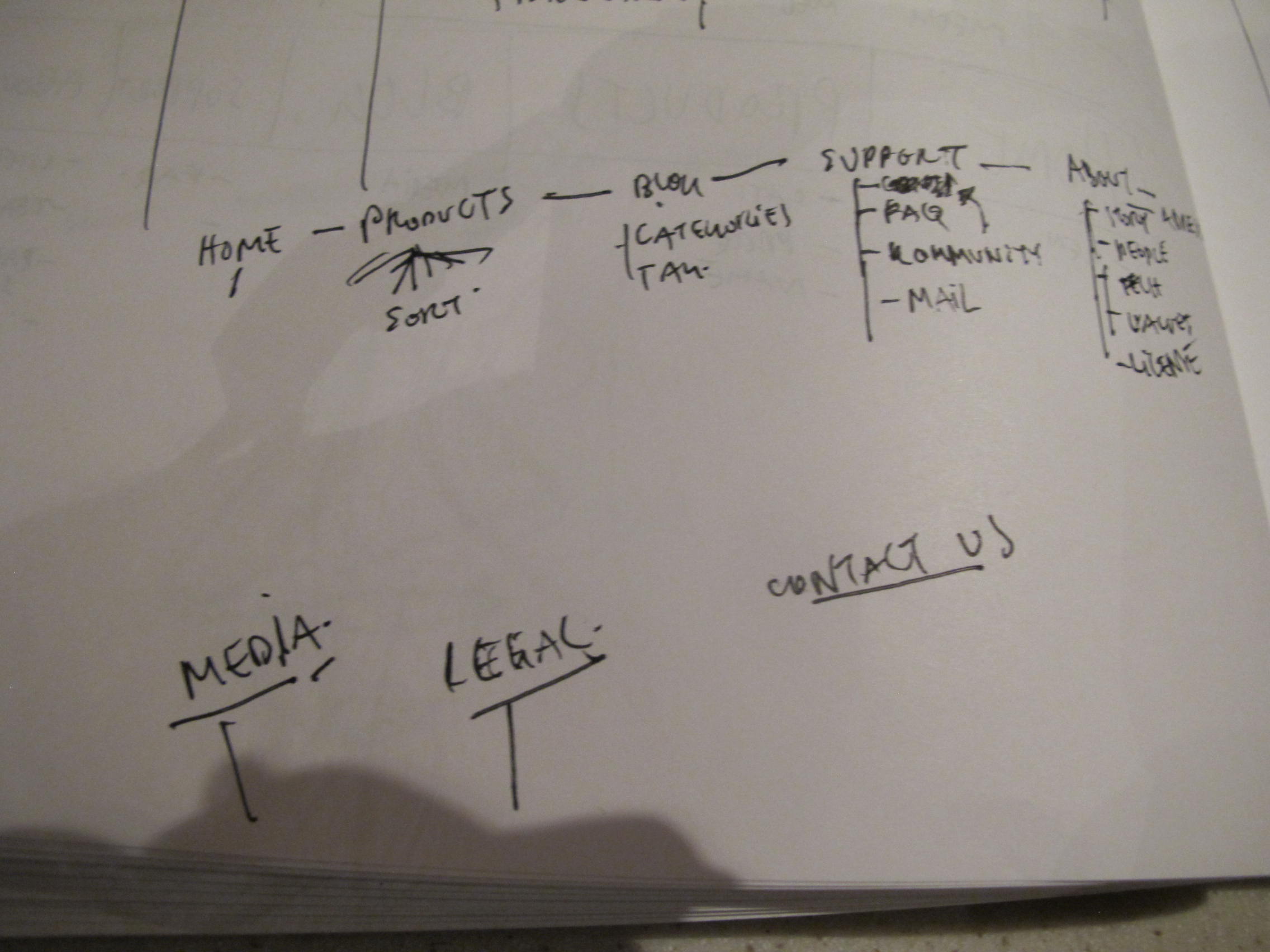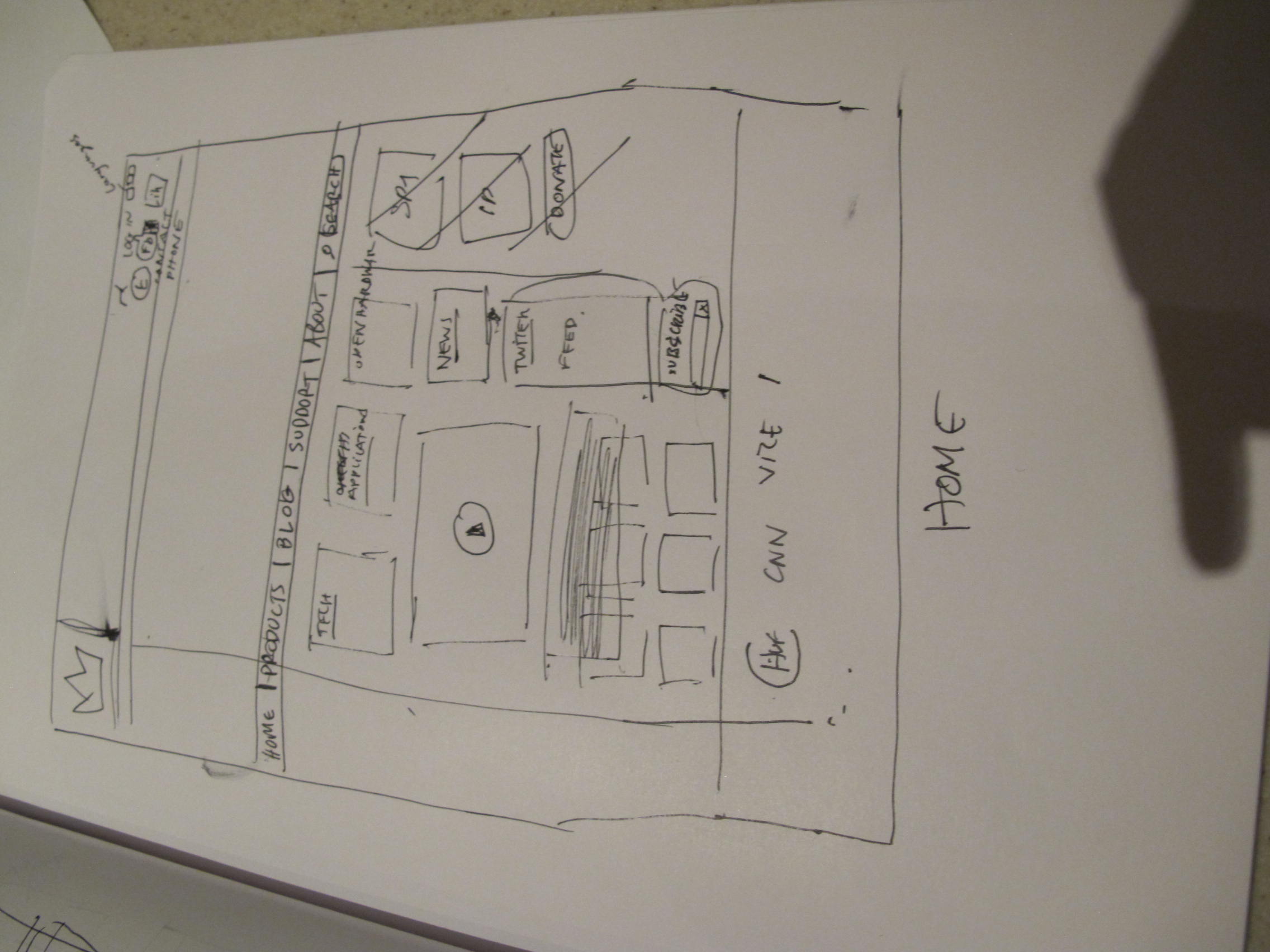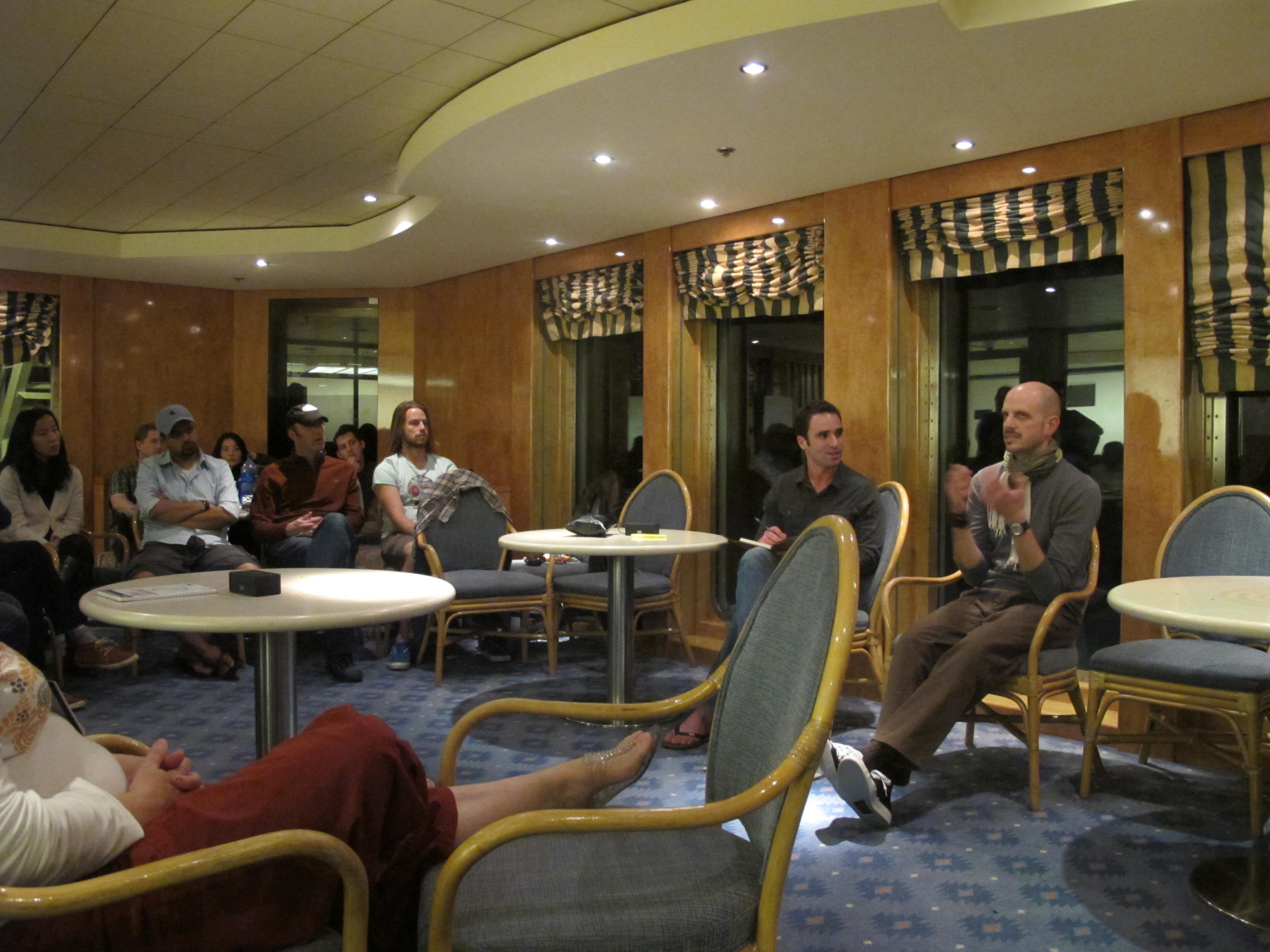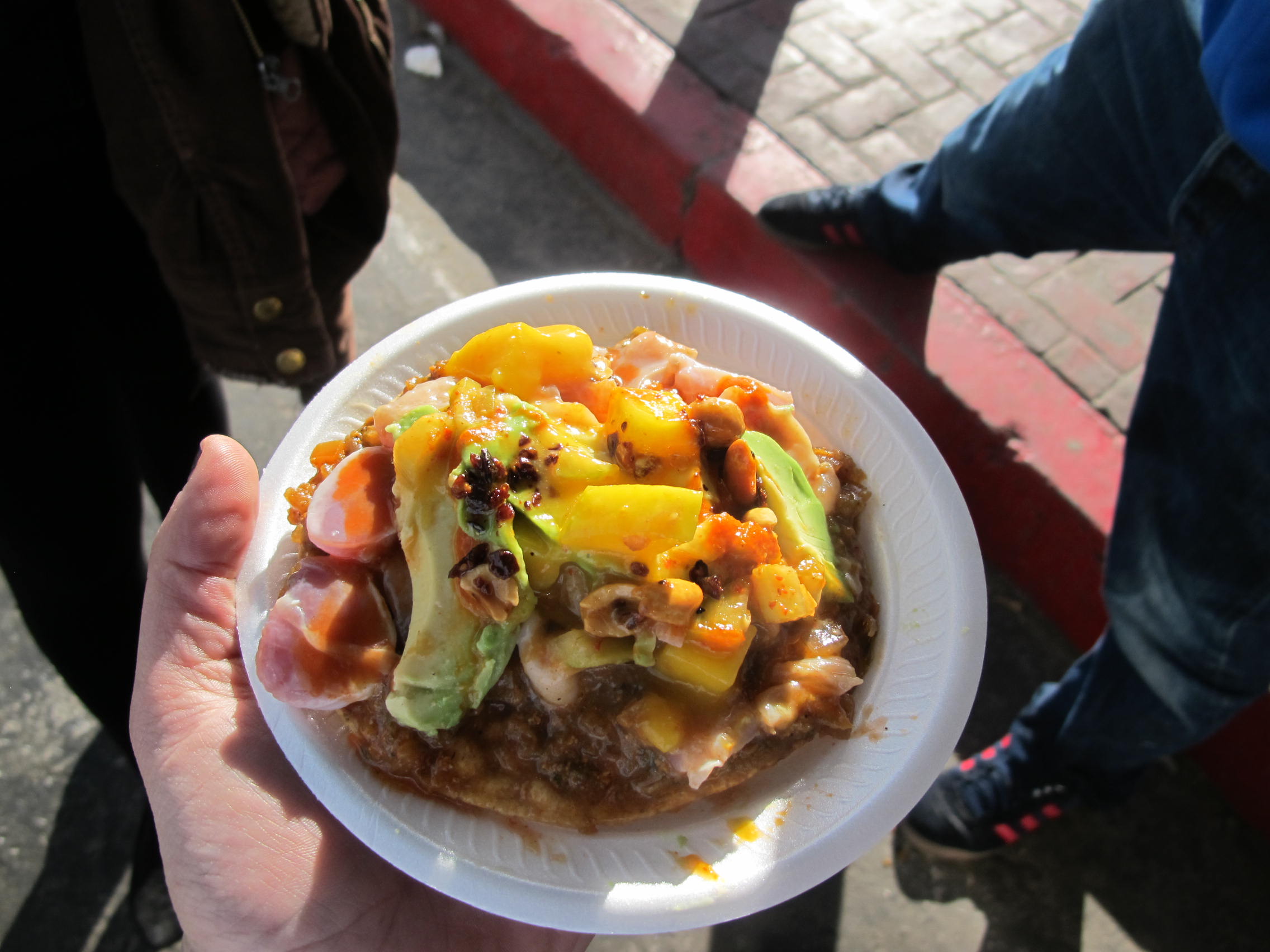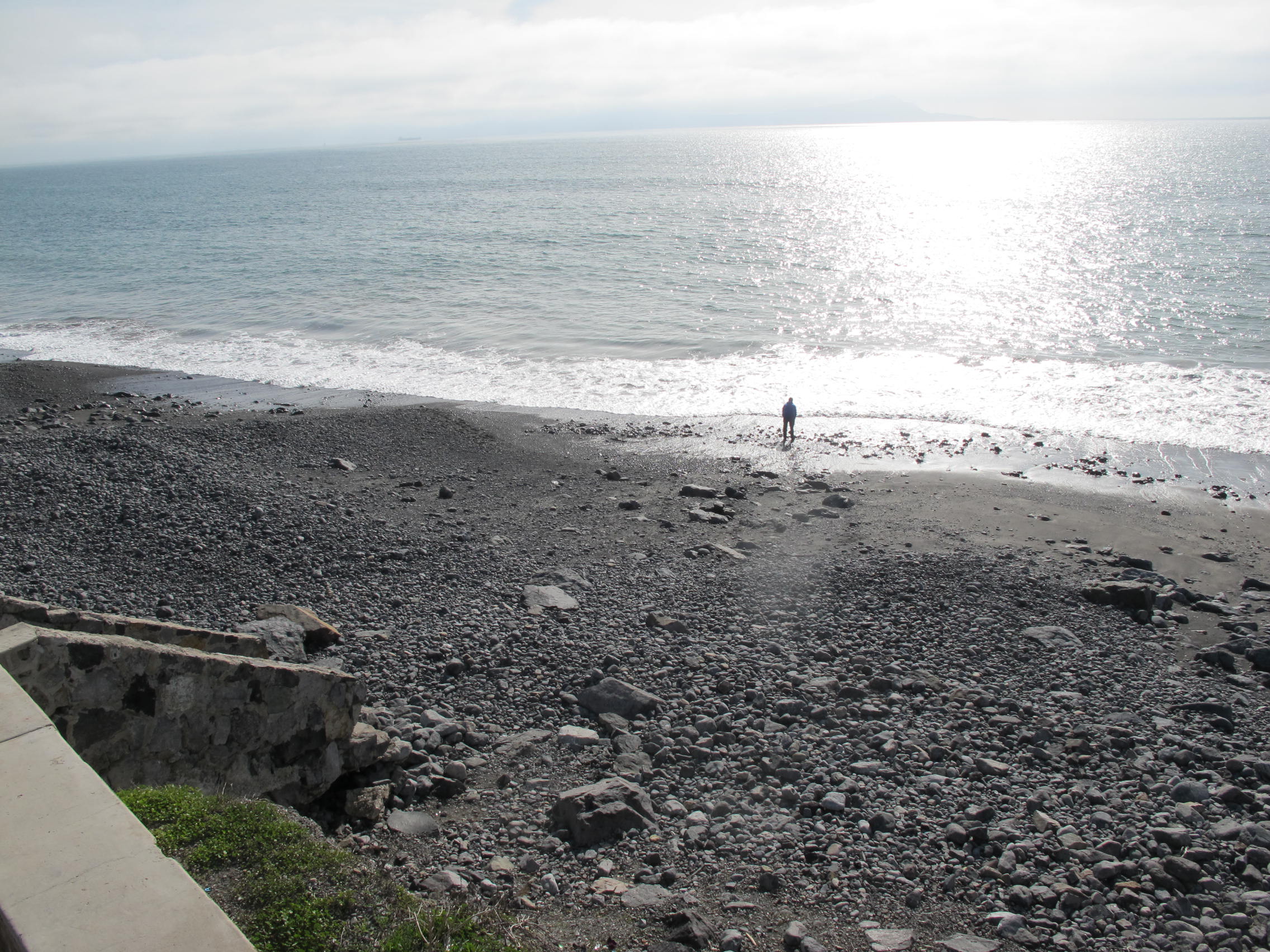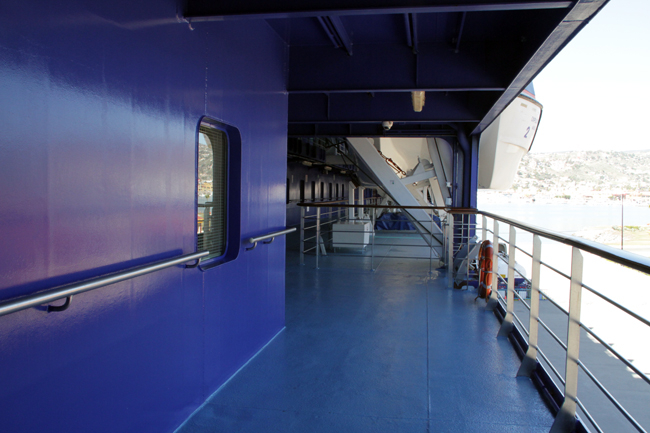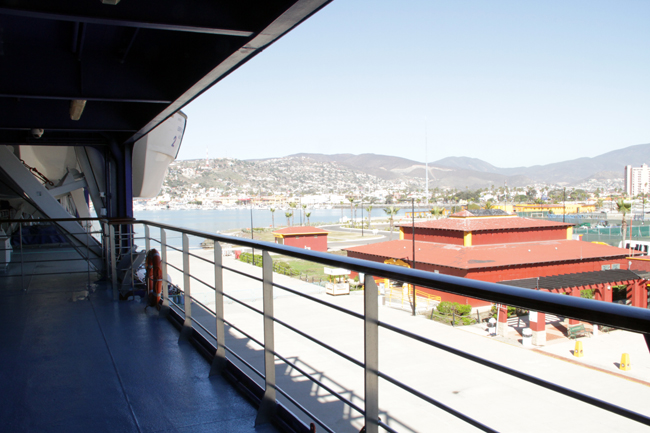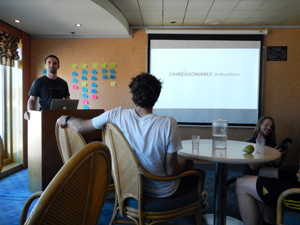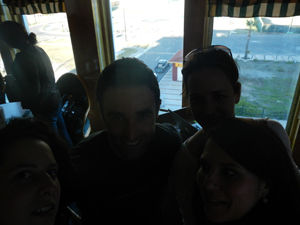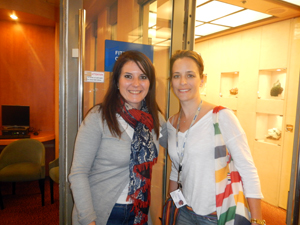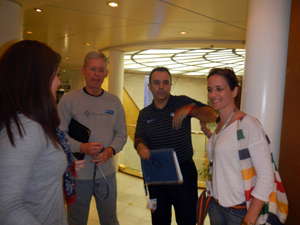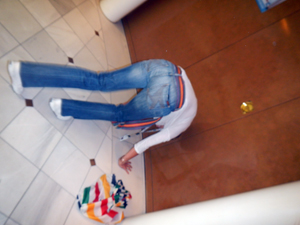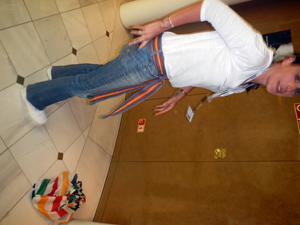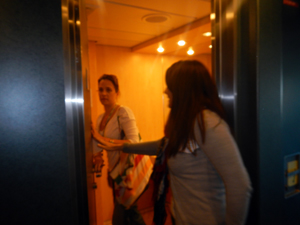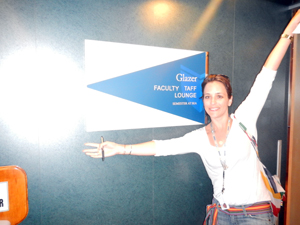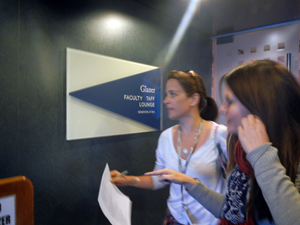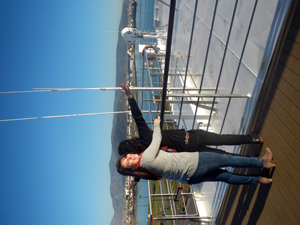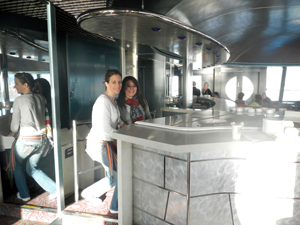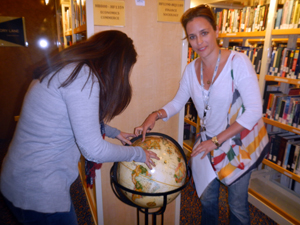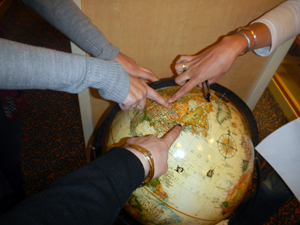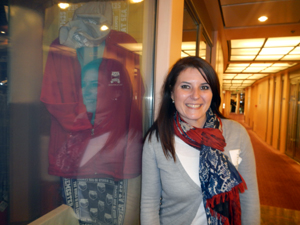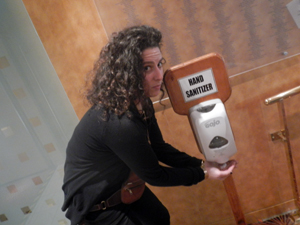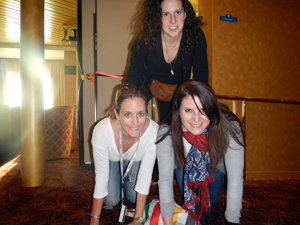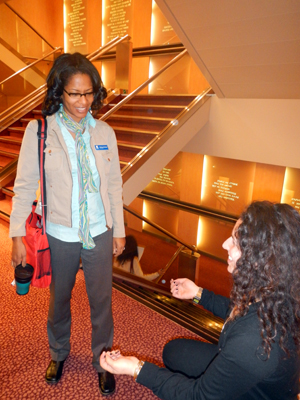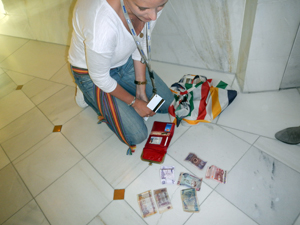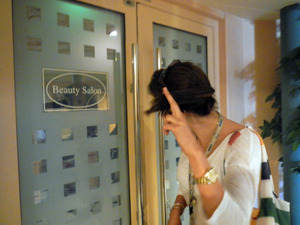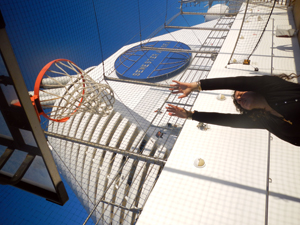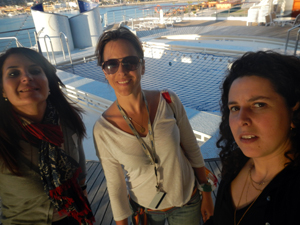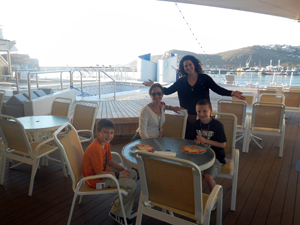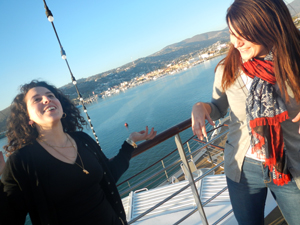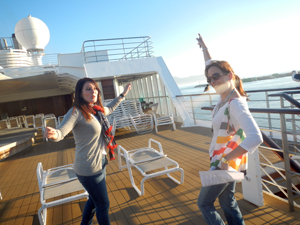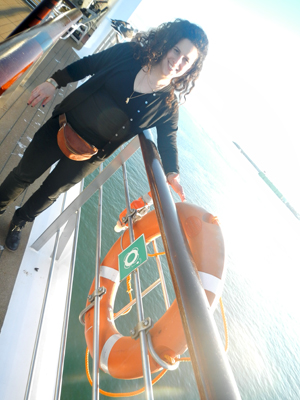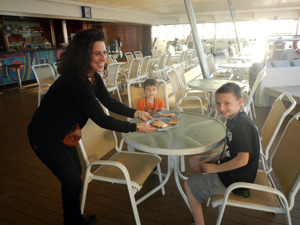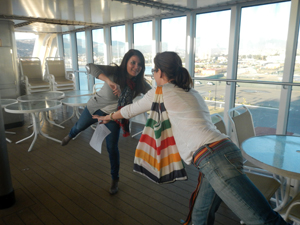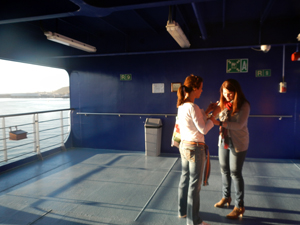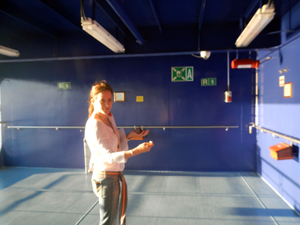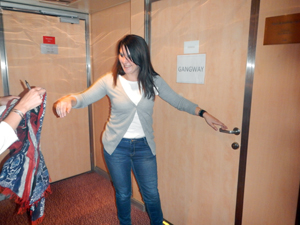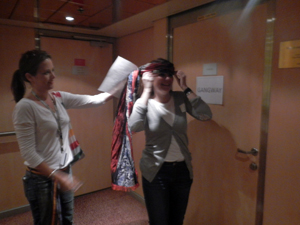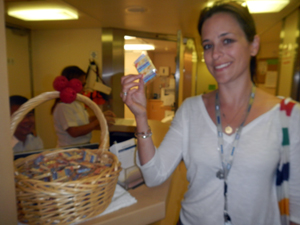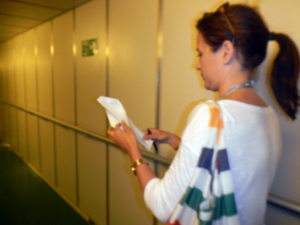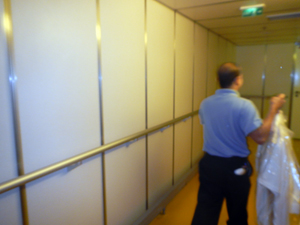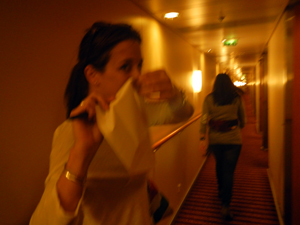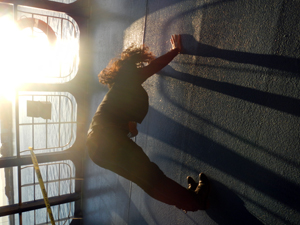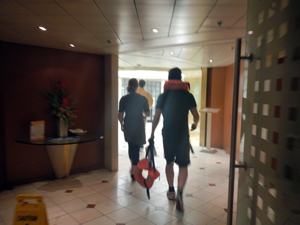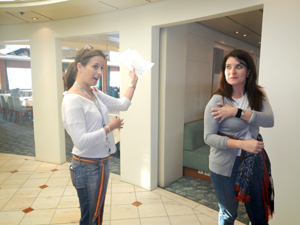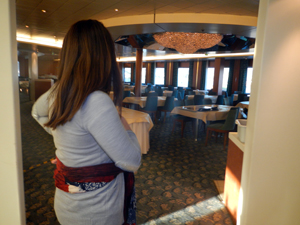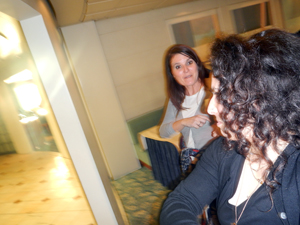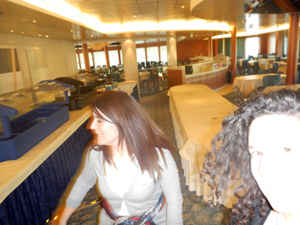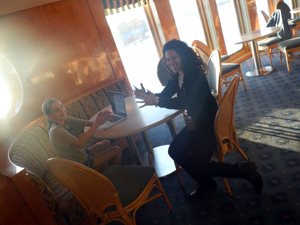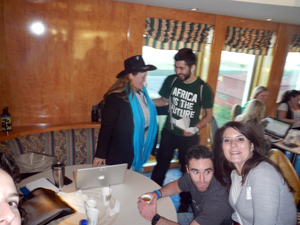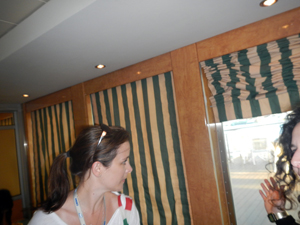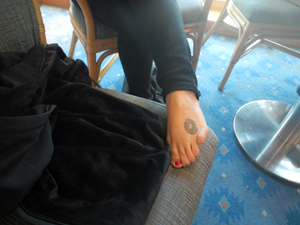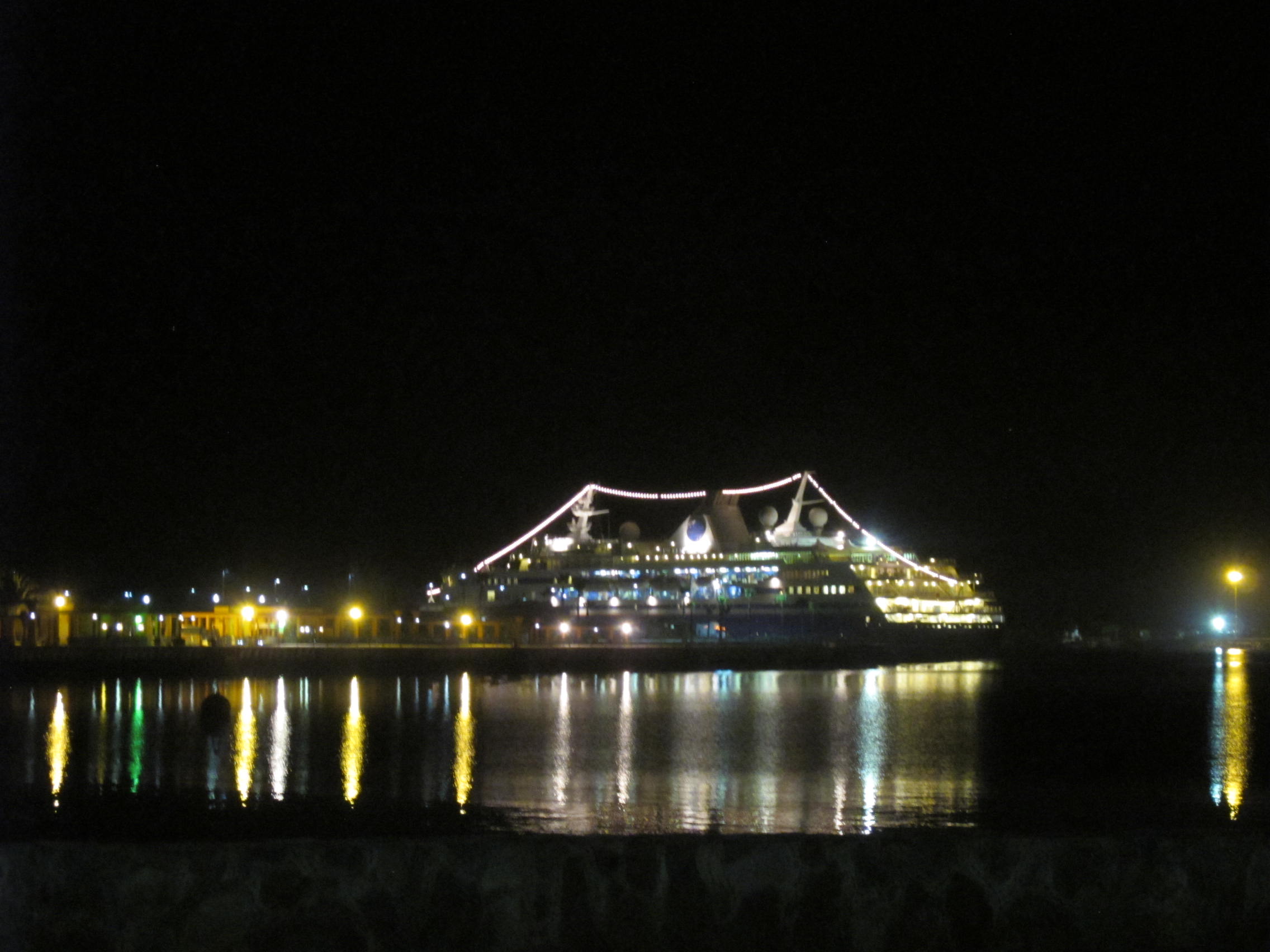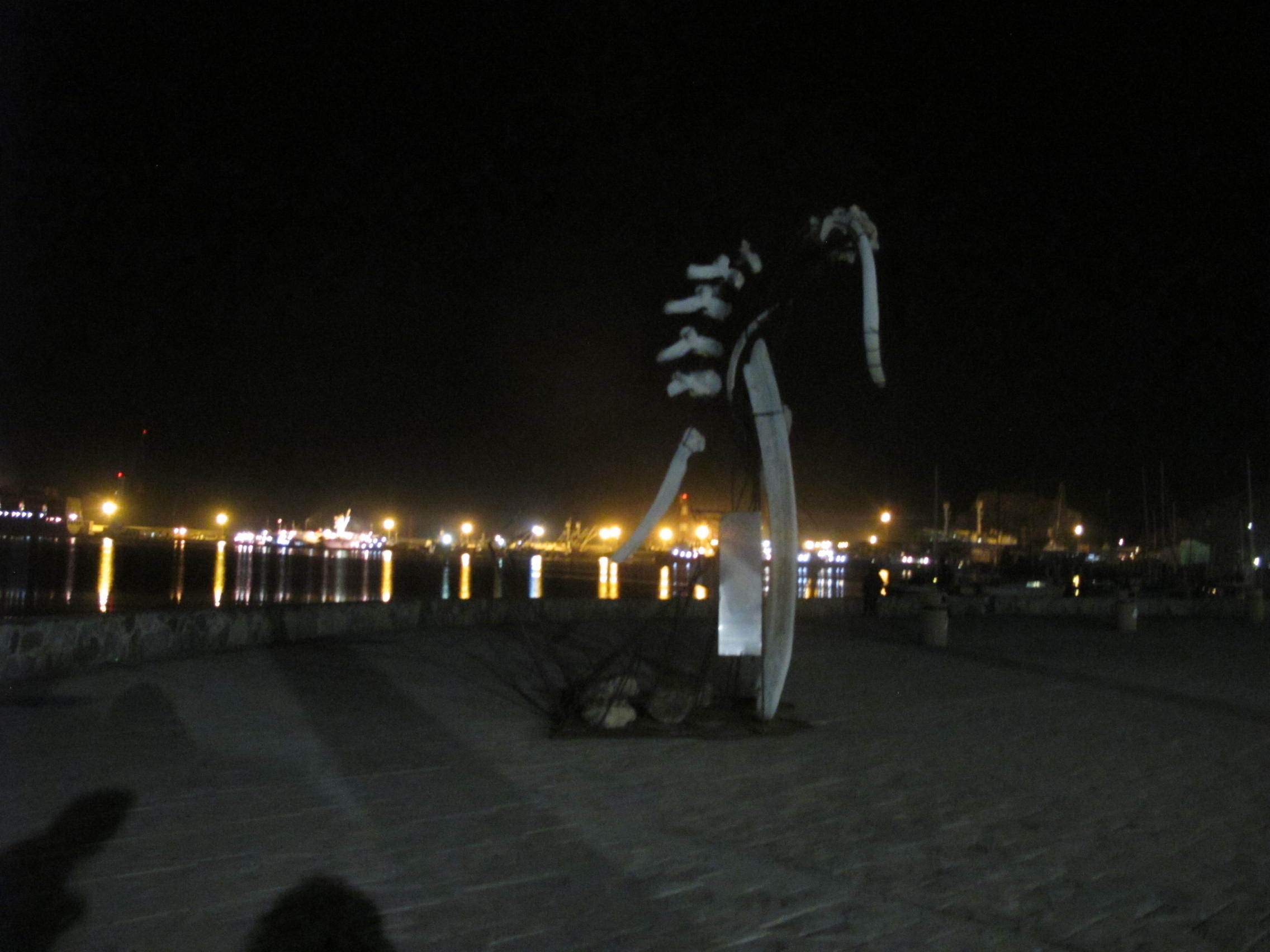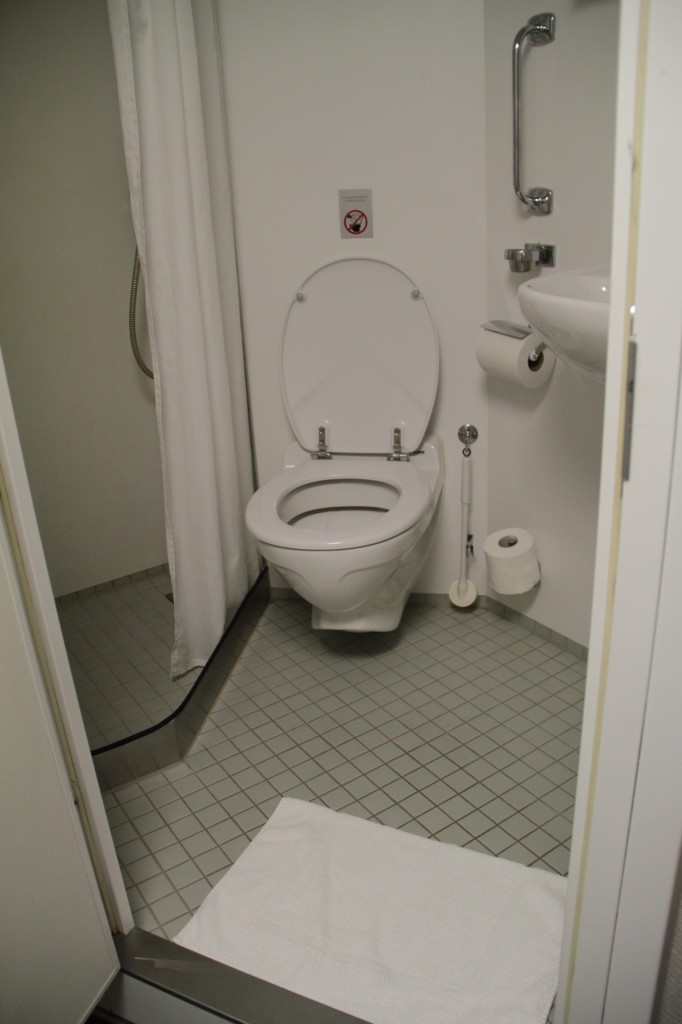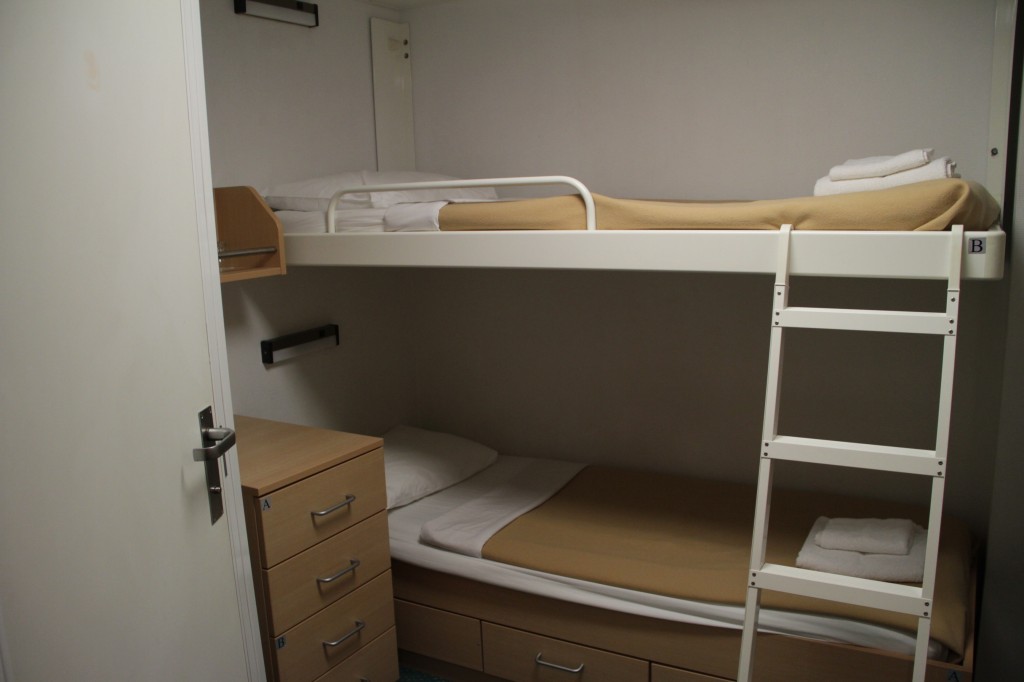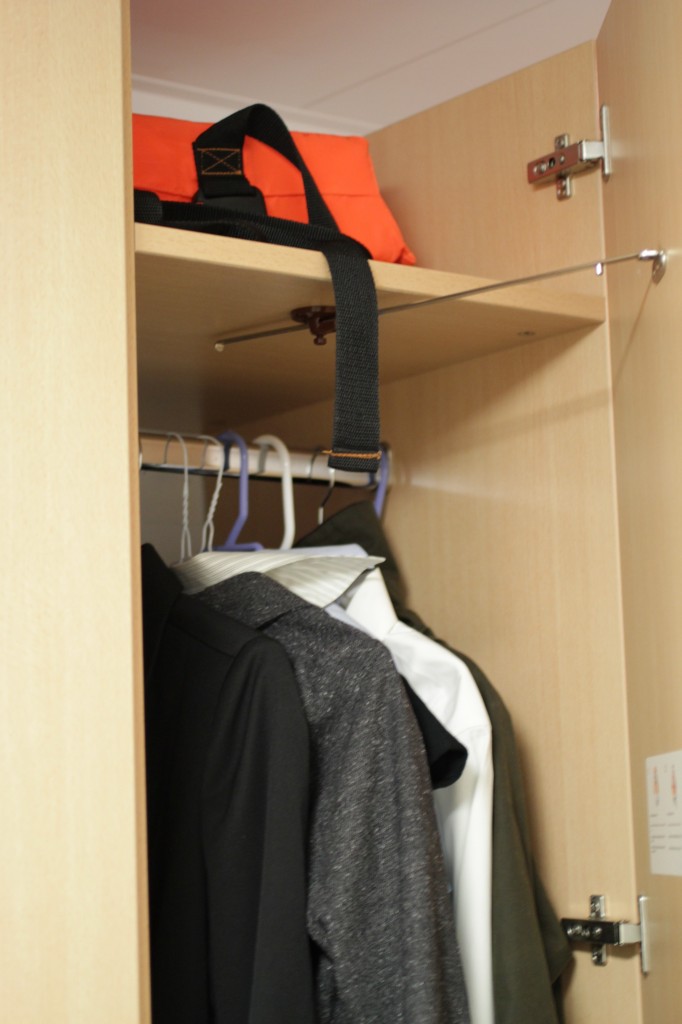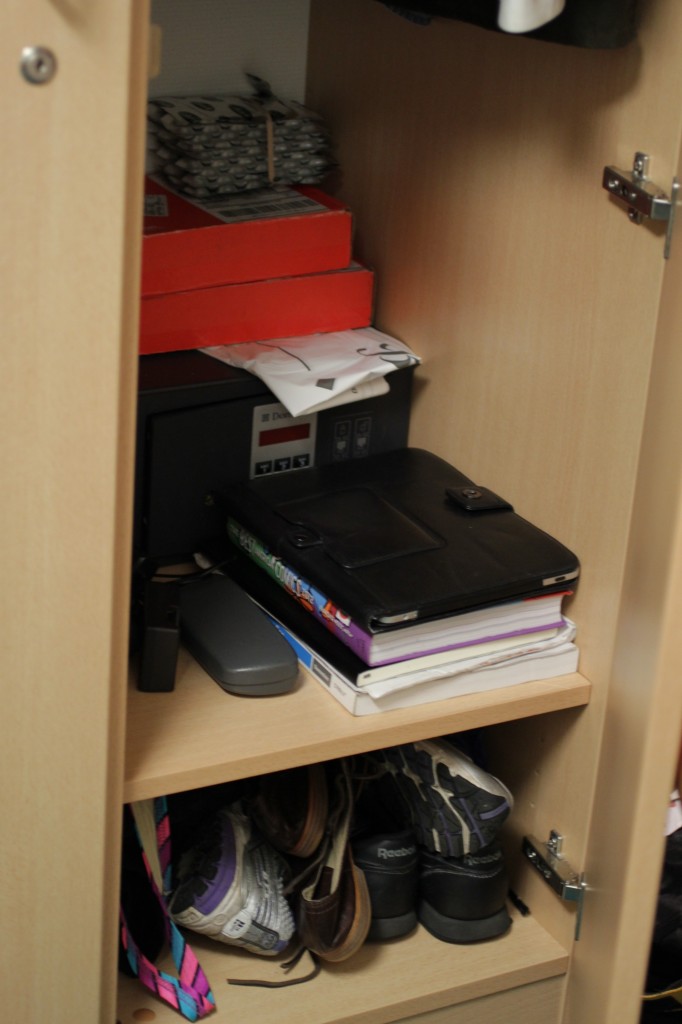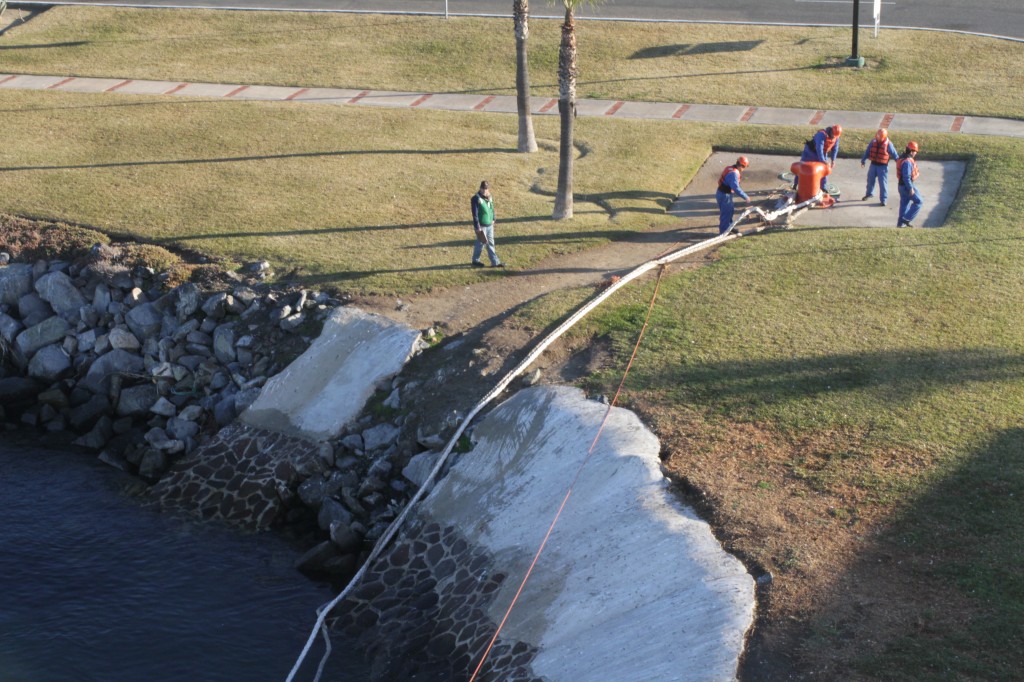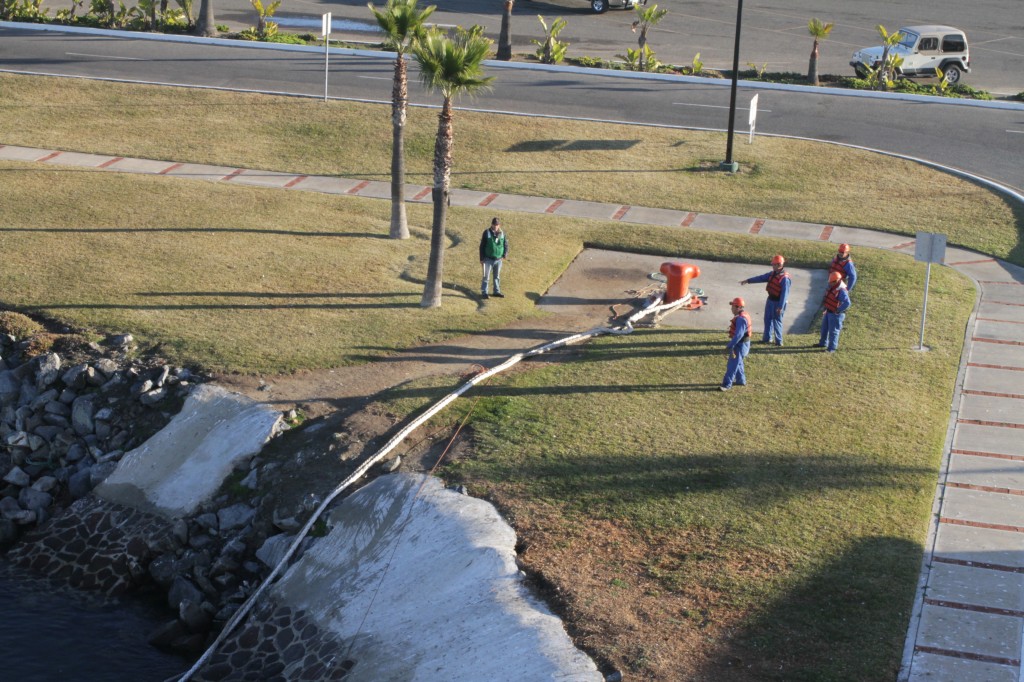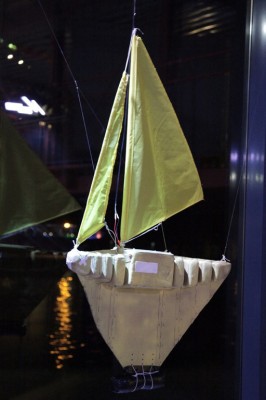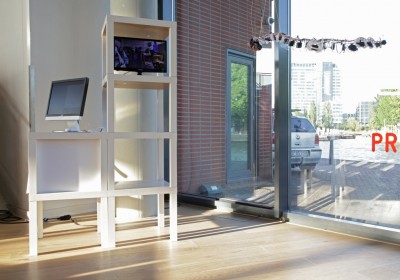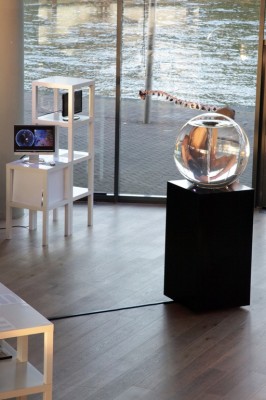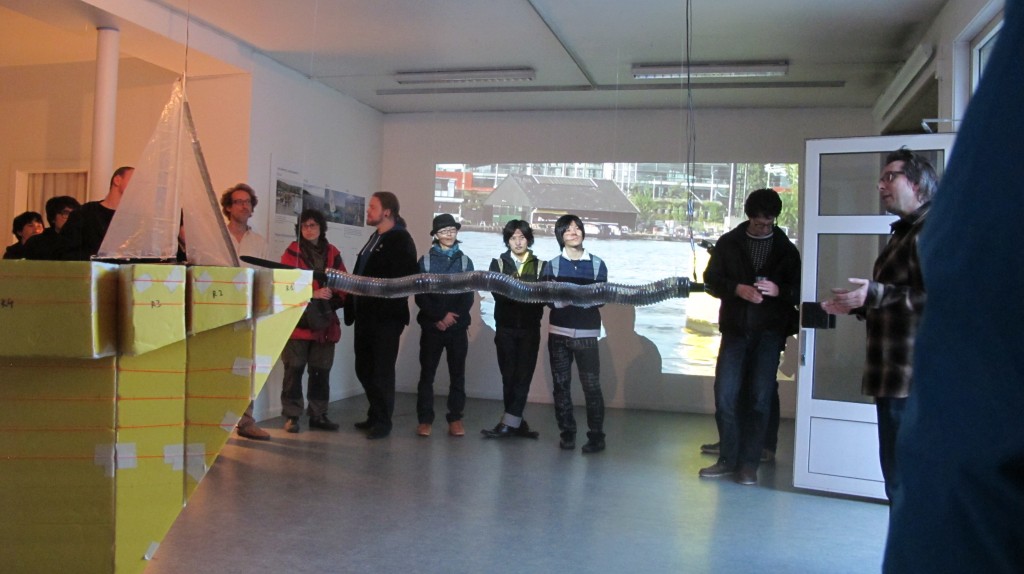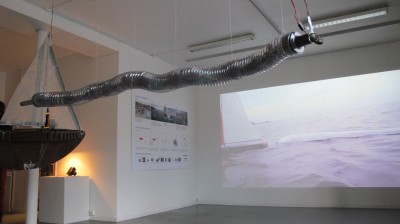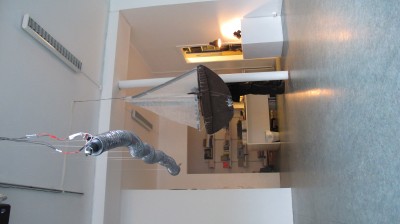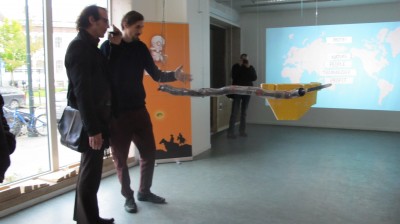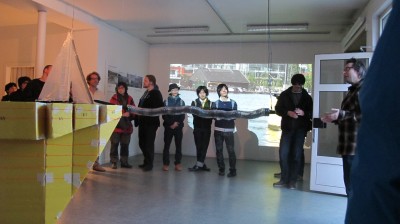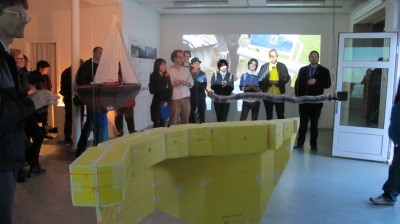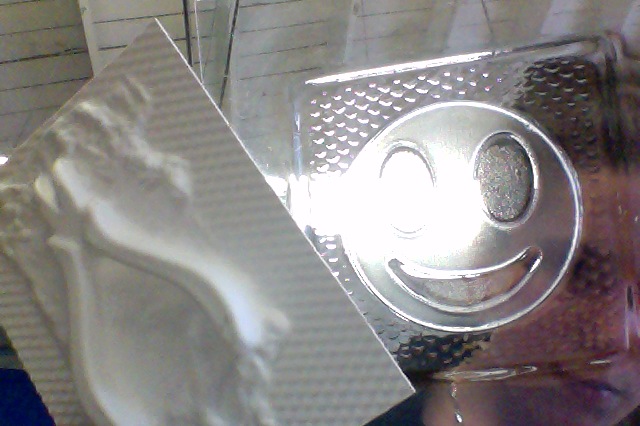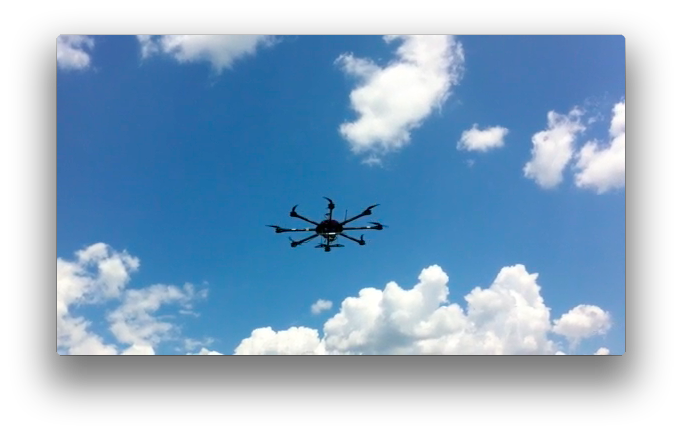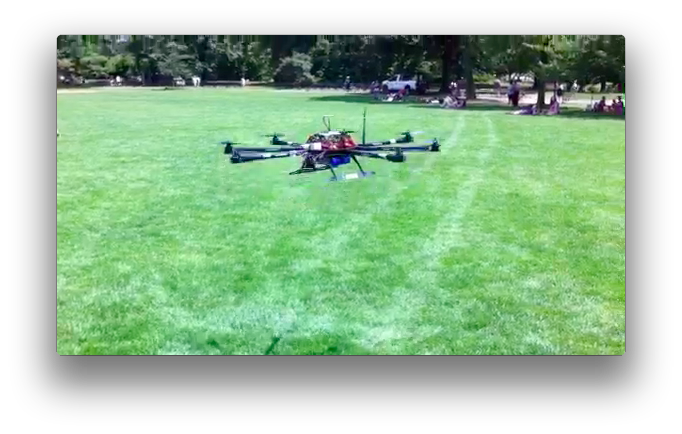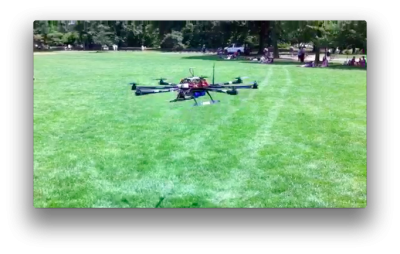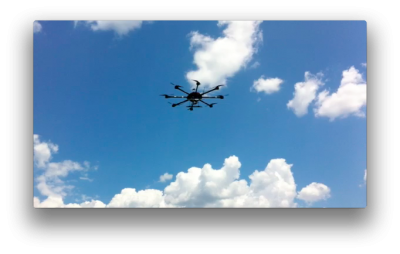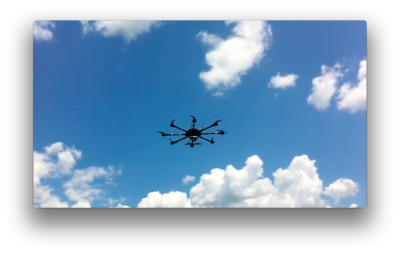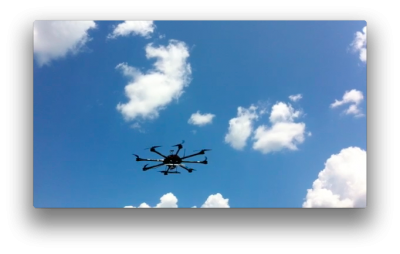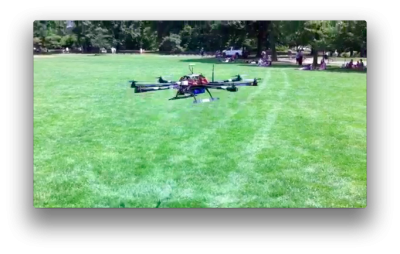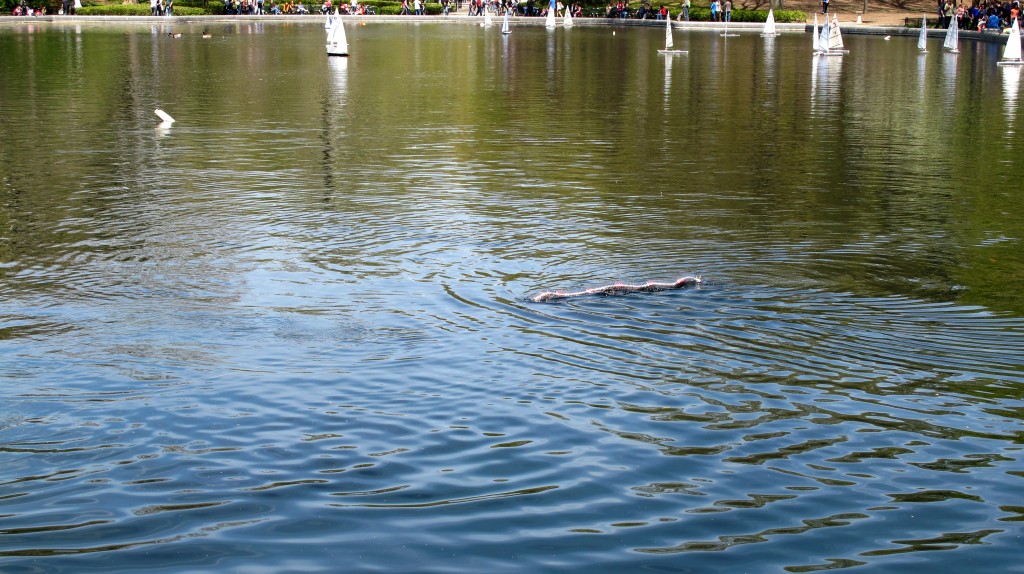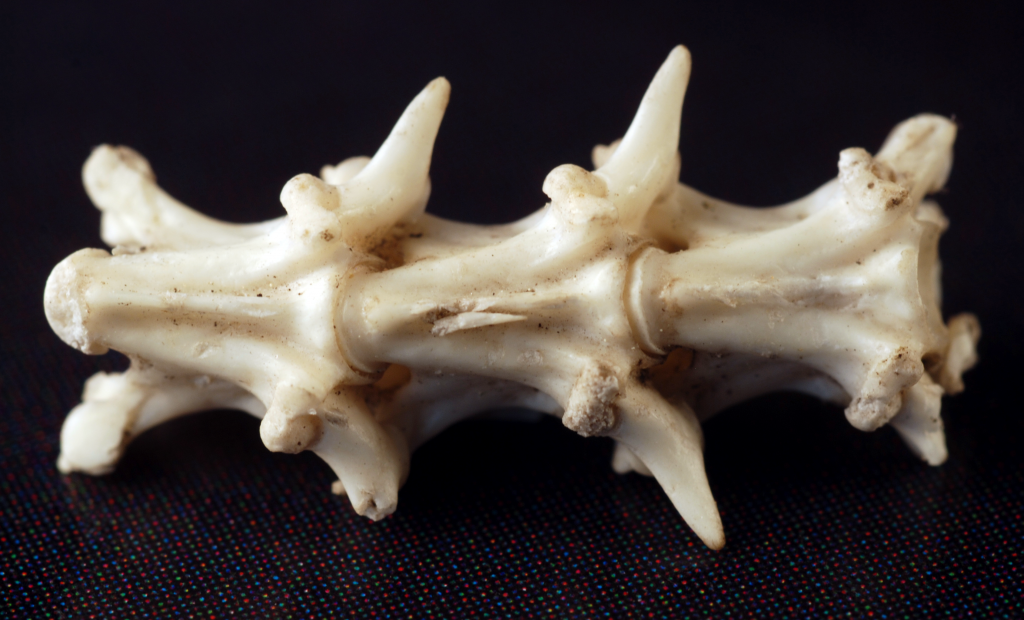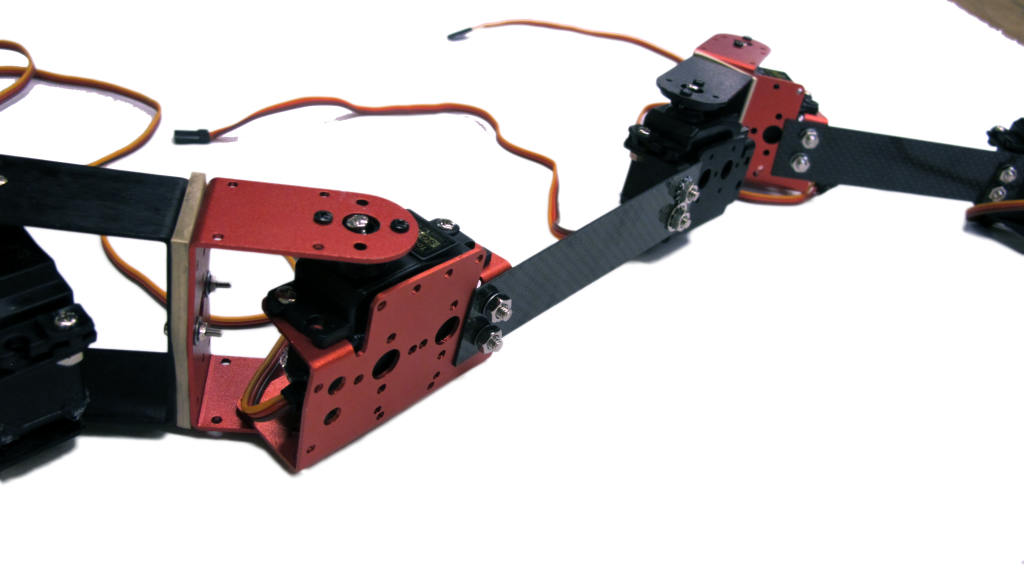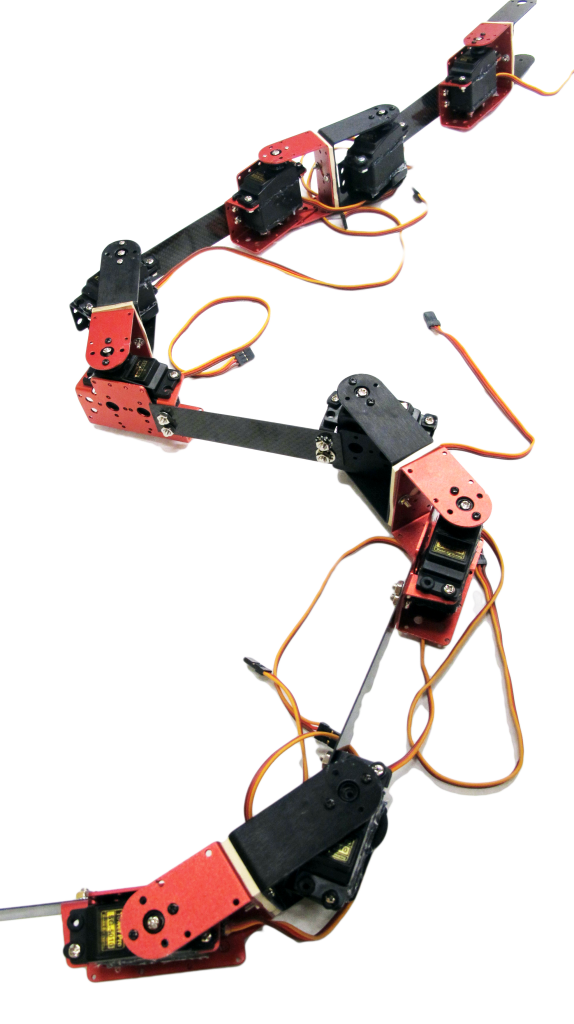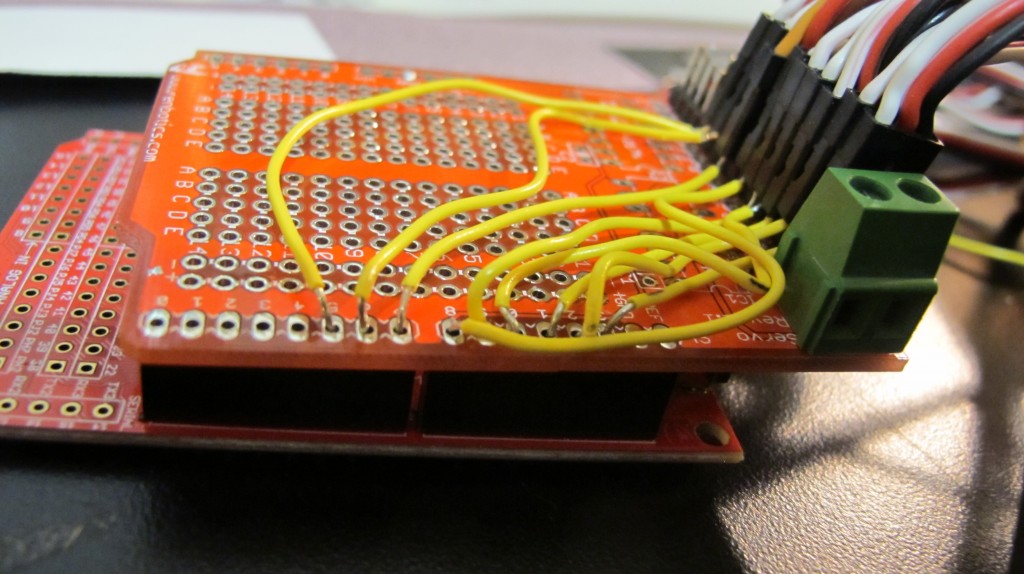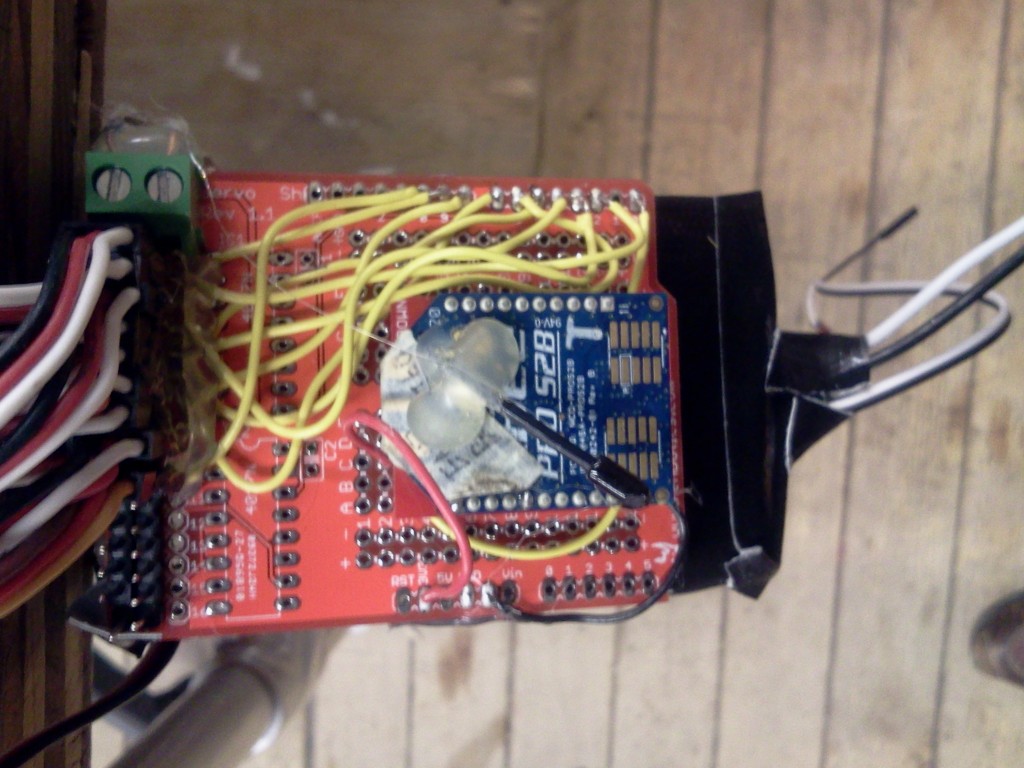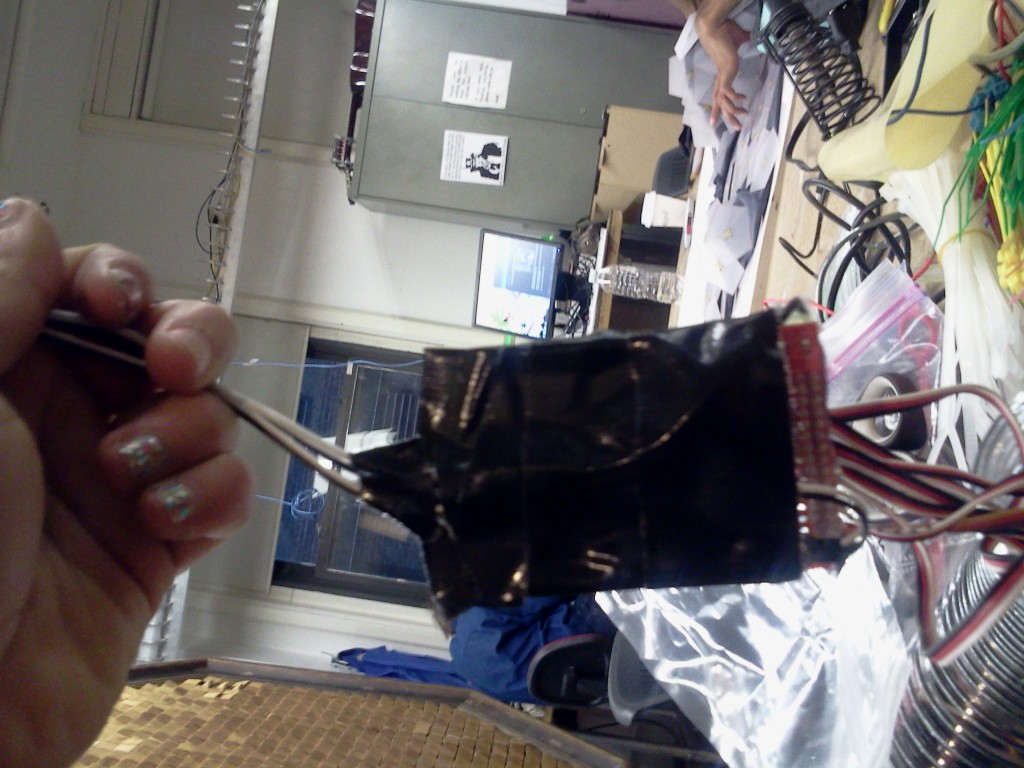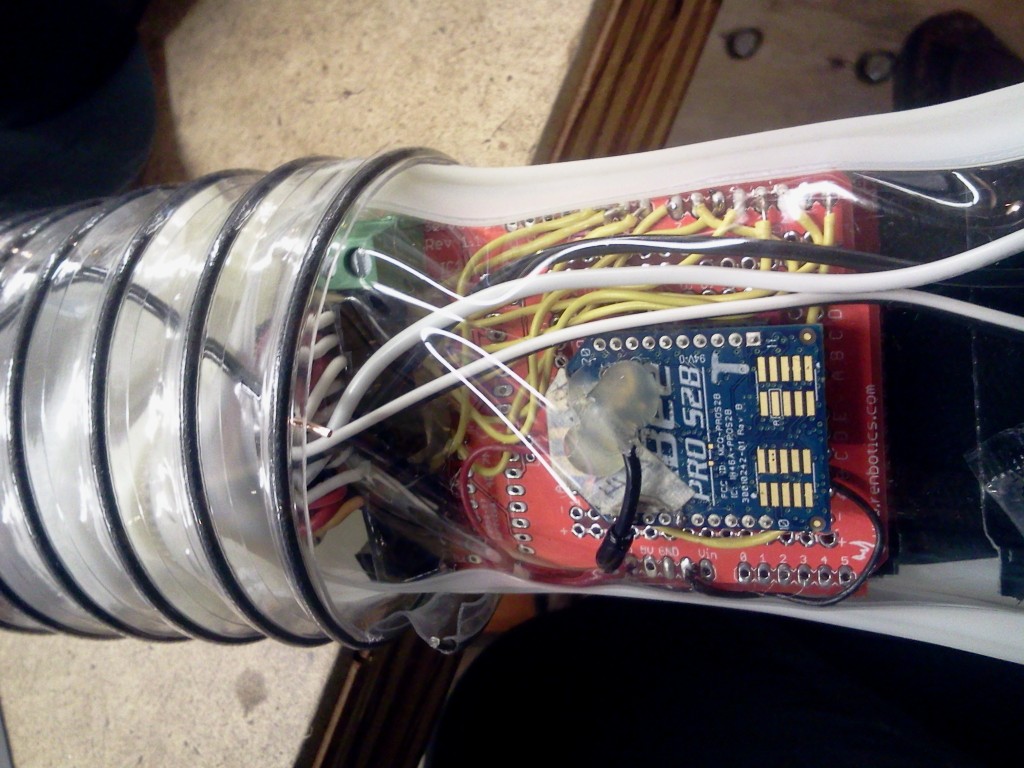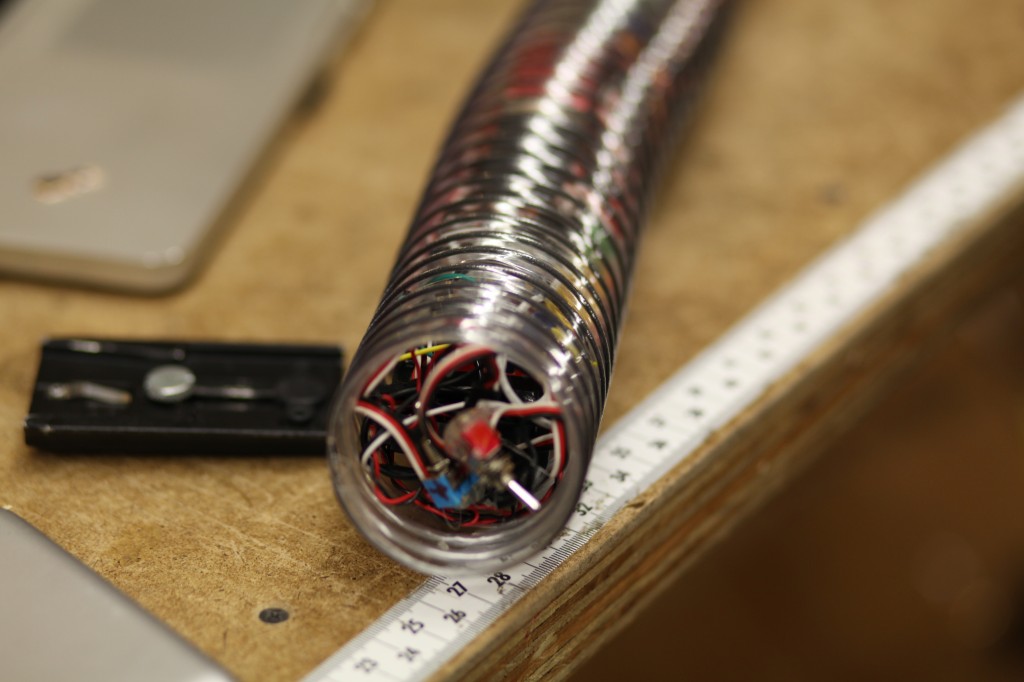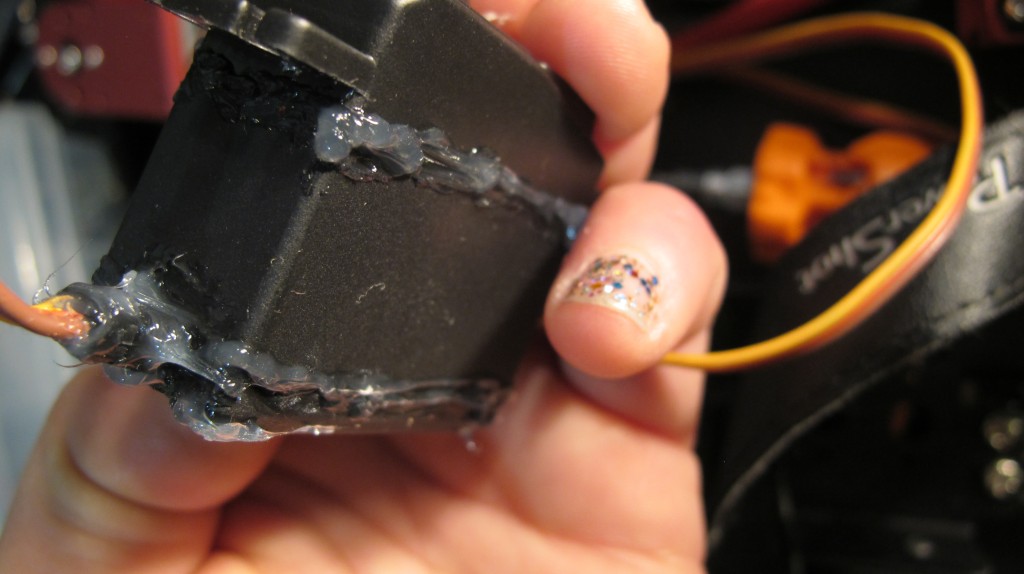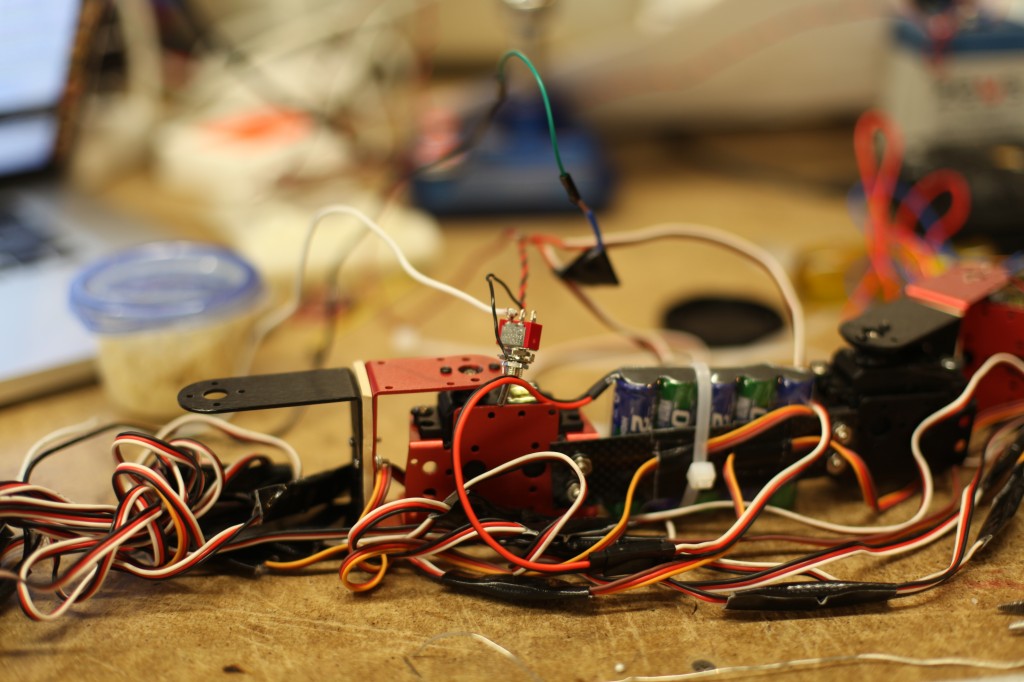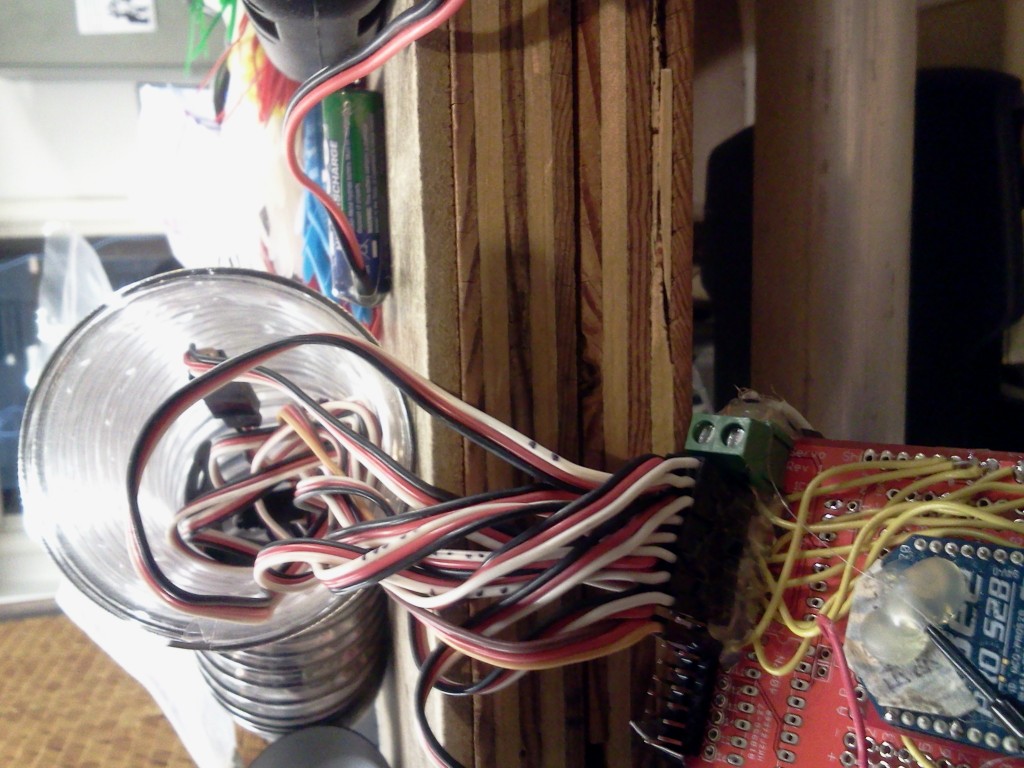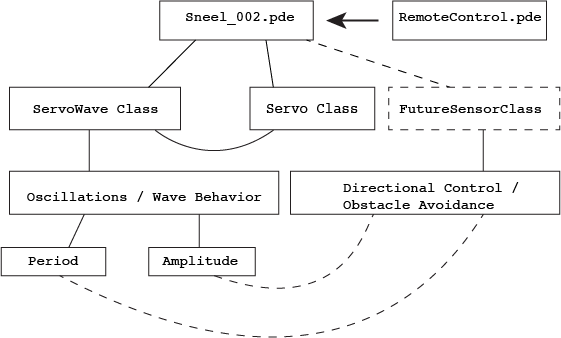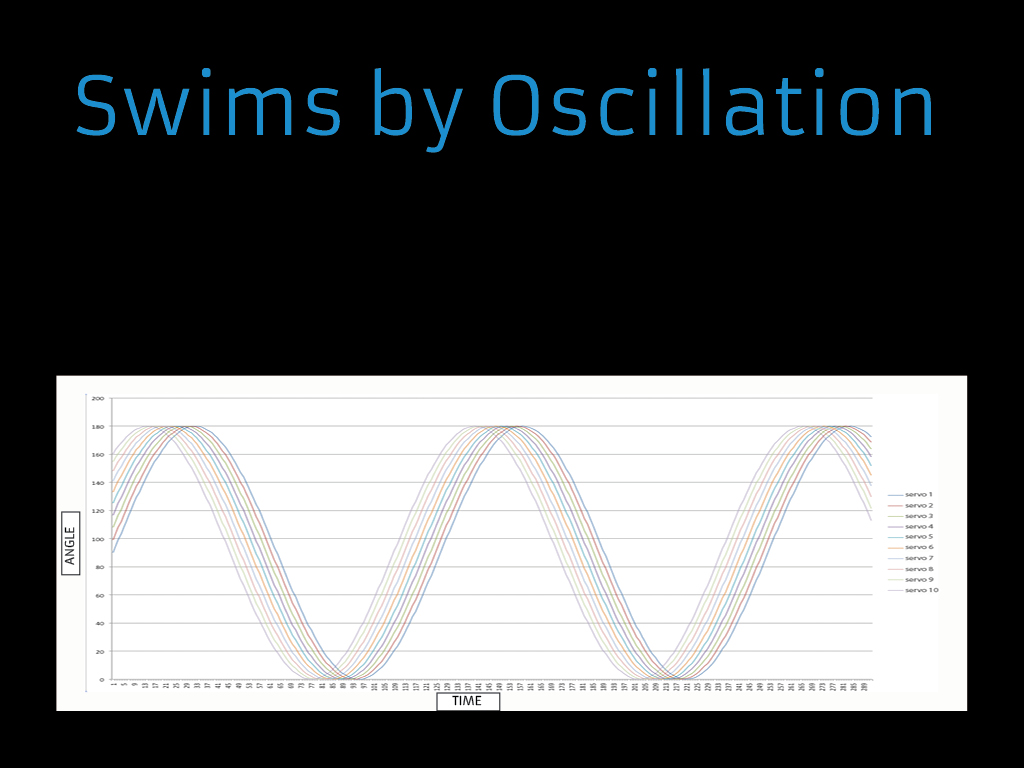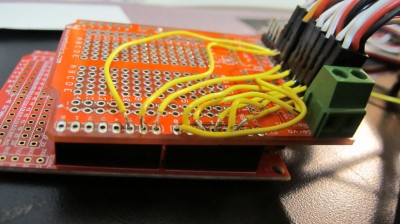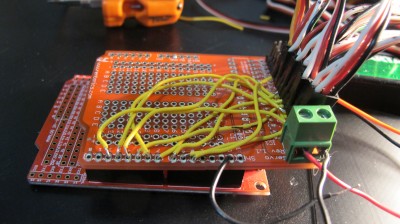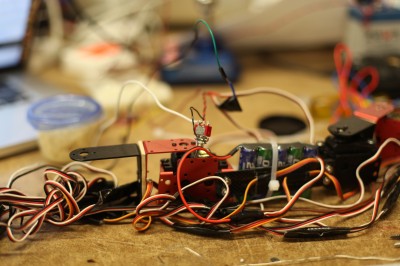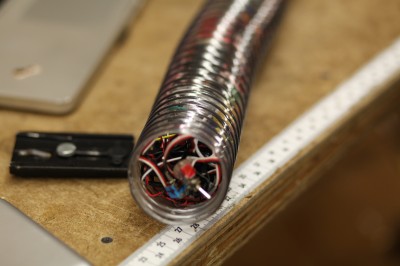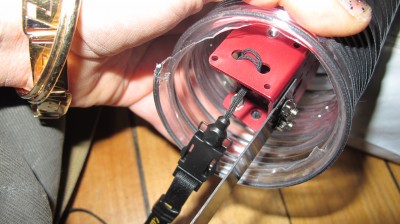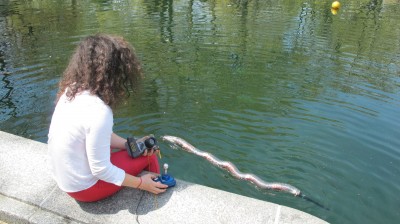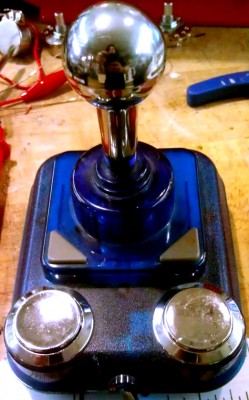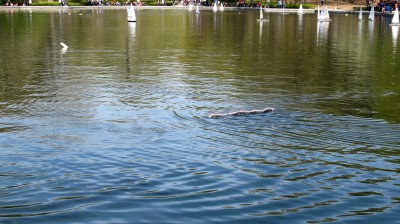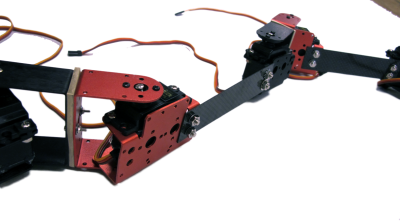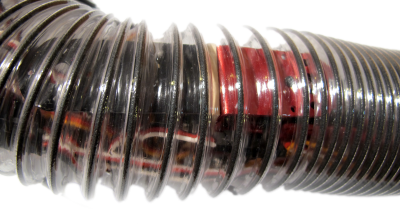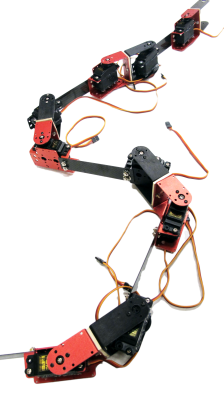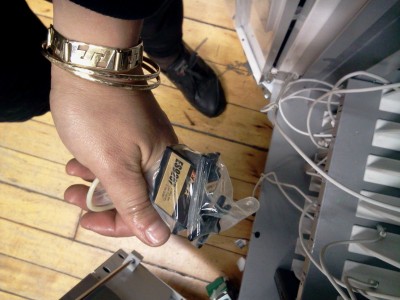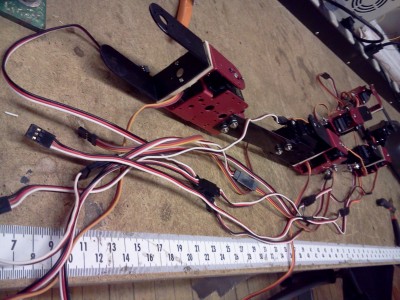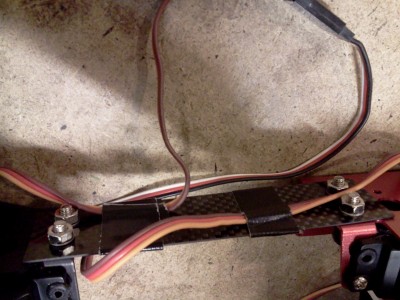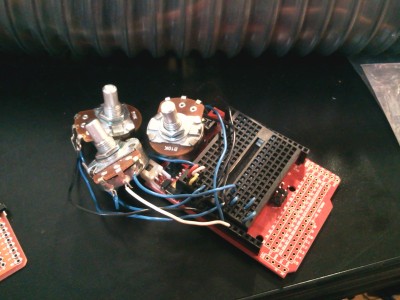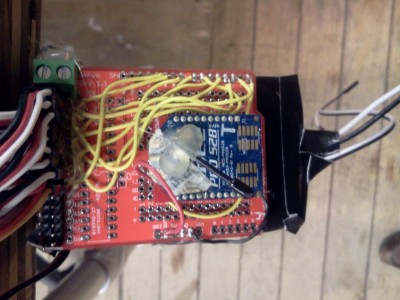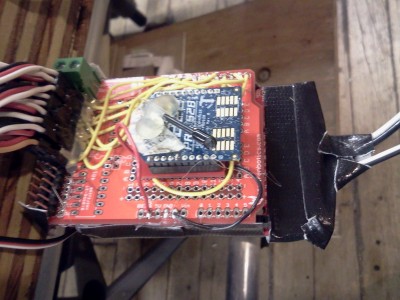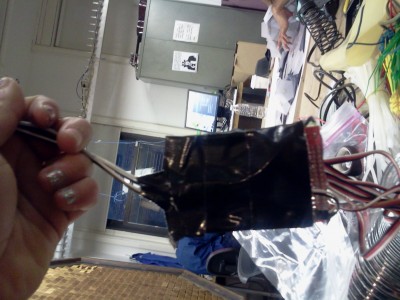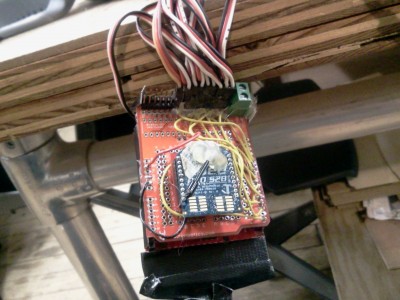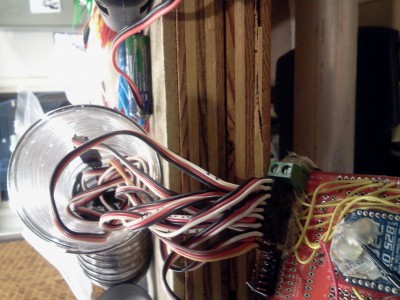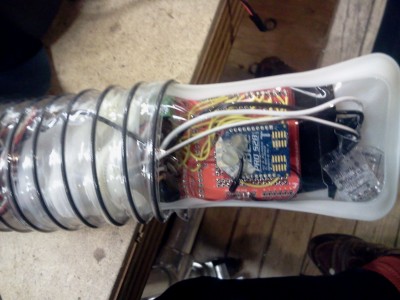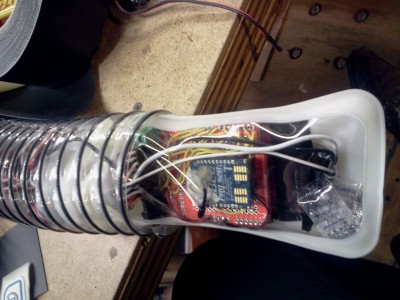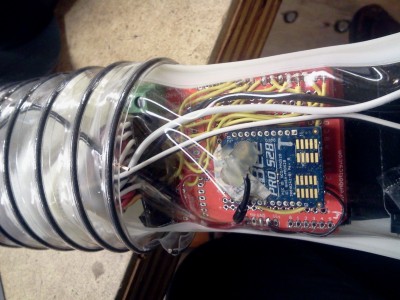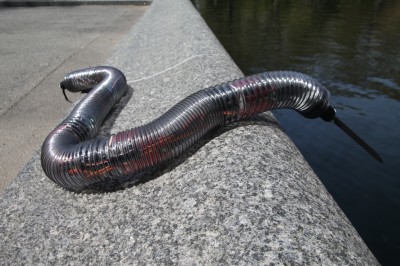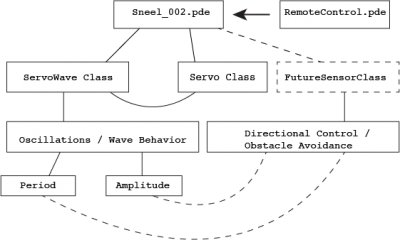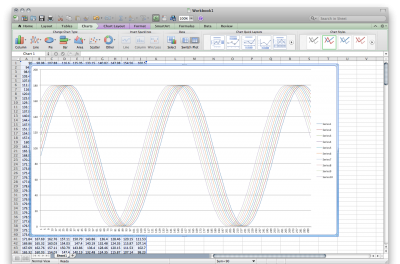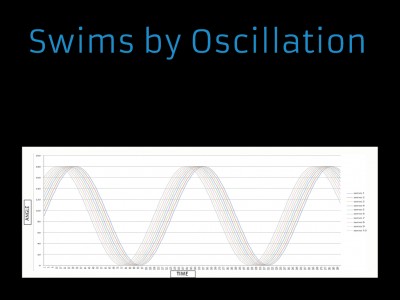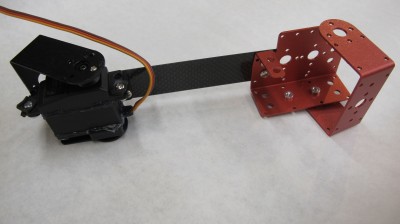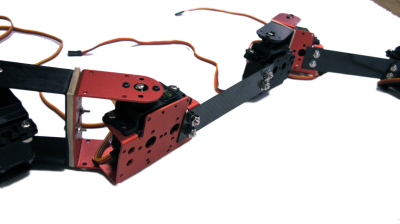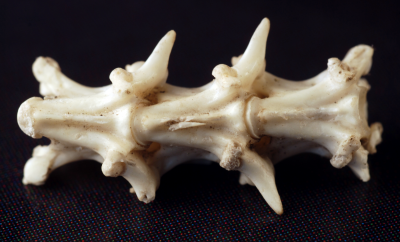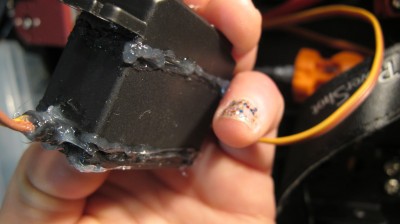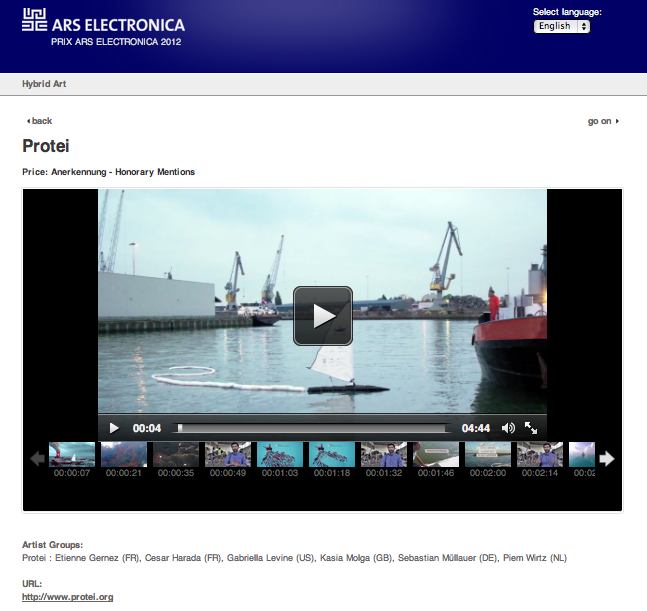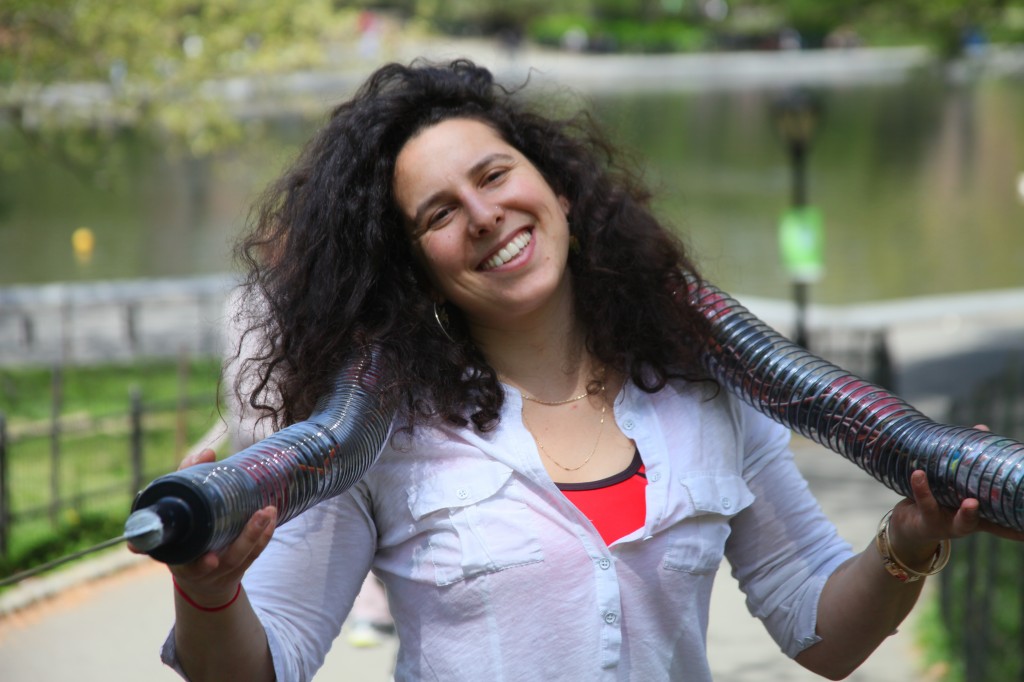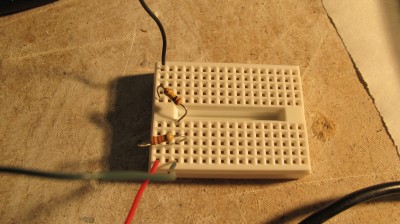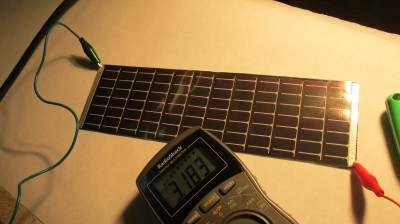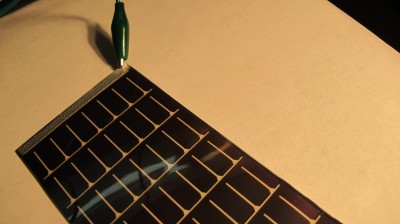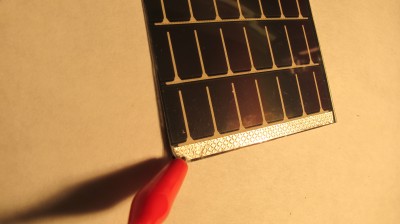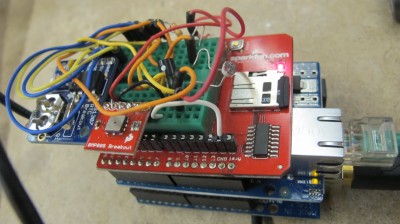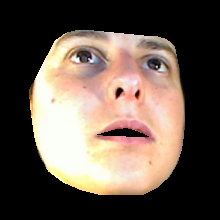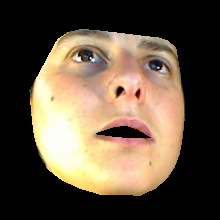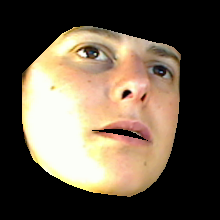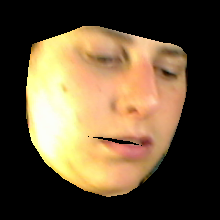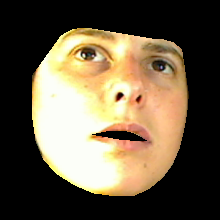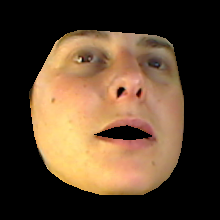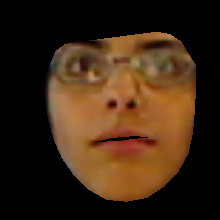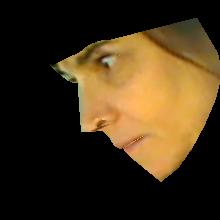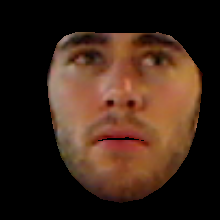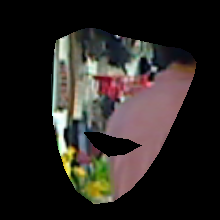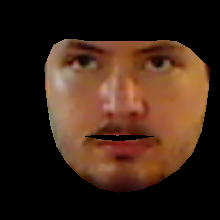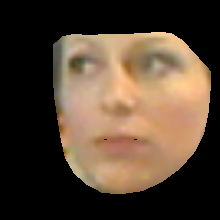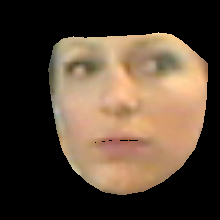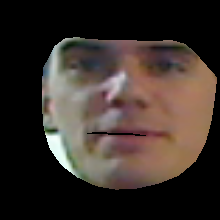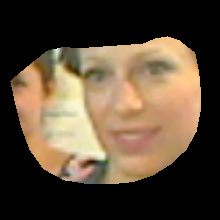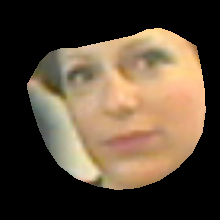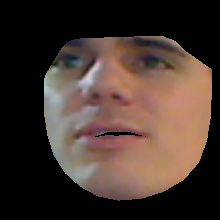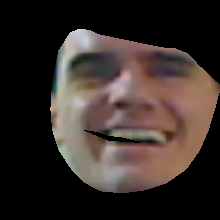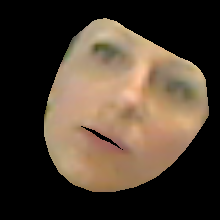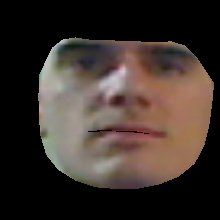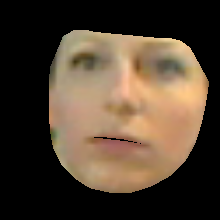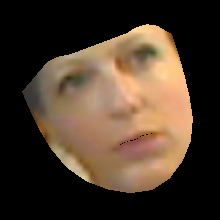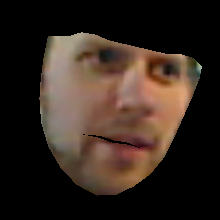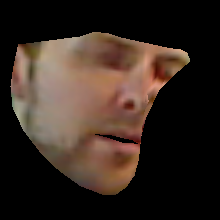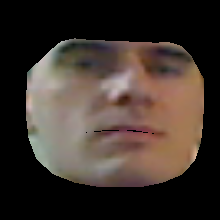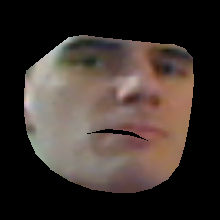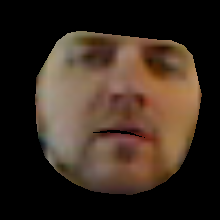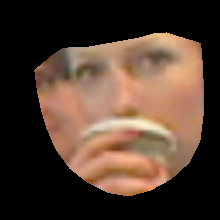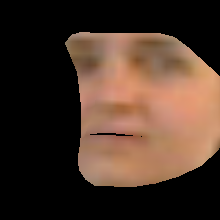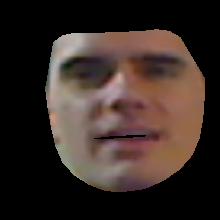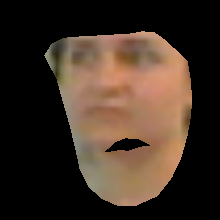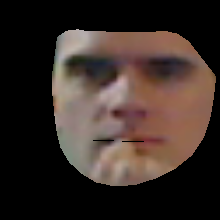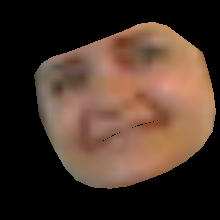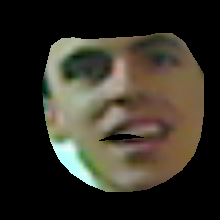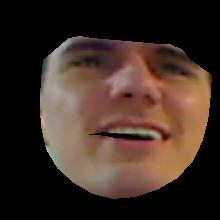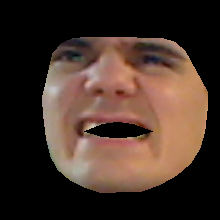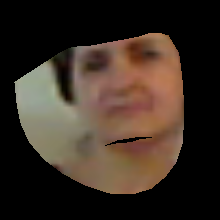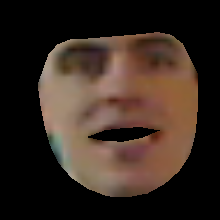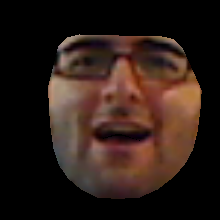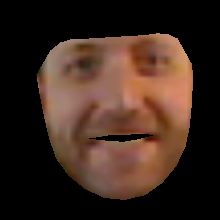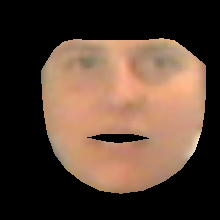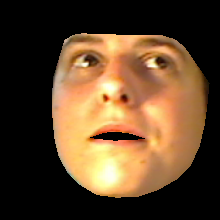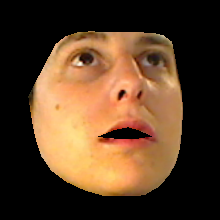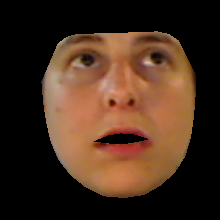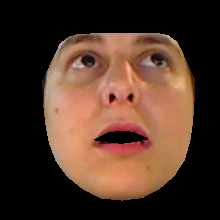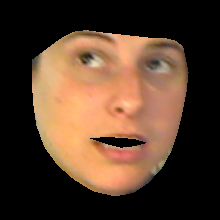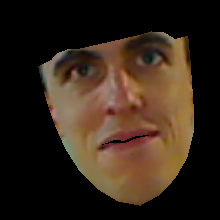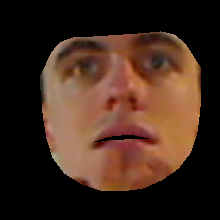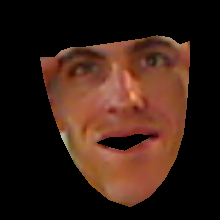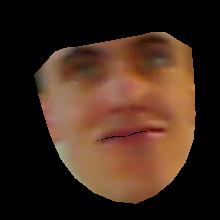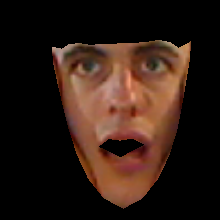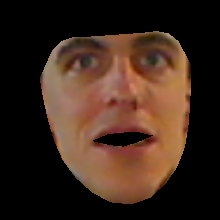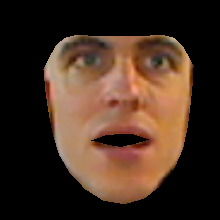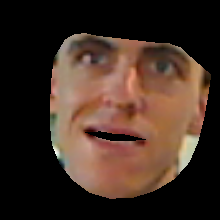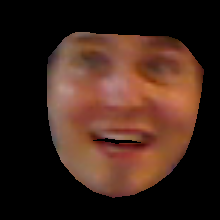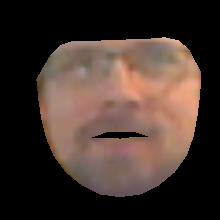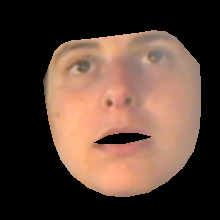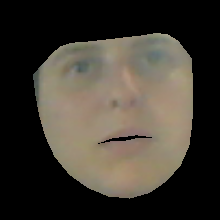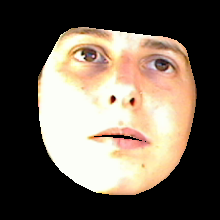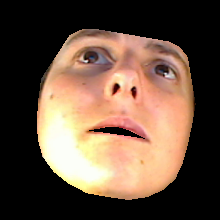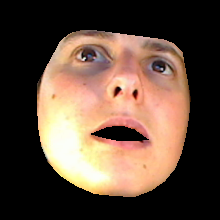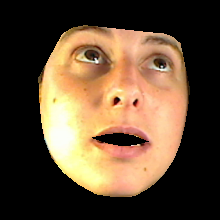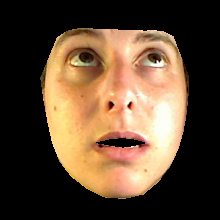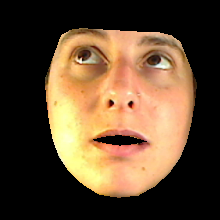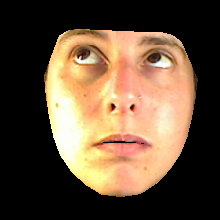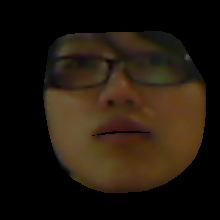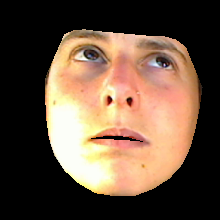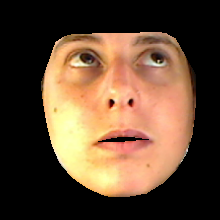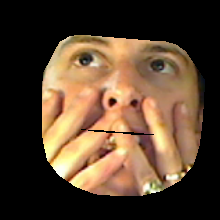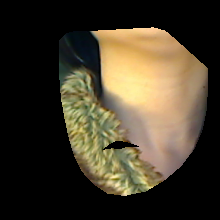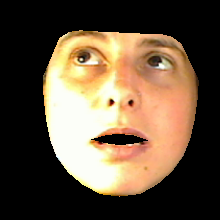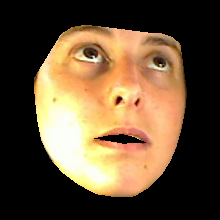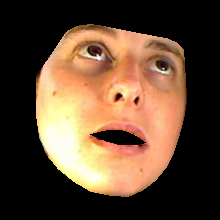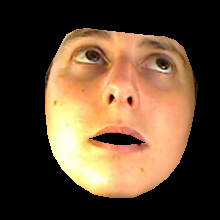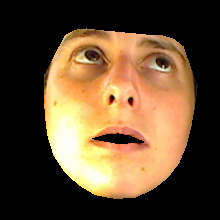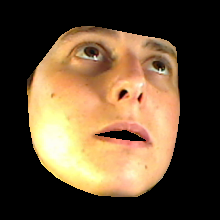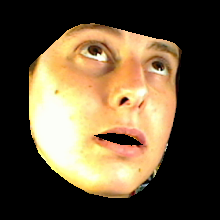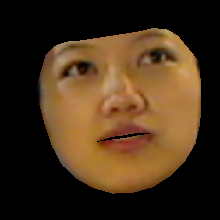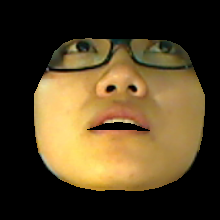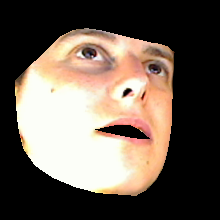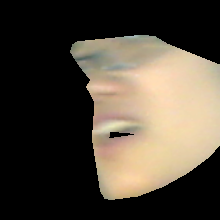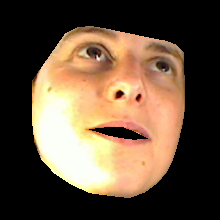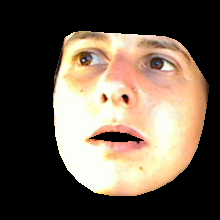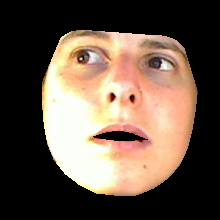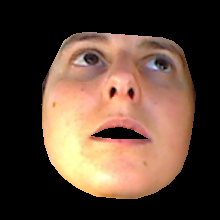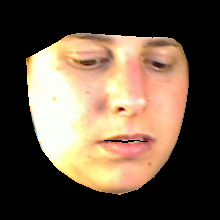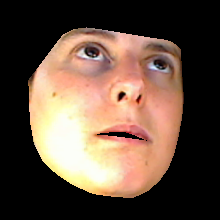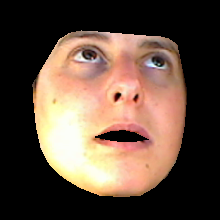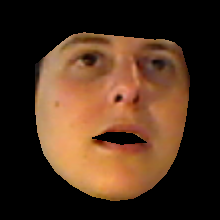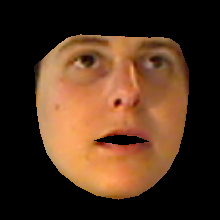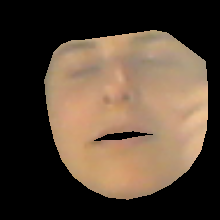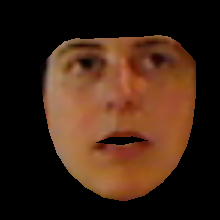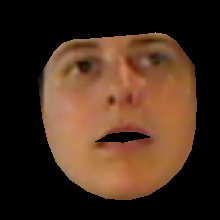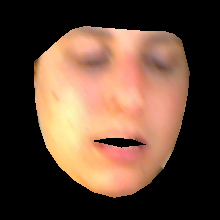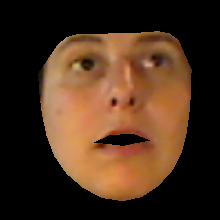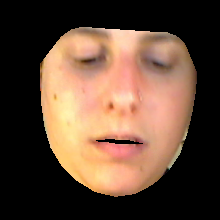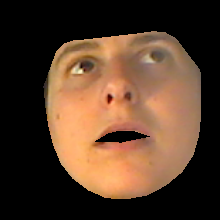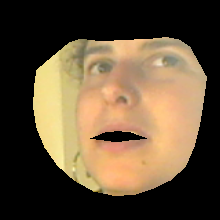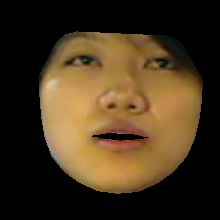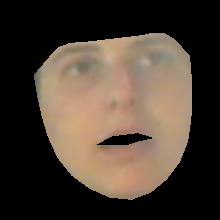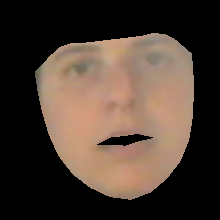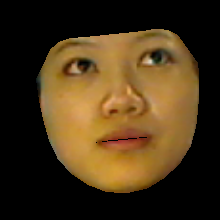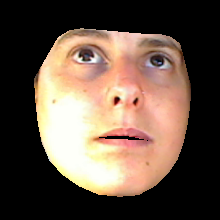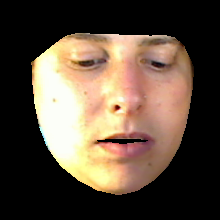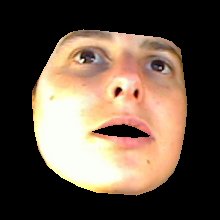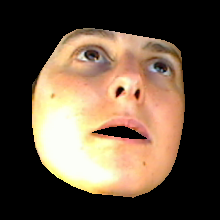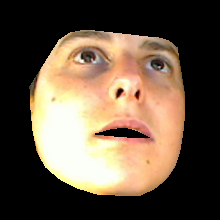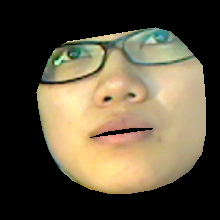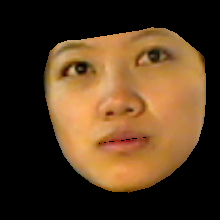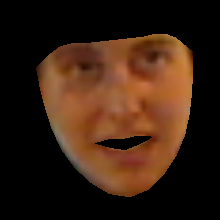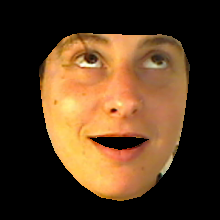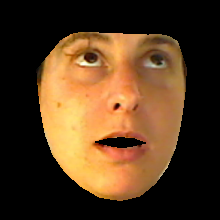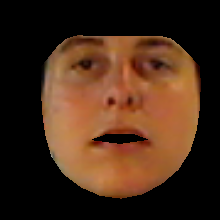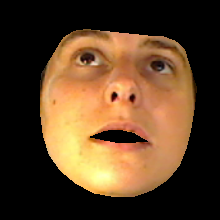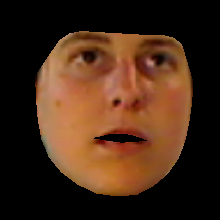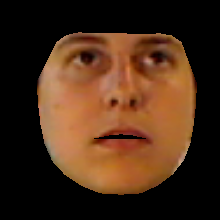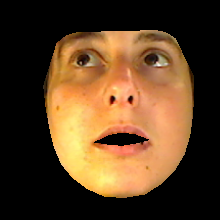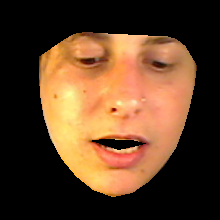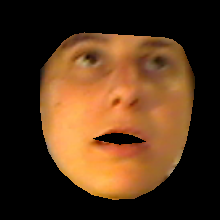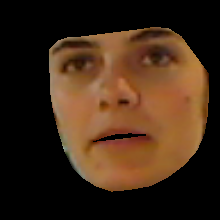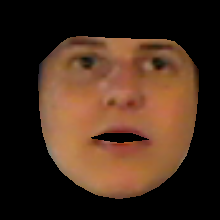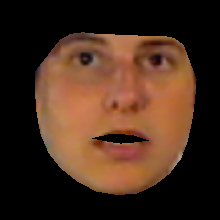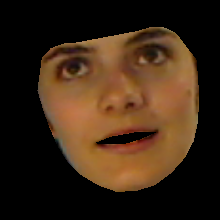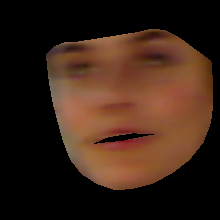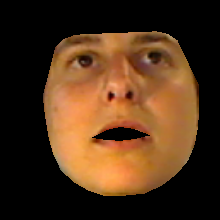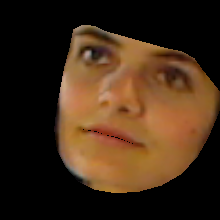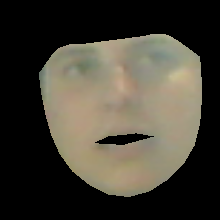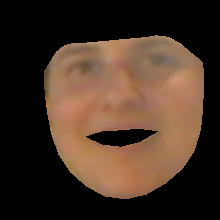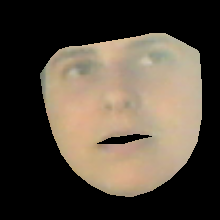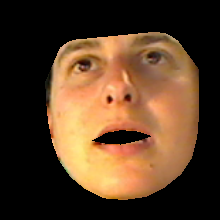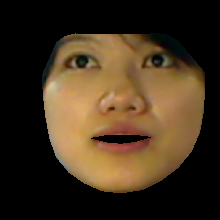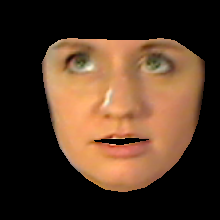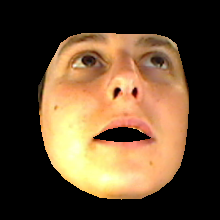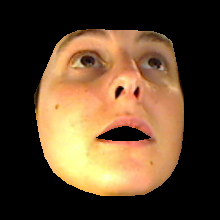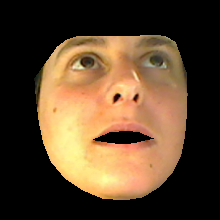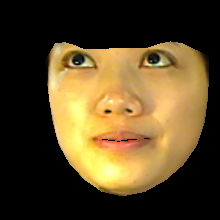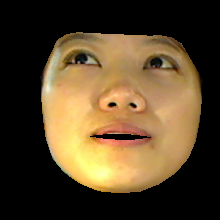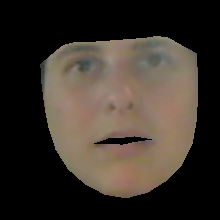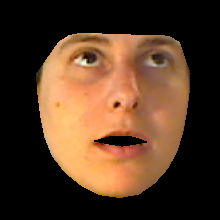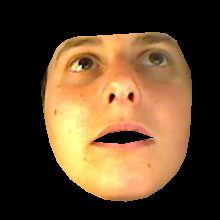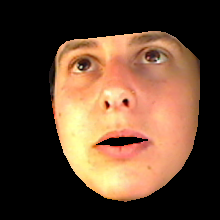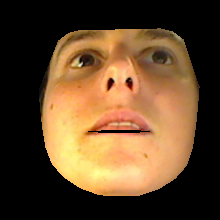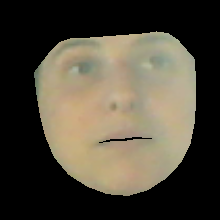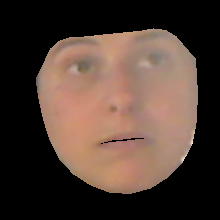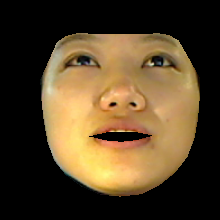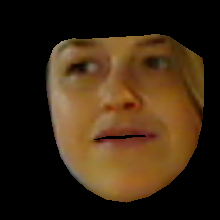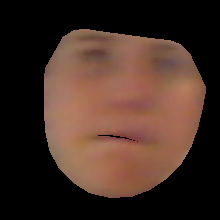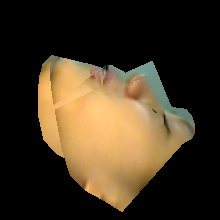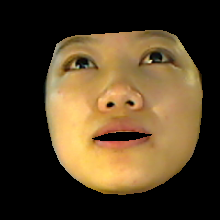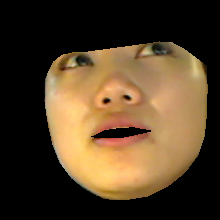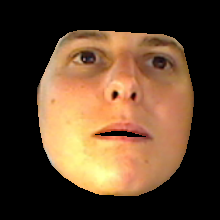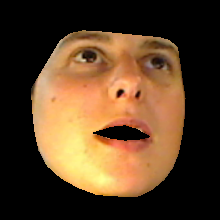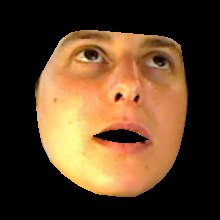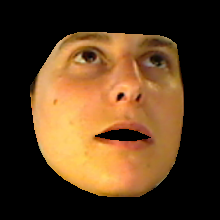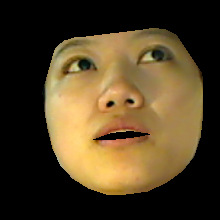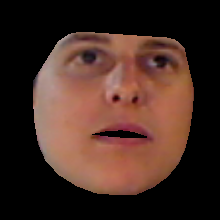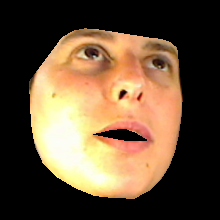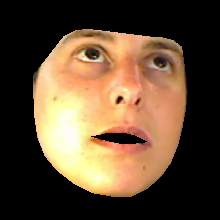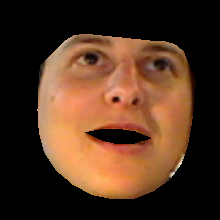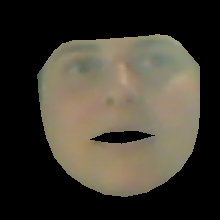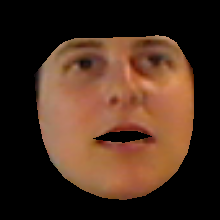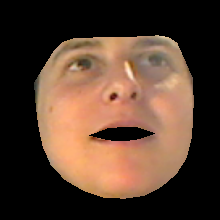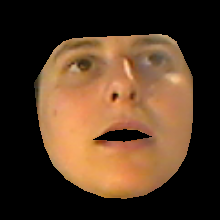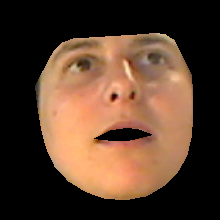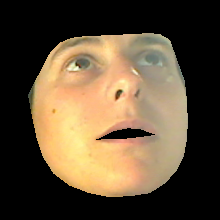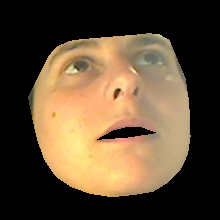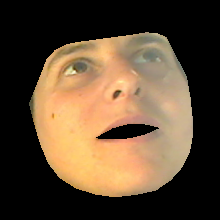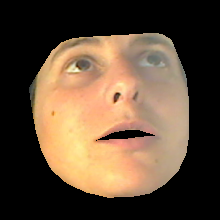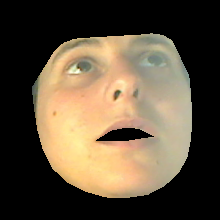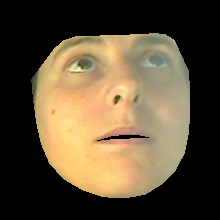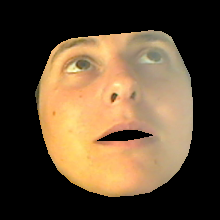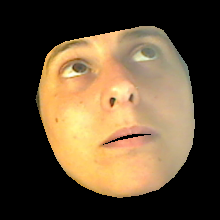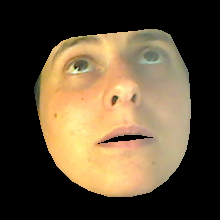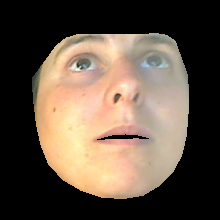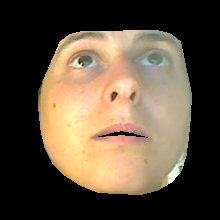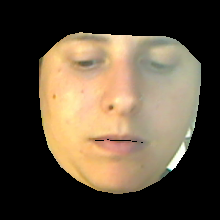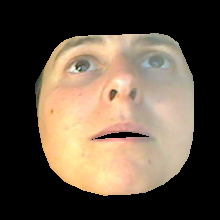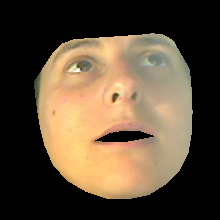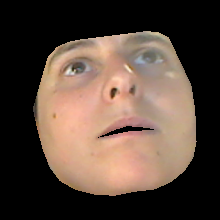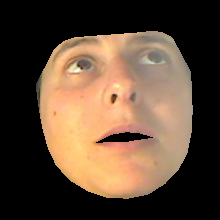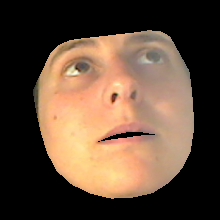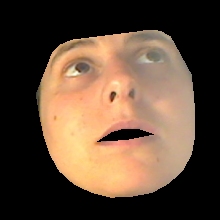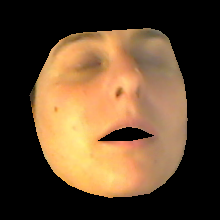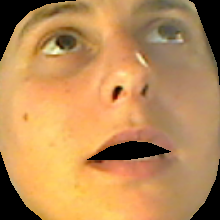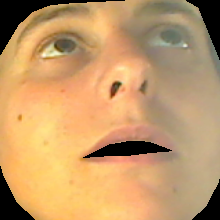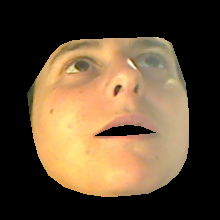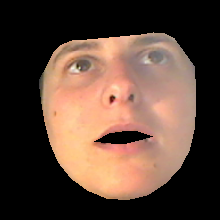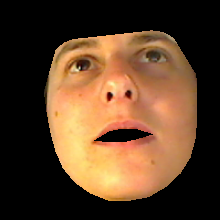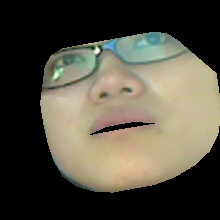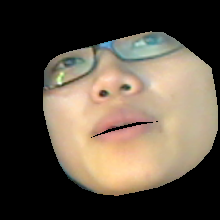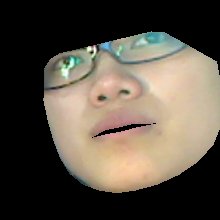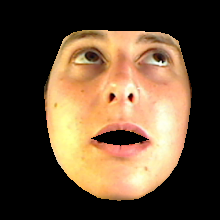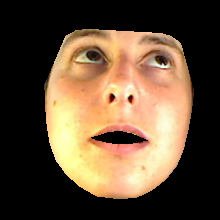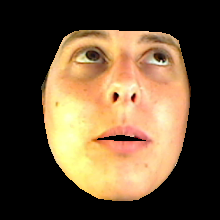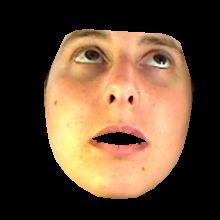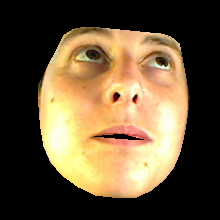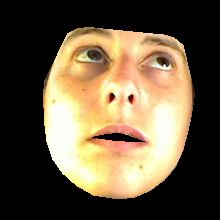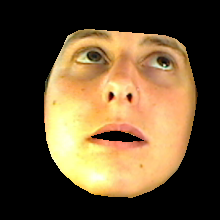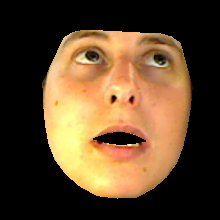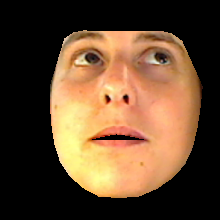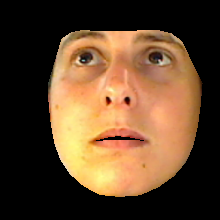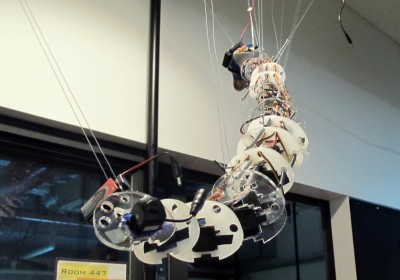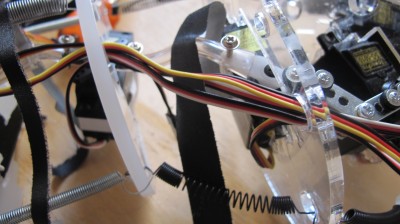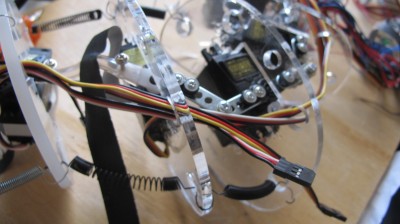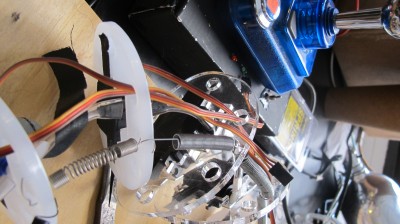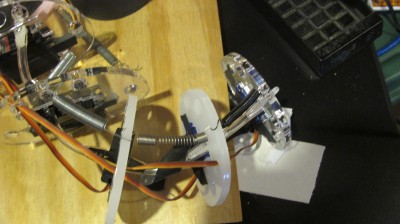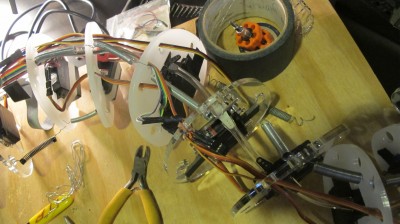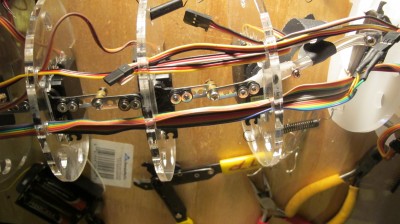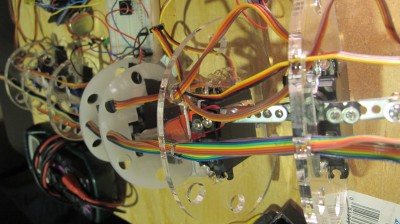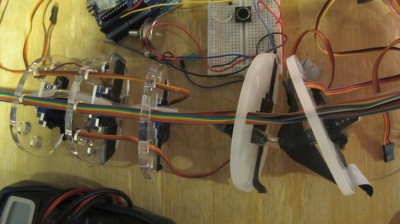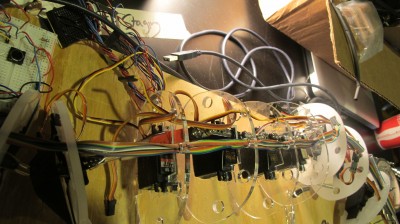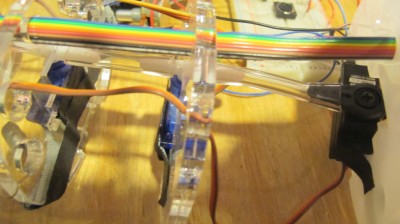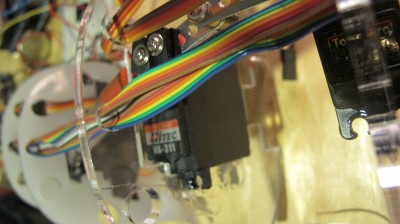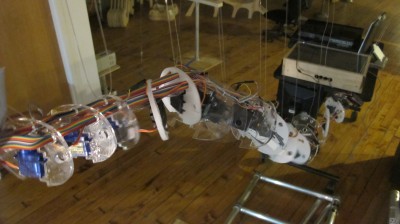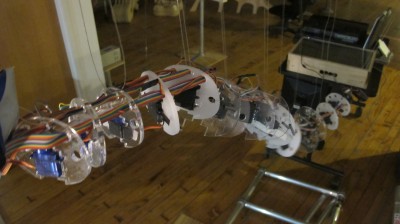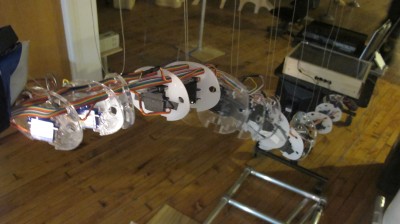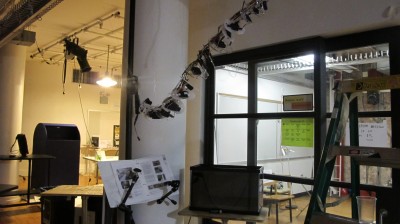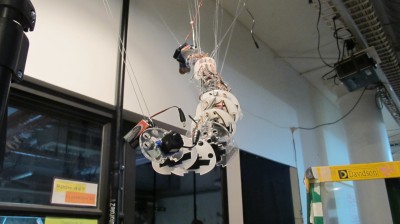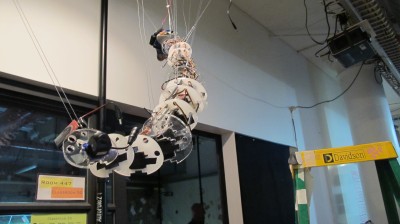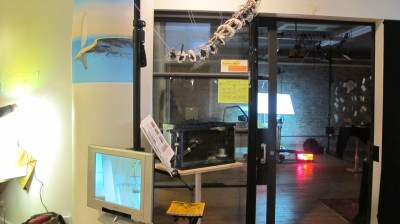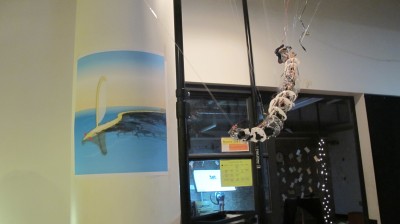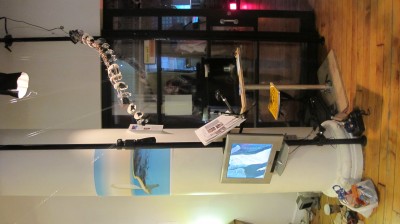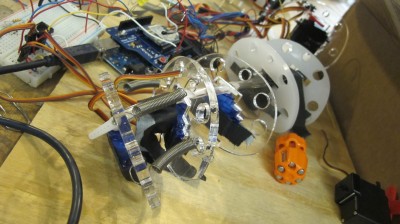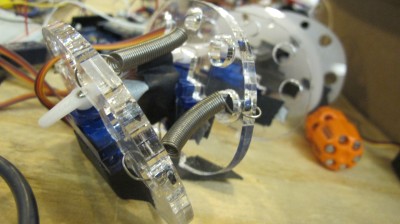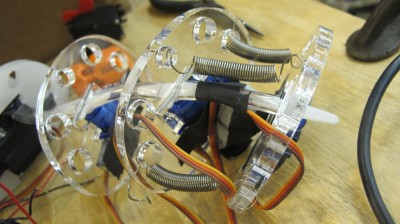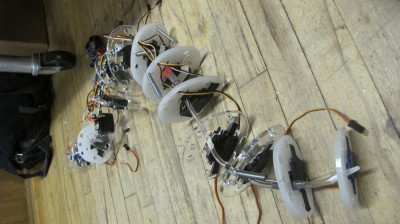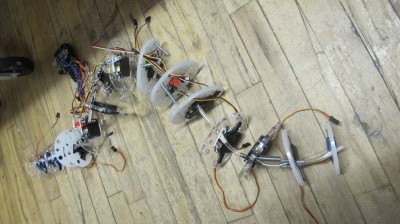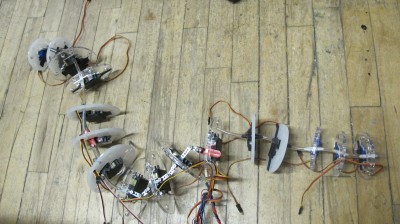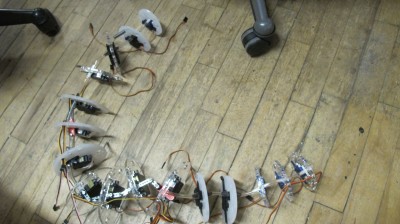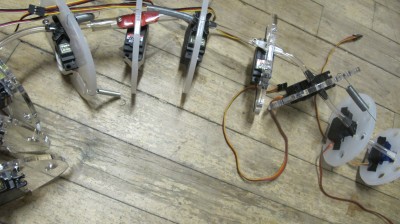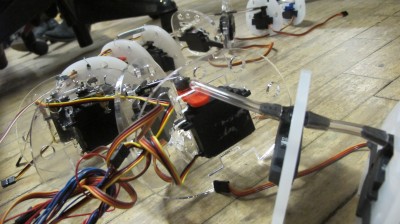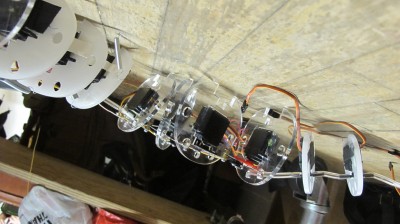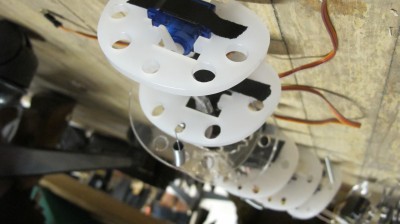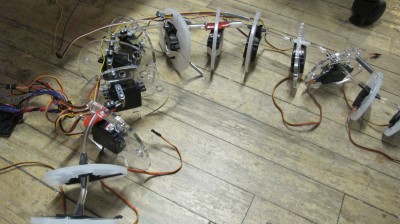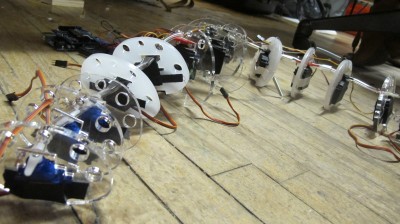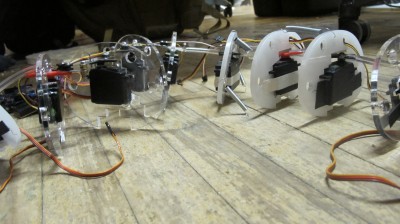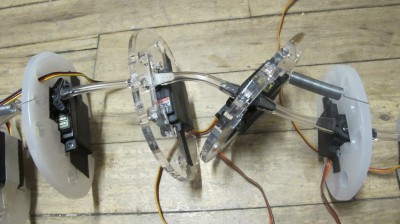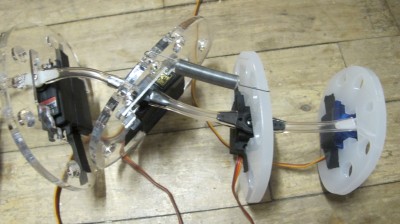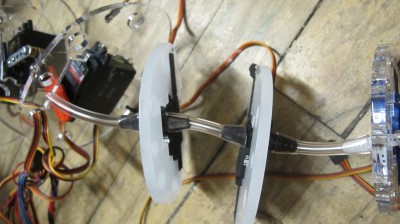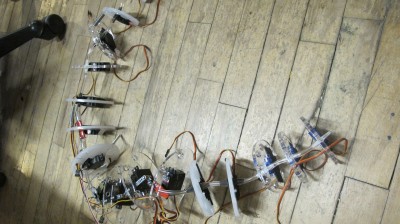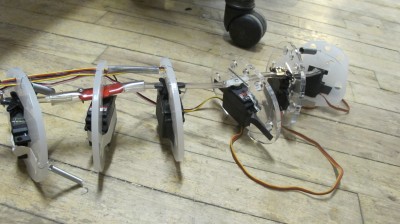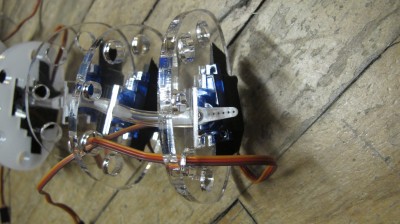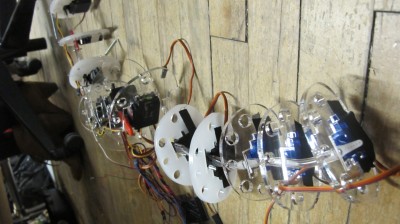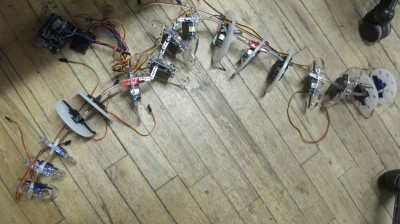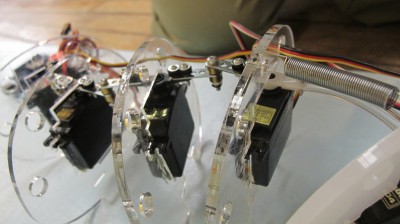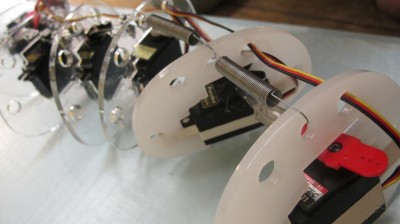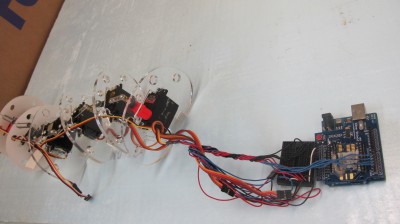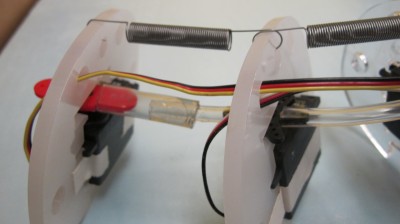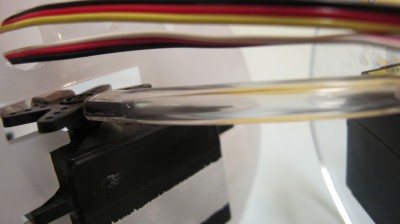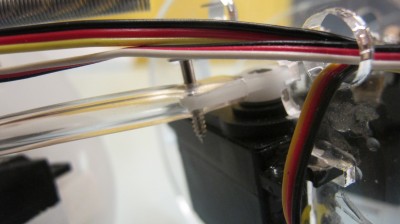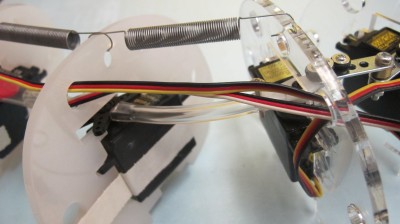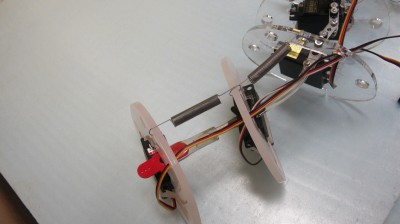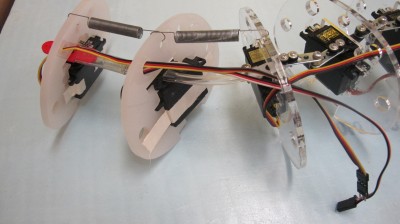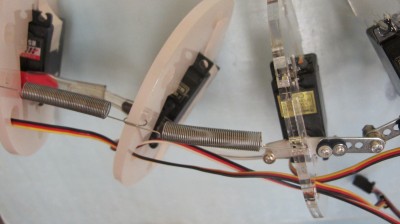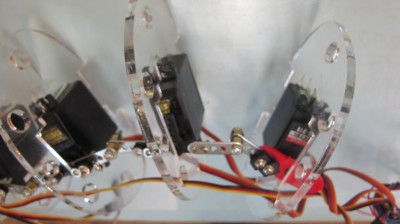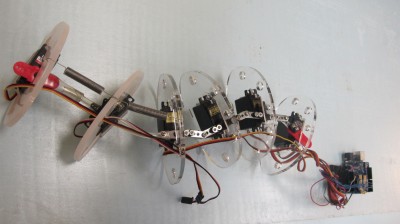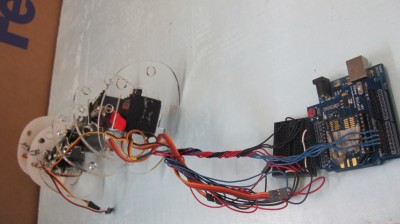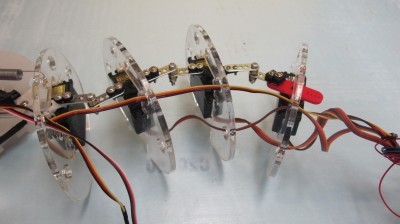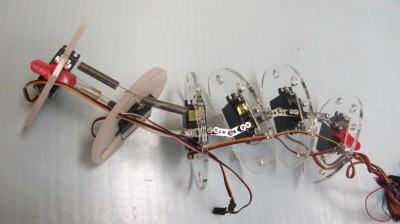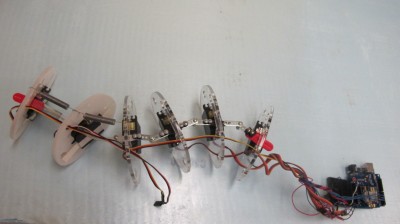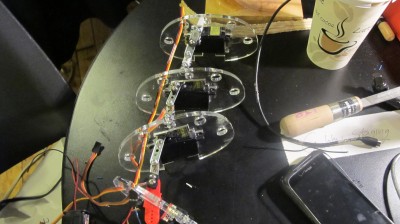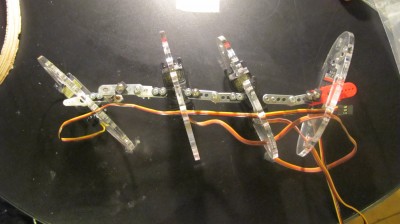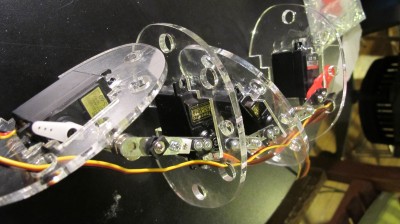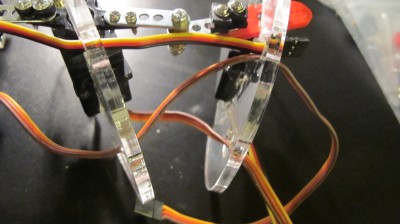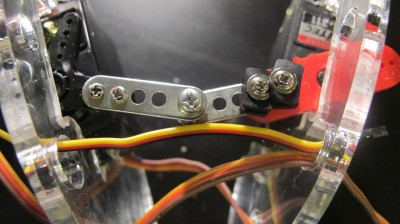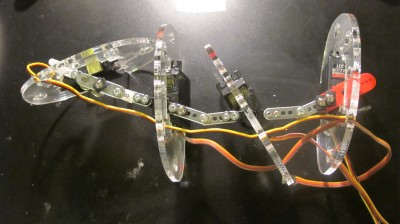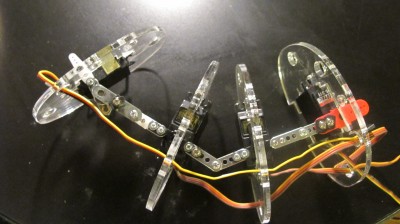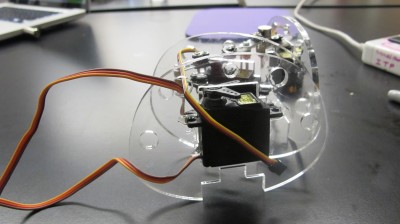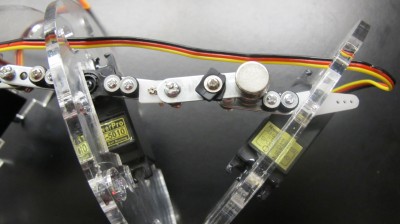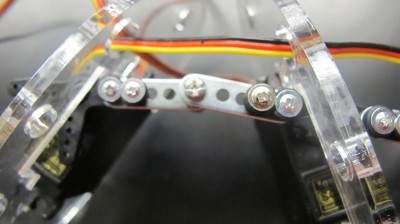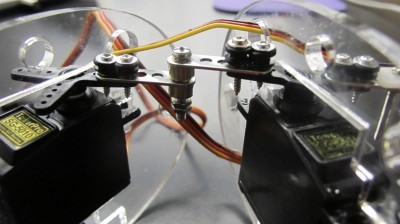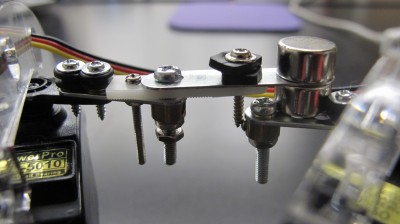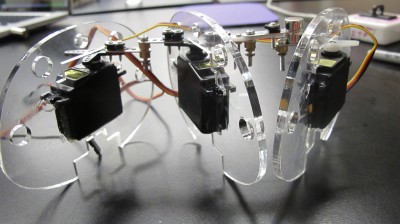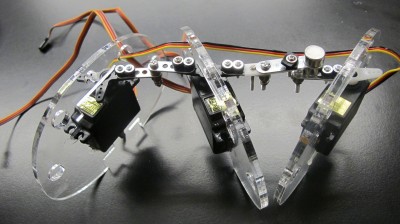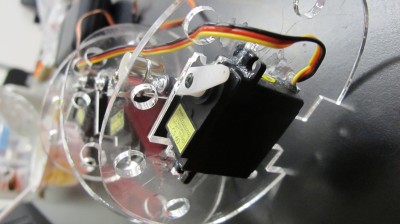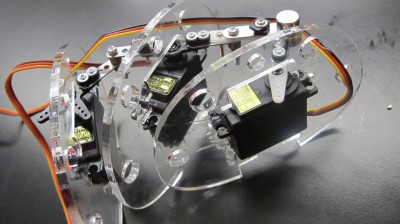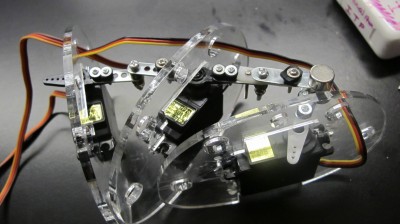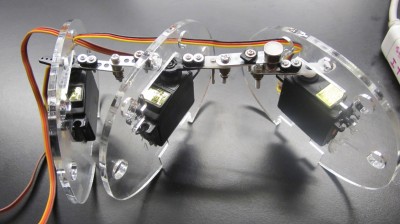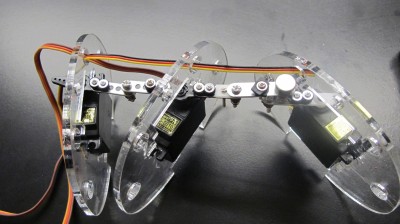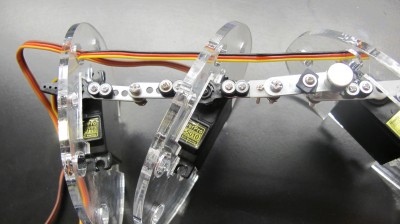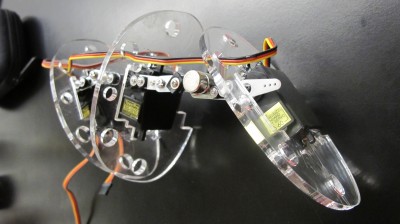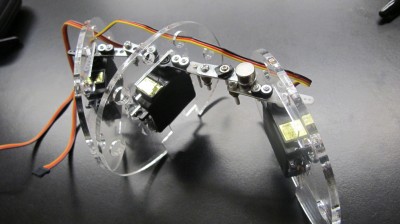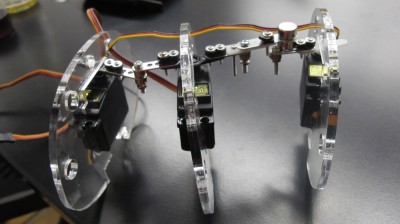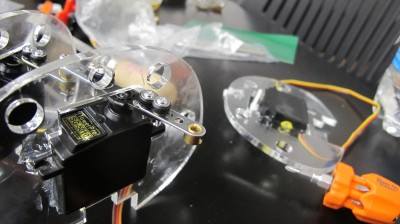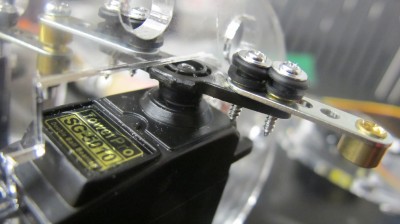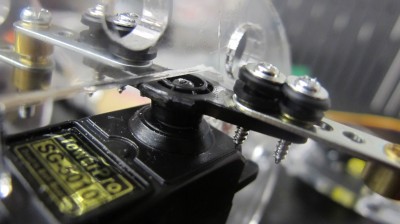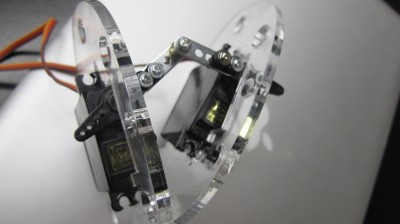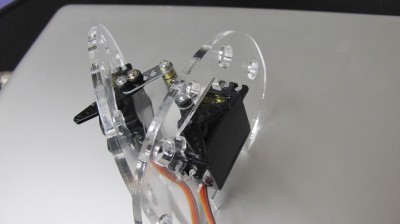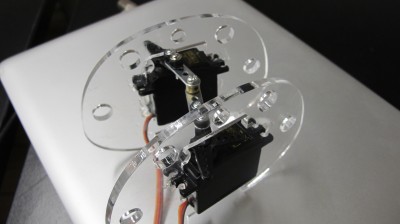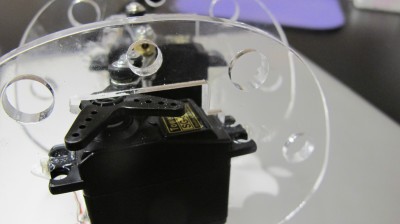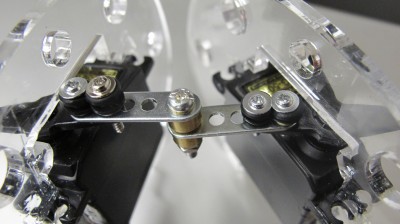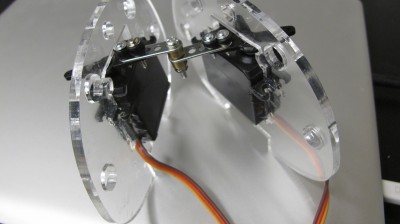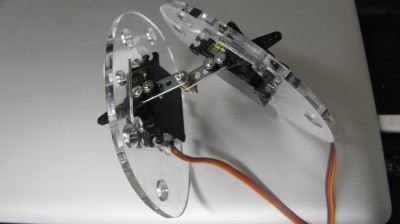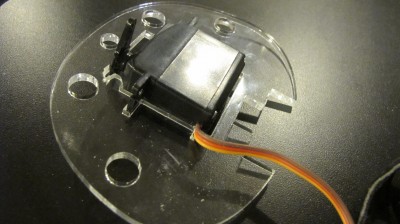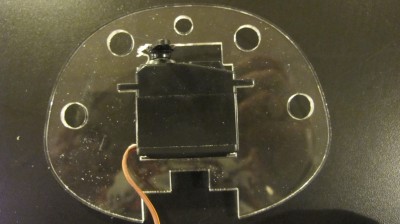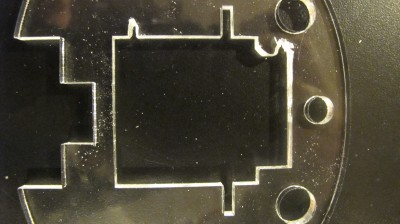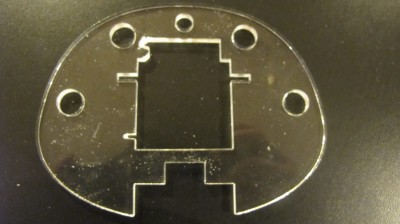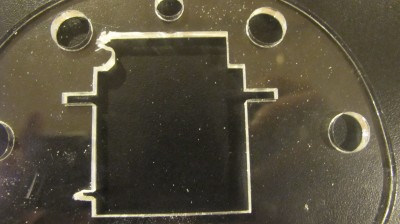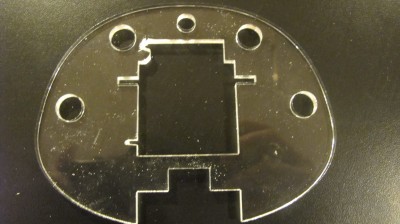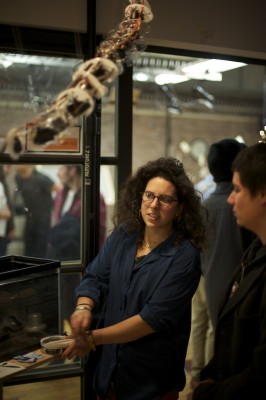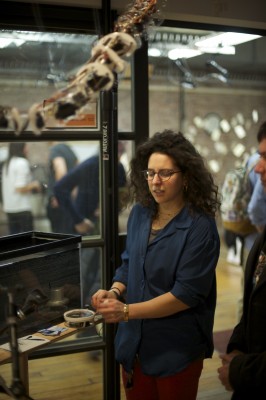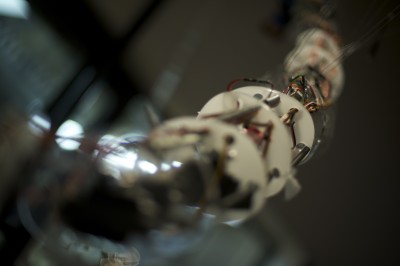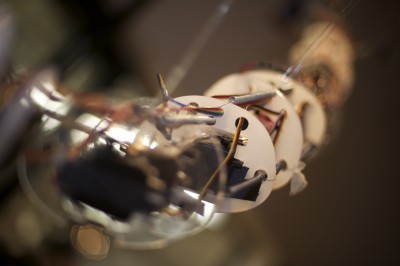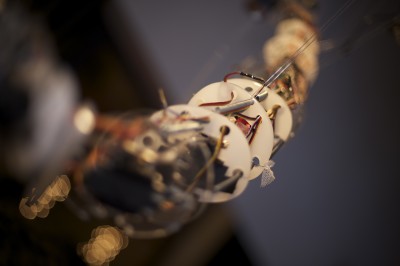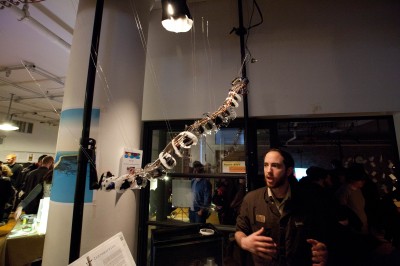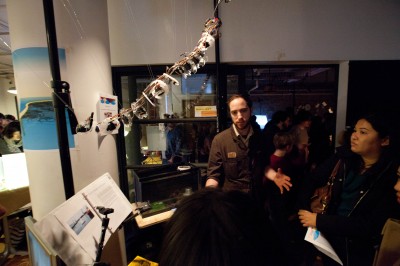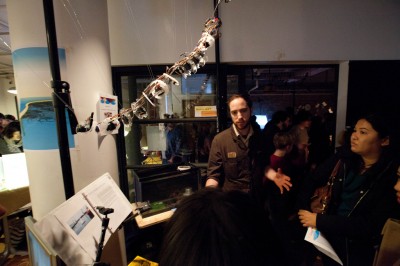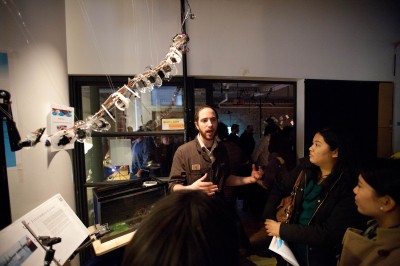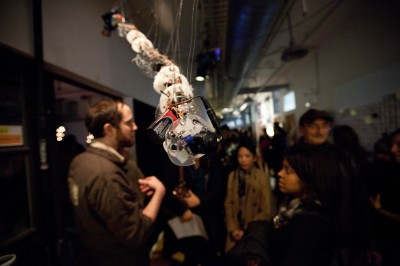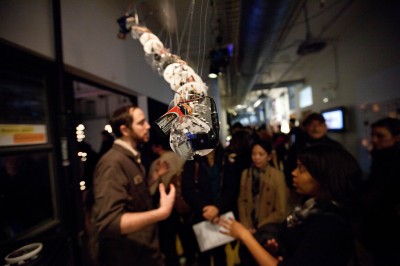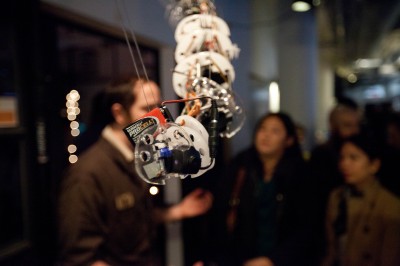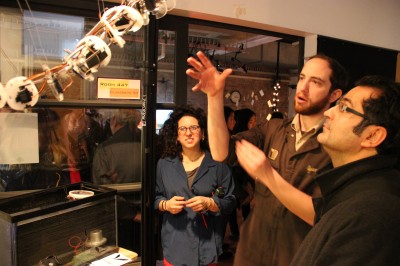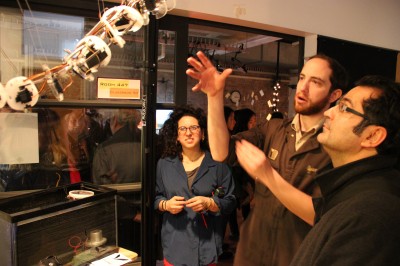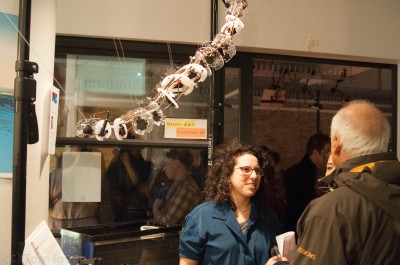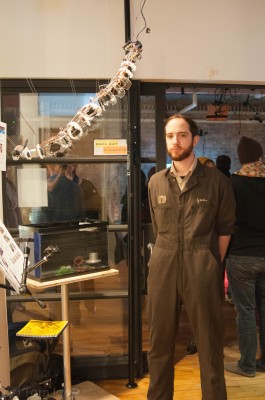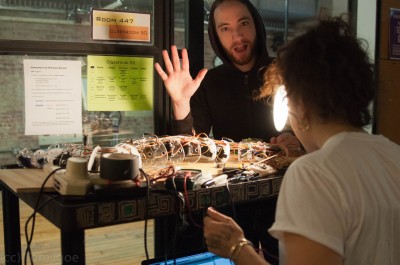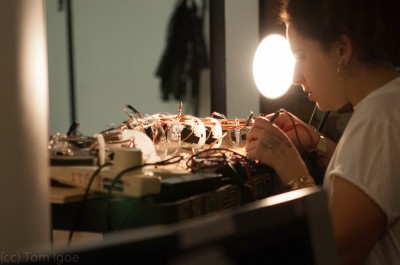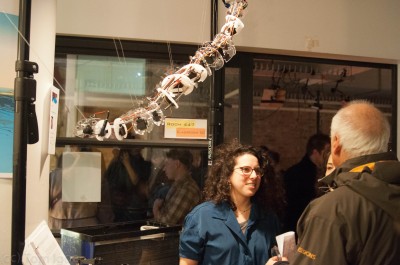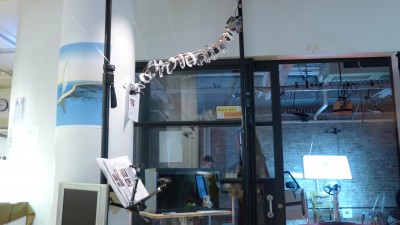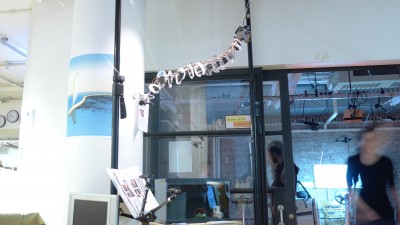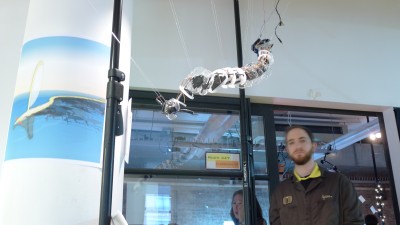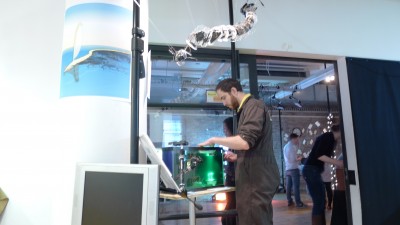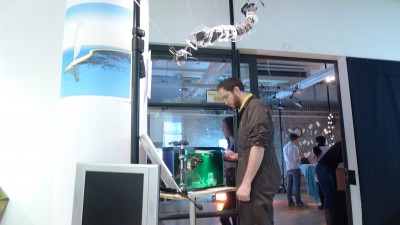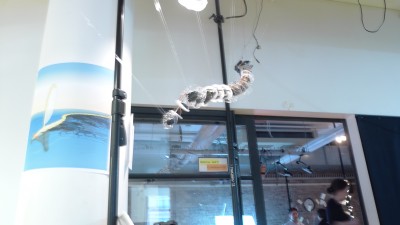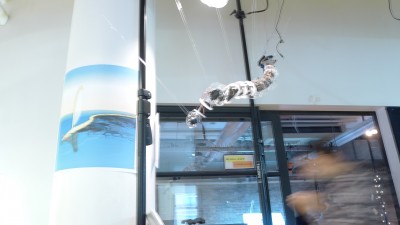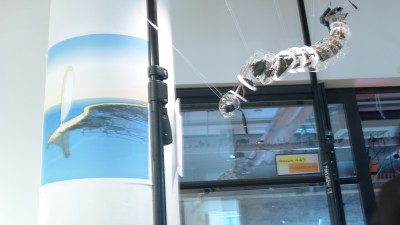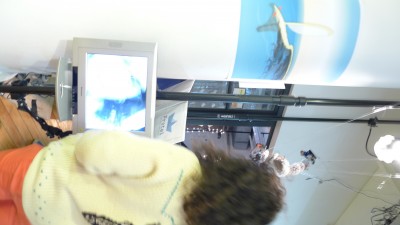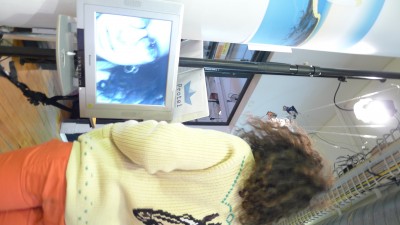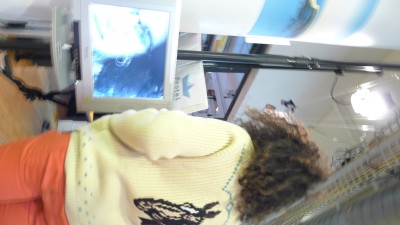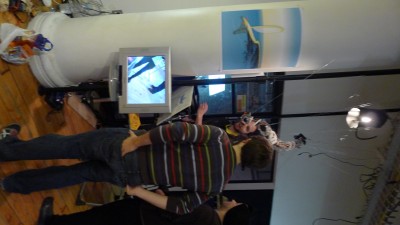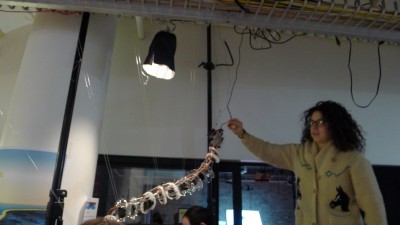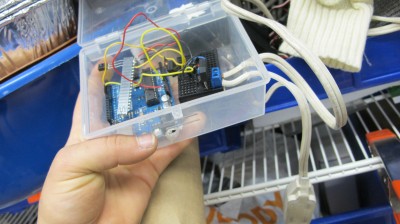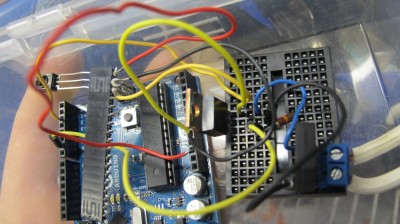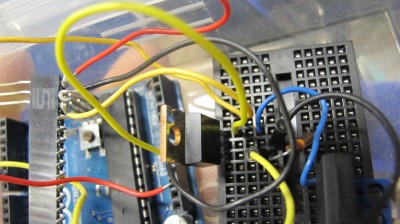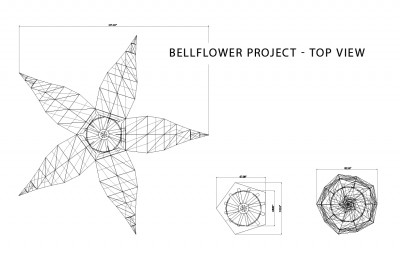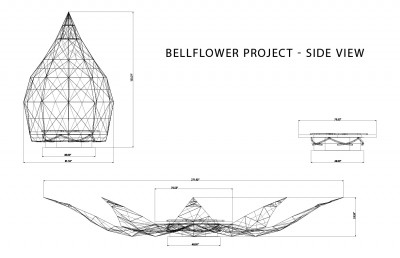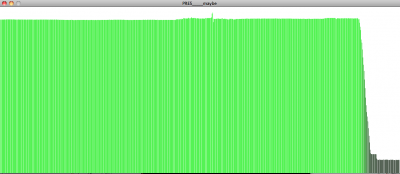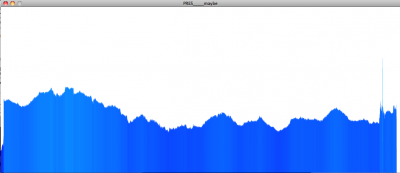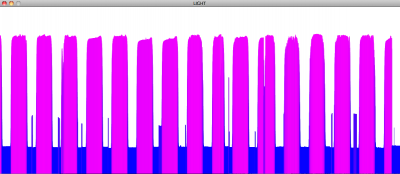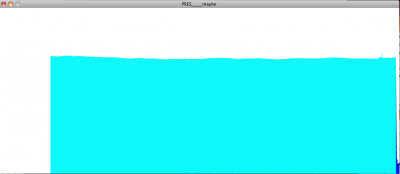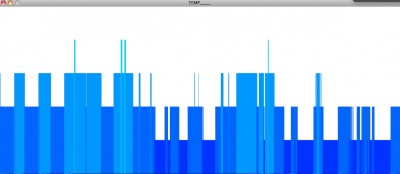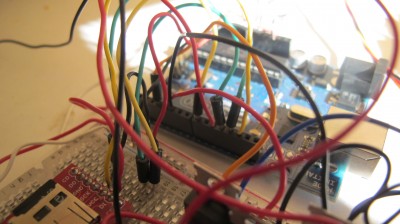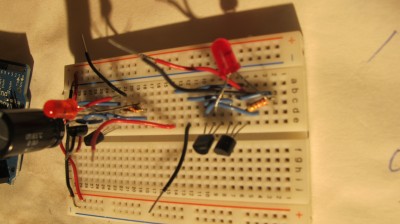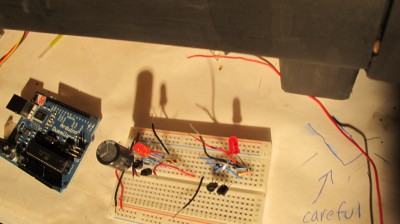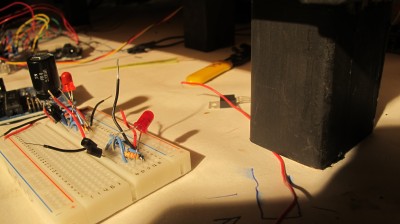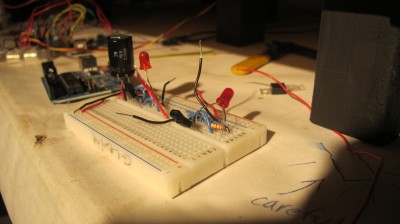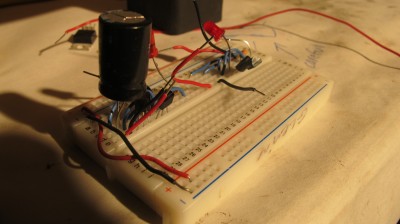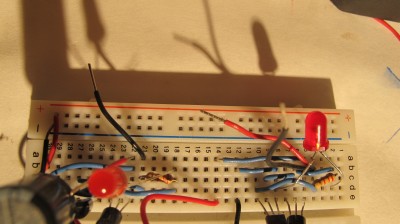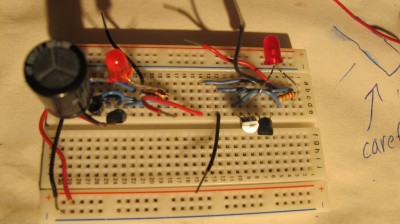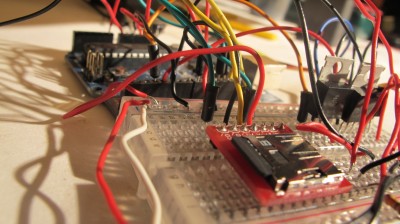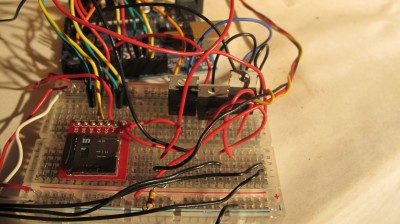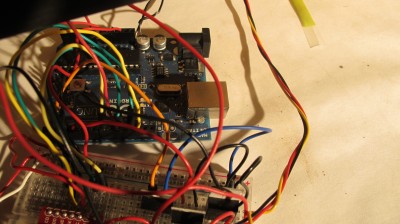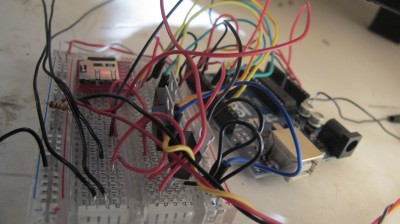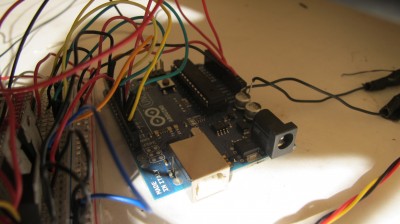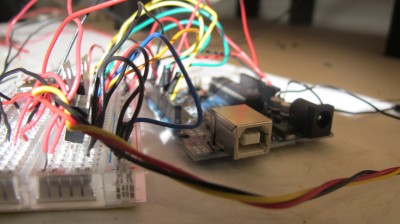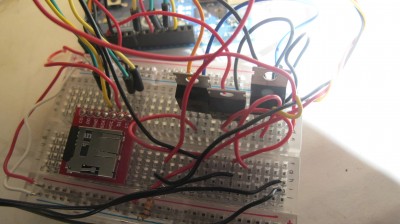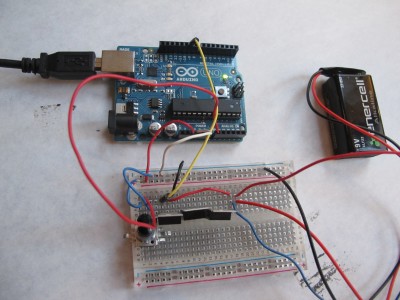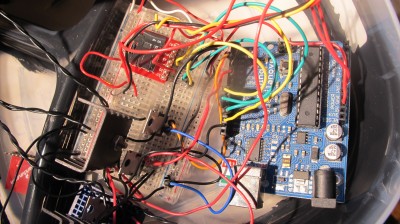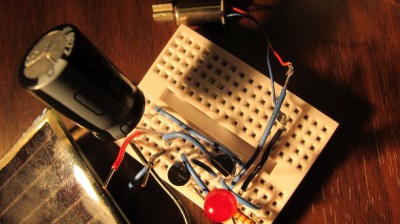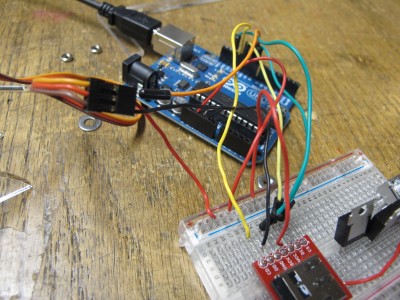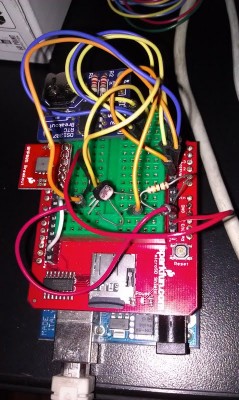Ongoing
Unreasonable at Sea day 9 &10
MORE PHOTOS HERE:
http://www.flickr.com/photos/52250666@N02/sets/72157632544237510/
Now, we have just debarked from
Firstly a few things I’d not written about on day 8:
Meeting with Daniel & Protei team:
Fireside chat with Depak:
We arrived in Hilo Hawaii in the morning and it looked like this from the deck of the boat:
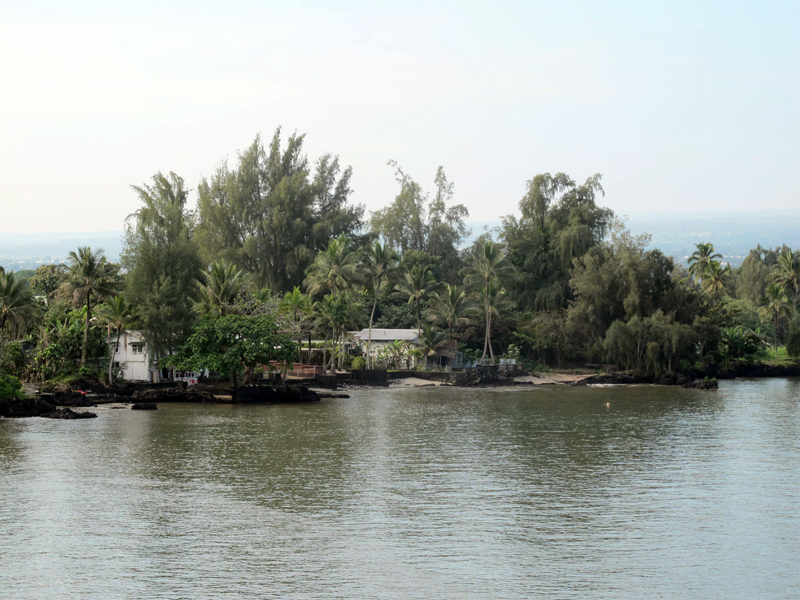
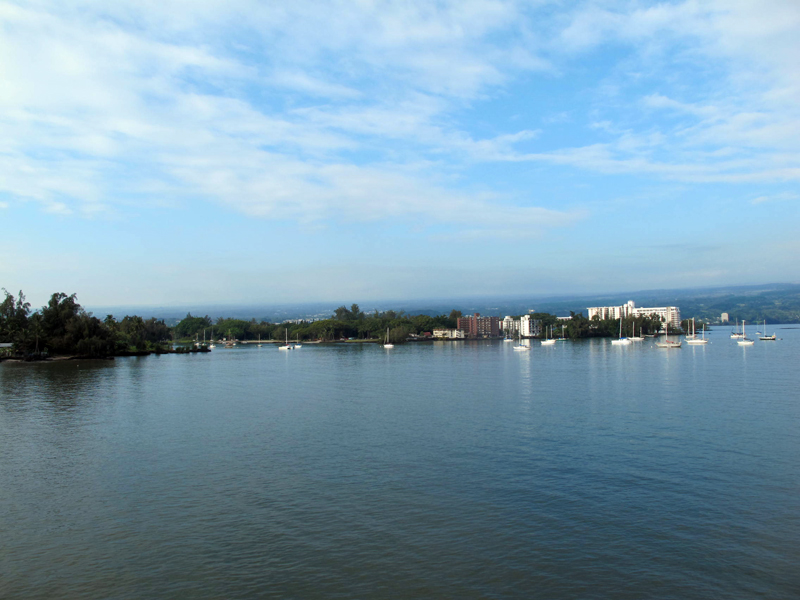
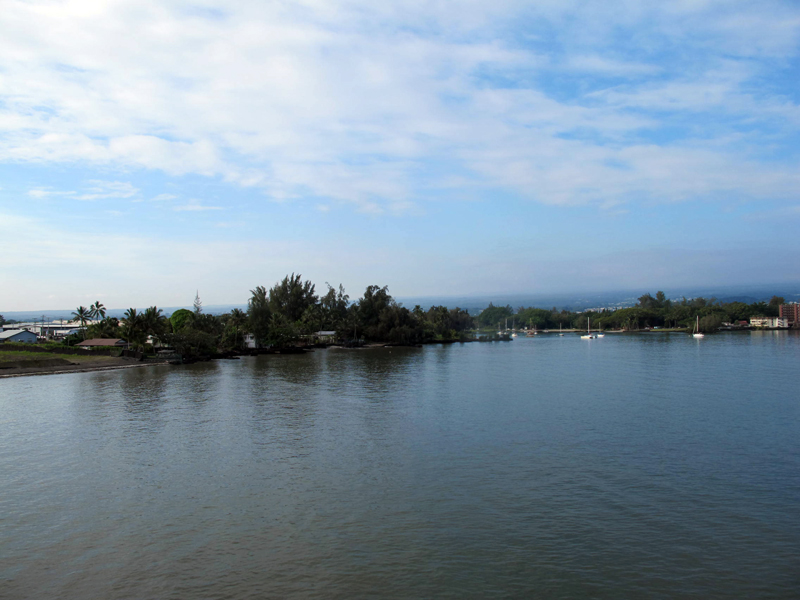
And there were lots of tanning students.
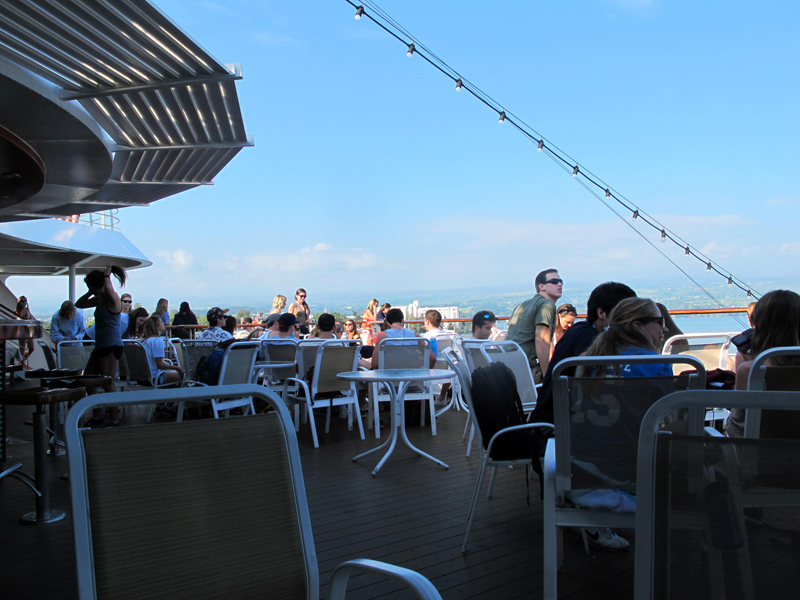
And there was a giant american cruise ship called “American Pride” that looked even BIGGER than our own boat. It made the MV explorer look tinnnnny!
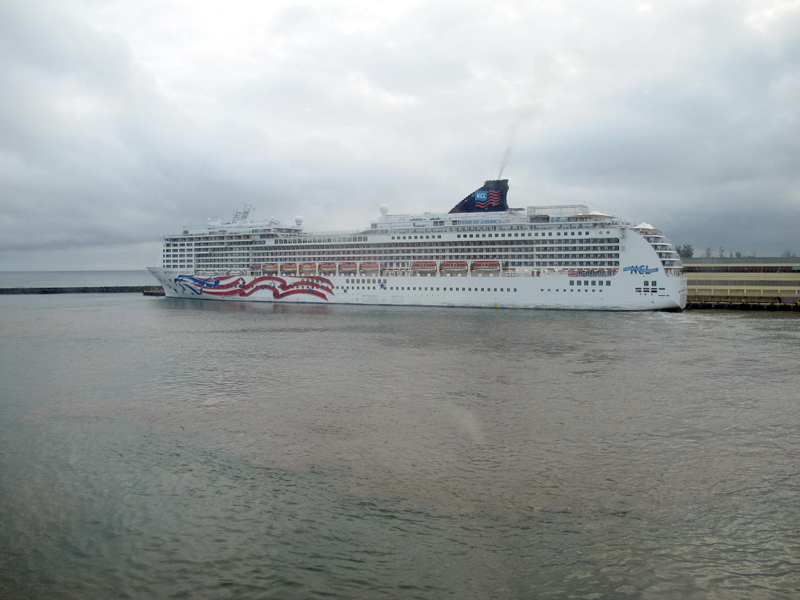
And there were lots of kids sun bathing:

Here is what the “design thinking workshop” was like:
We waited on line to get off the ship:
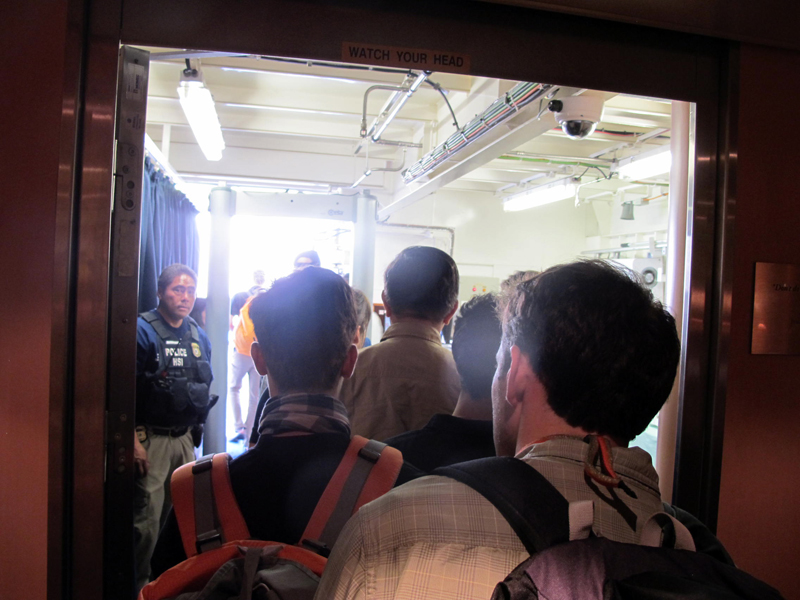
We were like little kids on a school trip: first time on land in 7 days! first time in hawaii ever!


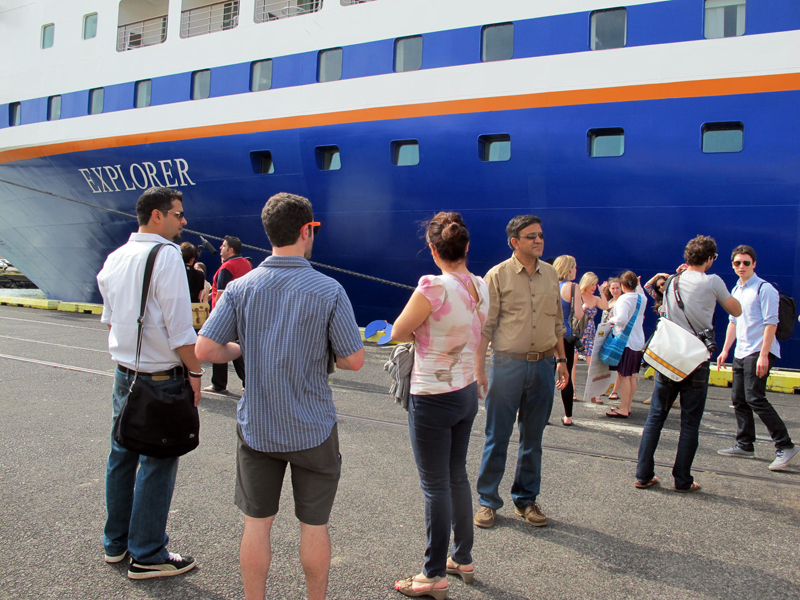
The Mayor’s representative (of Hilo HI) greeted us:
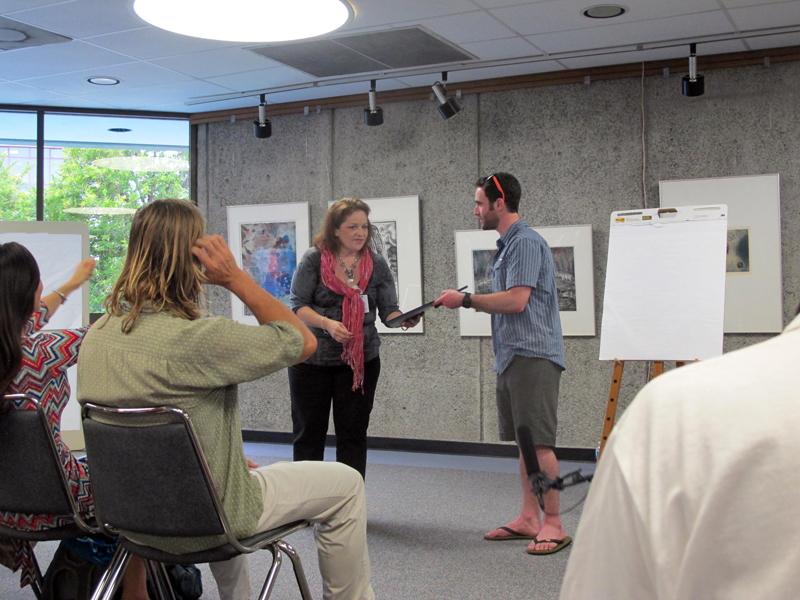
Hank Carson, a researcher at the University of Hawaii, who I had reached out to as he is researching plastic trash and went on the 2012 marine trash collection expedition:
Here are some of our notes during the ideation phase:
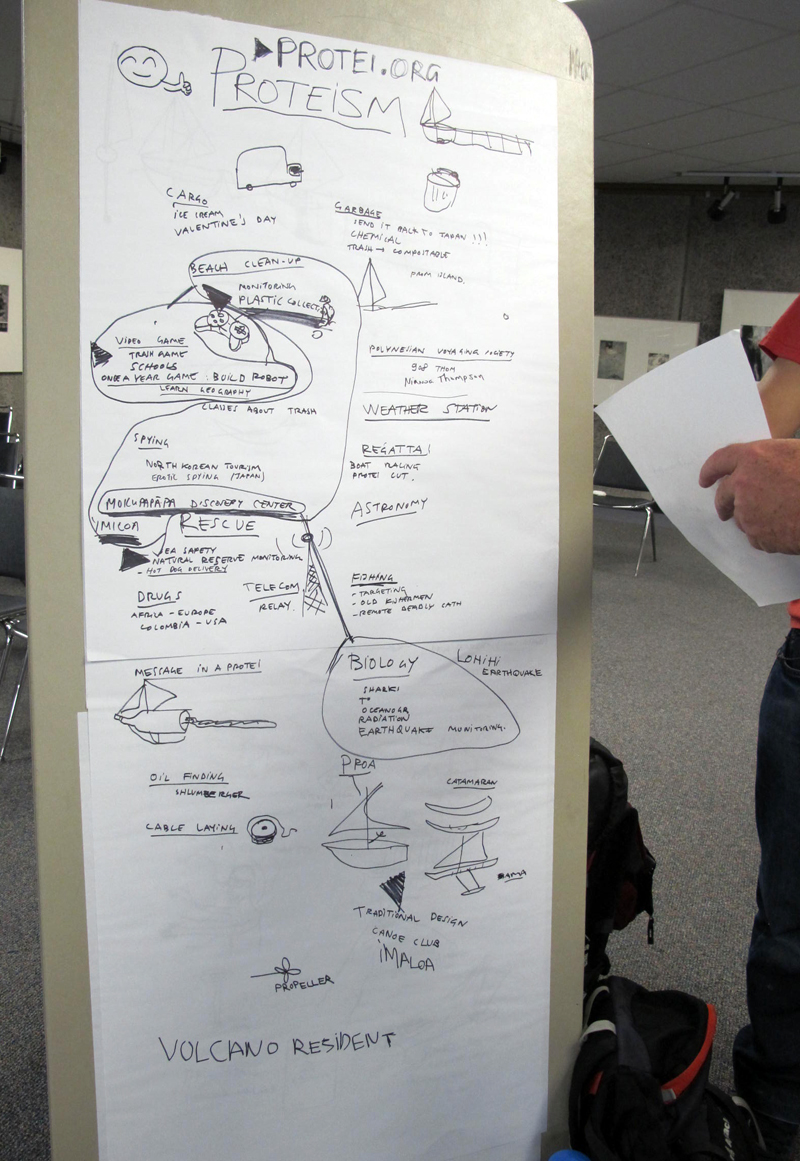
Then we went to Hank’s office, and we got the privilege of meeting Marcus Eriksen from the 5 gyres (5gyres.org) who was in town.
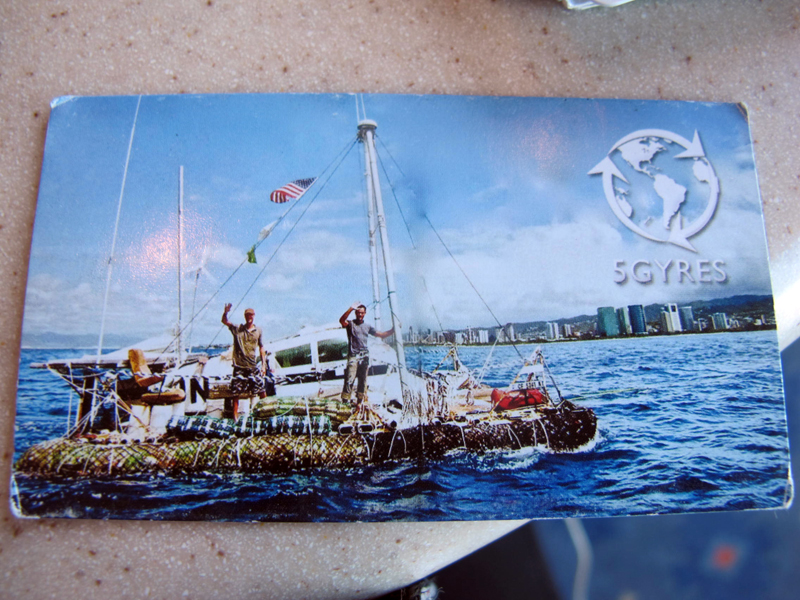
They place these marker blocks in the water at one prat of the island, and then later pick them up at the beaches, using hundreds of numbered blocks as tracking devices. Wouldn’t it be better to have super cheap honing devices on each ones, or waypoint tracking with GPS? I felt that this could be made fairly cheaply but honing devices especially waterproof ones are quite expensive.

Hank also showed us ALL this sand he collected, fullllll of plastic trash particles.
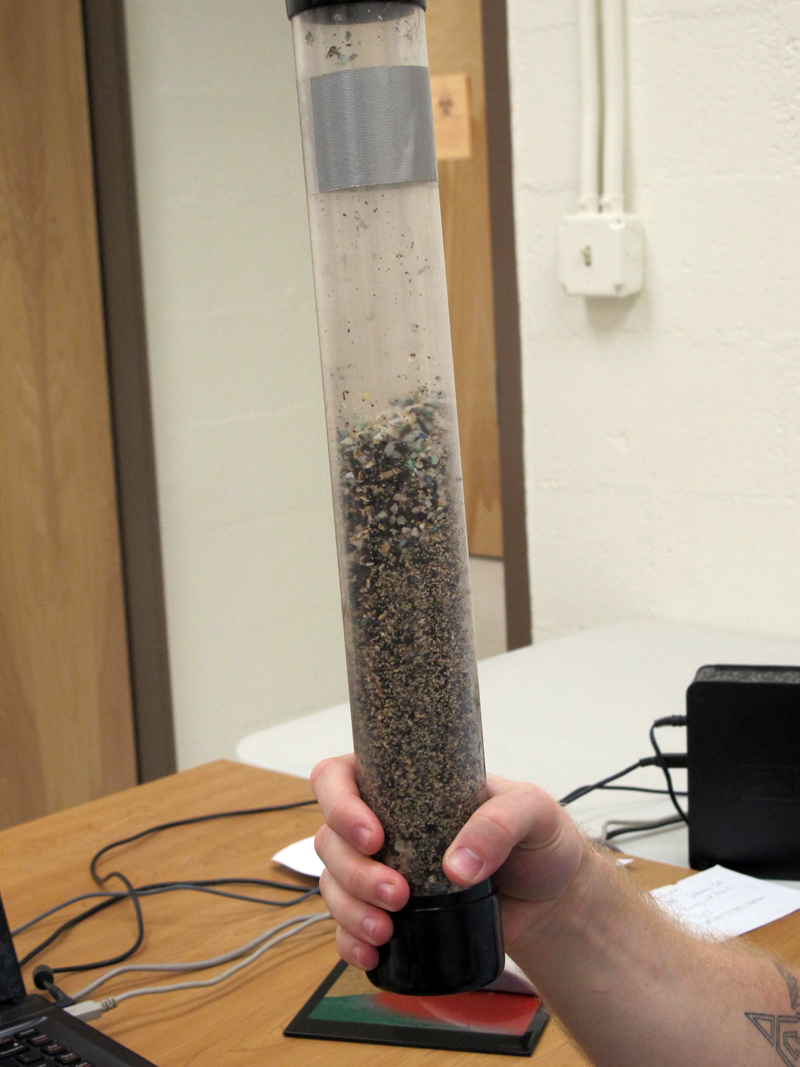
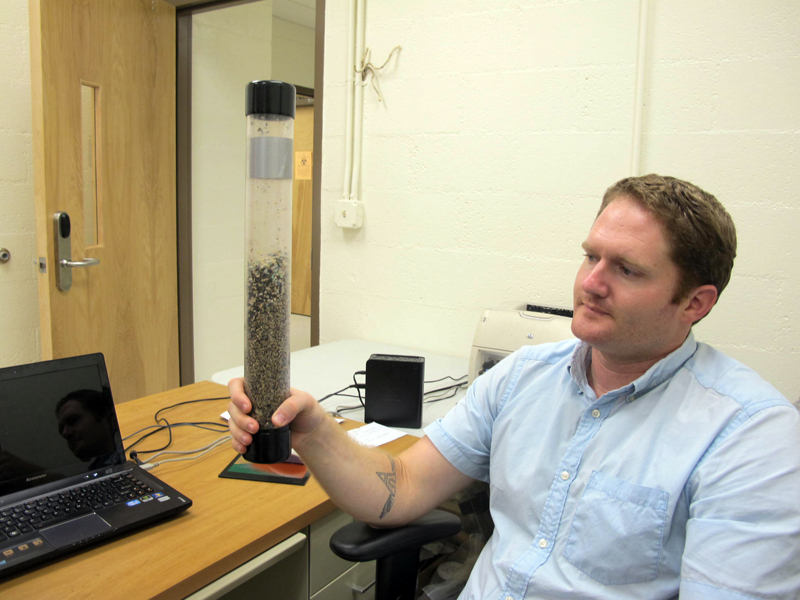
And he has collected a nice collection of toys:
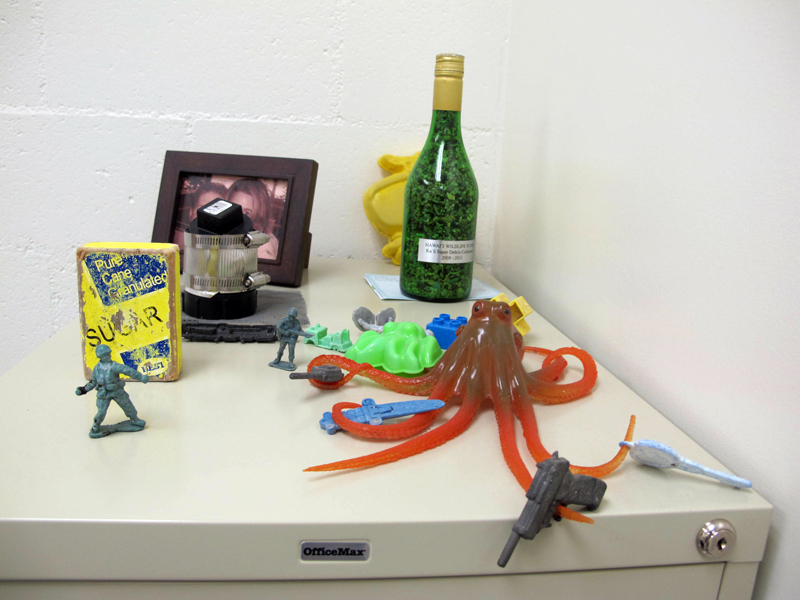
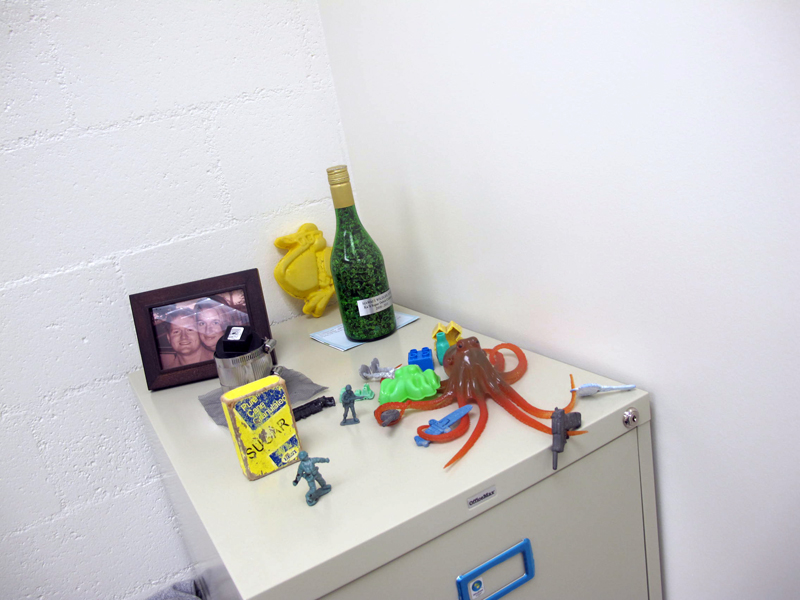
We made our way back to the ship in the rain (although in a cab), then we went out to eat at Cafe Pesto which I totally hated (extremely expensive and not yummy) but maybe I’m just snobby, then went to “The Tavern” and danced a bit 
A bit weird but fun:
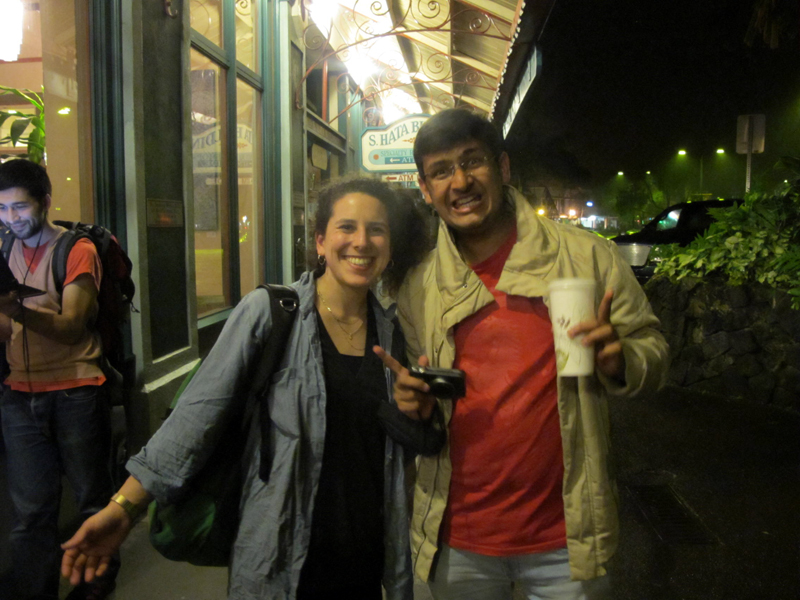
Then we went to walmart until closing at 1AM to pick up some electronics and needed gear.
We stopped in this town, although I cannot remember the name of it, before pulling off the paved road to try to find “trash beach” (aka kamilo point beach)


After leaving the paved road, the crew mounted a go pro on the car with a strong magnet:
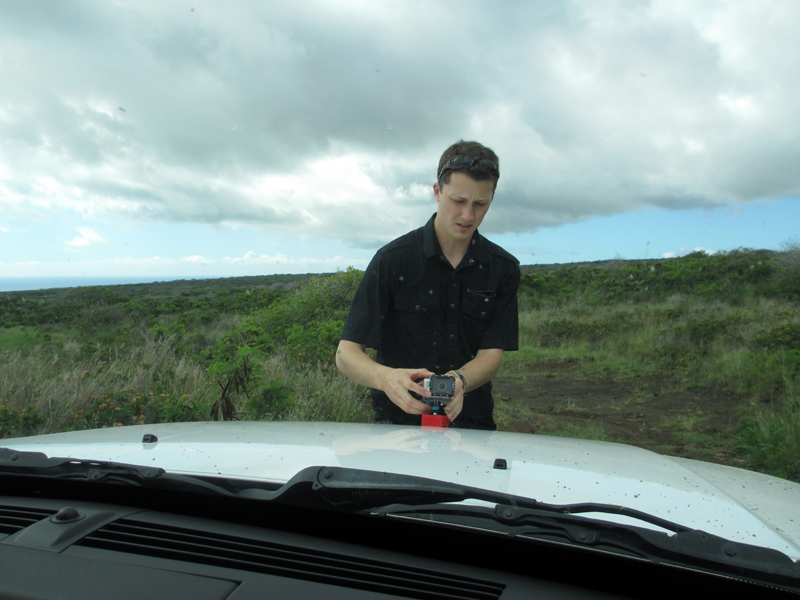
It was clearly a scary road: look what happened :
We stopped at a lava tube that we saw on the side of the road – it was crazy and cool.
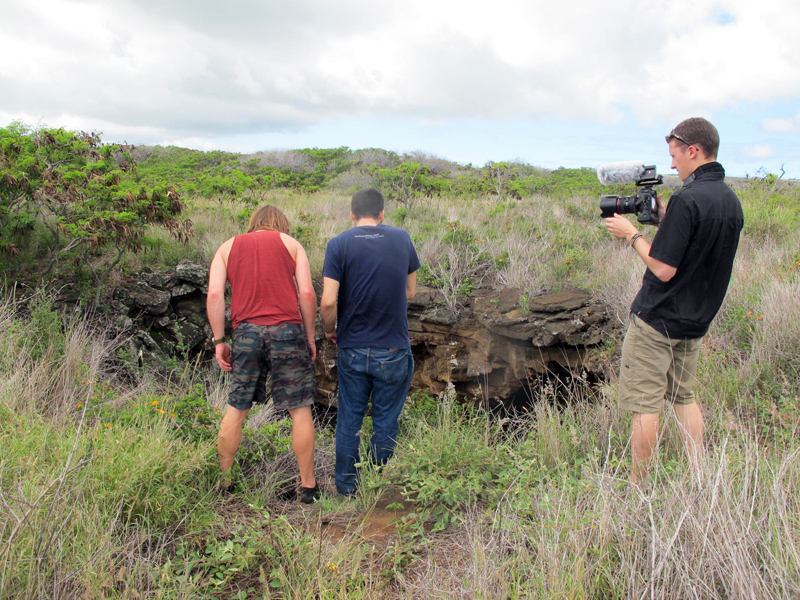
and here’s Cesar in the cave:
And here’re some really cool formations:
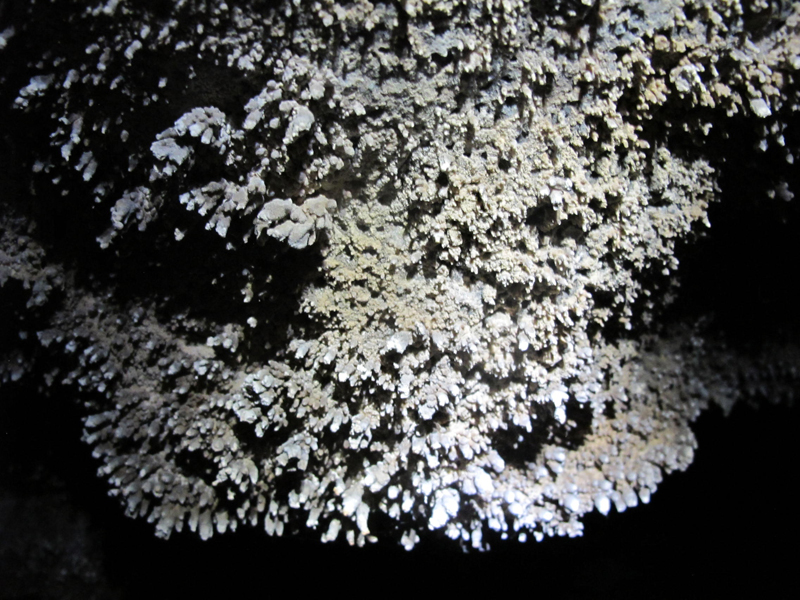
CAR from gabriella levine on Vimeo.
It looks serene but it is COVERED with trash.
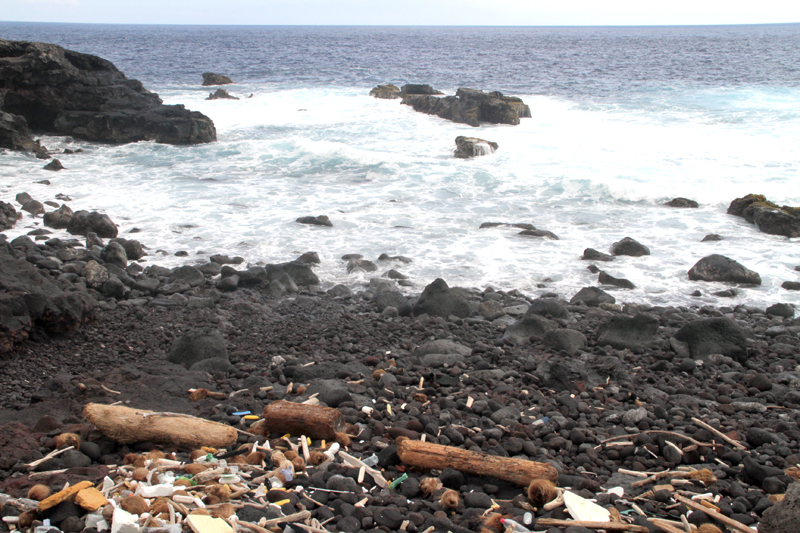
(it is clear that tons of stuff from wood to plastics wash up here)
It turned out there was a hippy festival (a rainbow gathering) happening on the beach at that time.
so lots of camp sites and stuff.
Finally we saw the REAL trash beach and saw rainbow mounds of debris mottling the sandy, rocky beach.
And pulled out into the sand.
There was a hippy lying in the middle of the sand, so I tried to go down around him and realized… we were sinking. And that was the first time getting stuck. So Matt got out and got a coconut and tried to put it under the tire so that we could gain some traction.
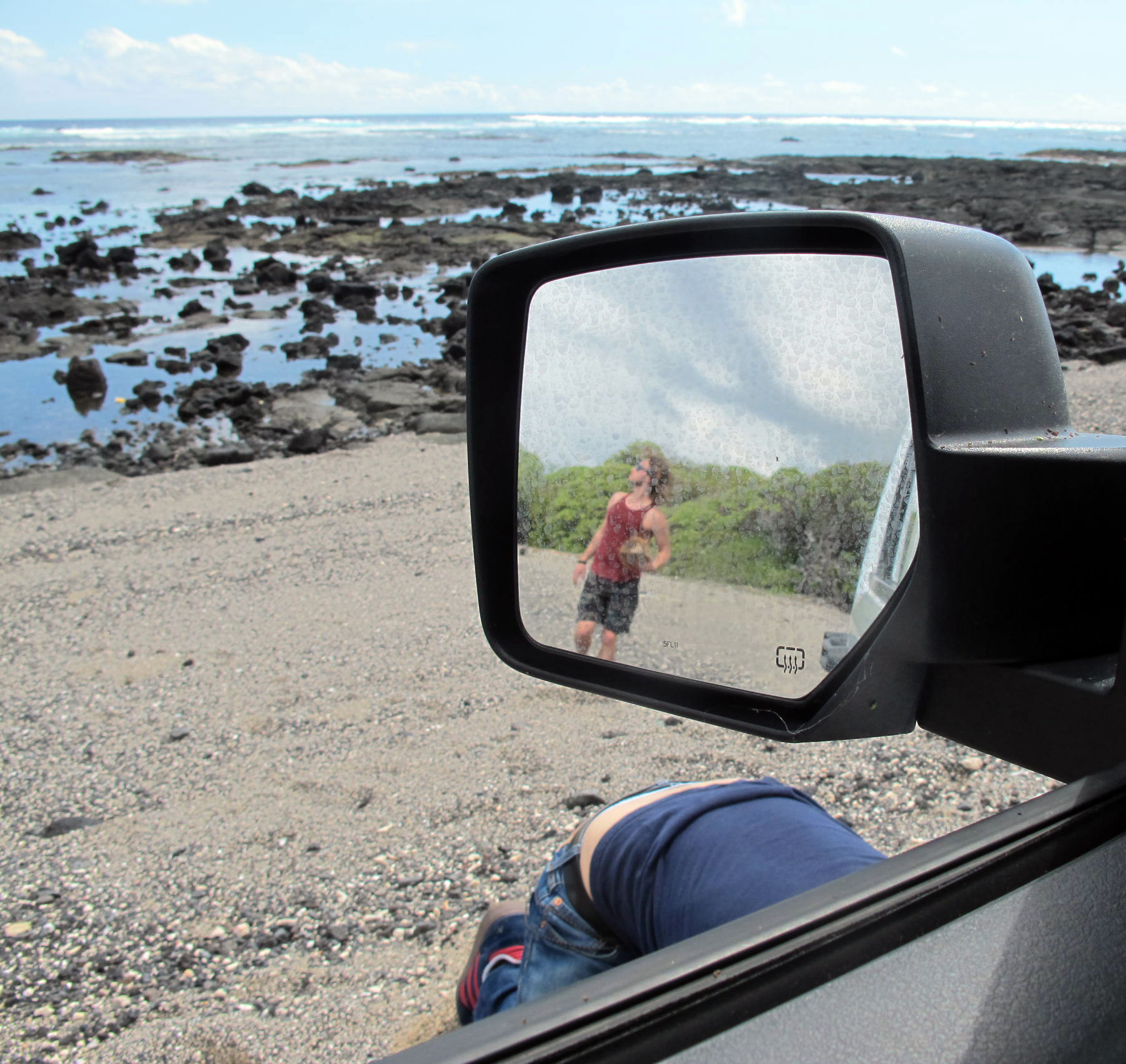
But it didnt work. Eventually it took the help of 10 rainbow gatherers to push the car out of the sand.
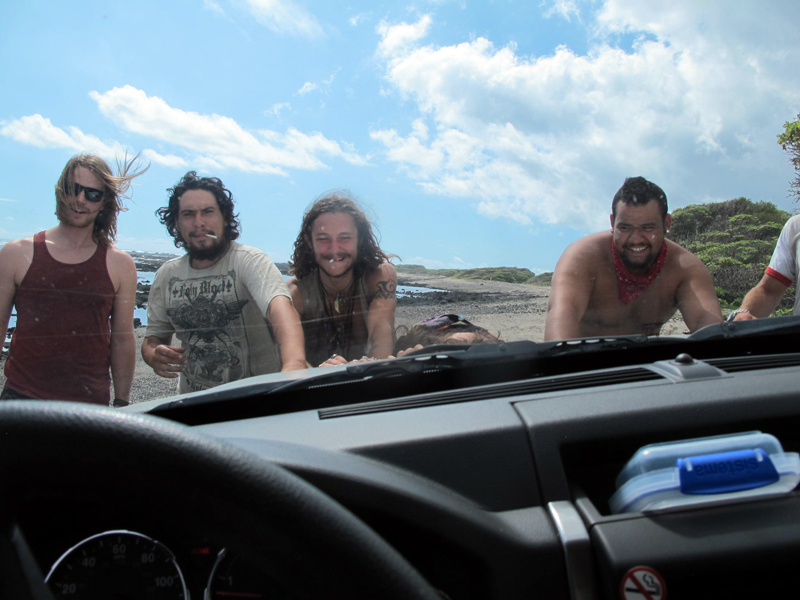
Here are some more pictures of the trash beach, including our sample collections of water and sand / plastic, and some amazing wildlife (coral, starfish, fish, sea cucumber):

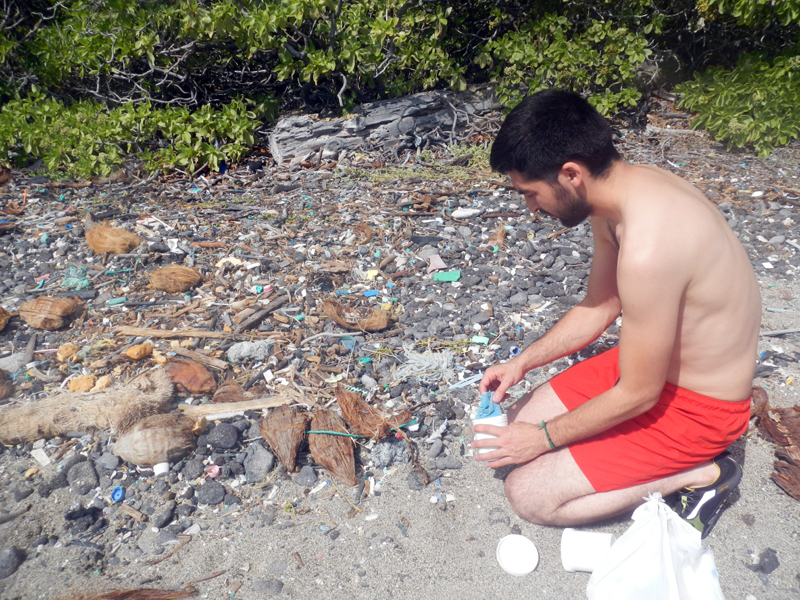
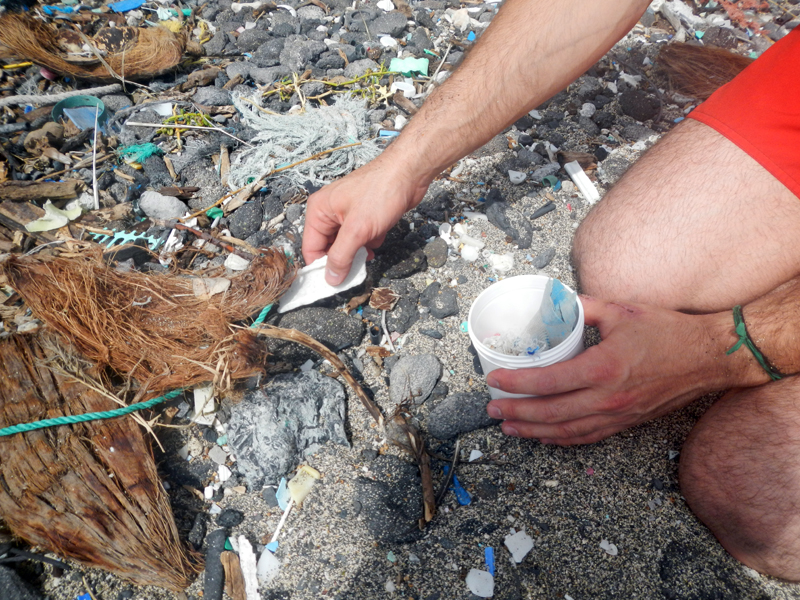
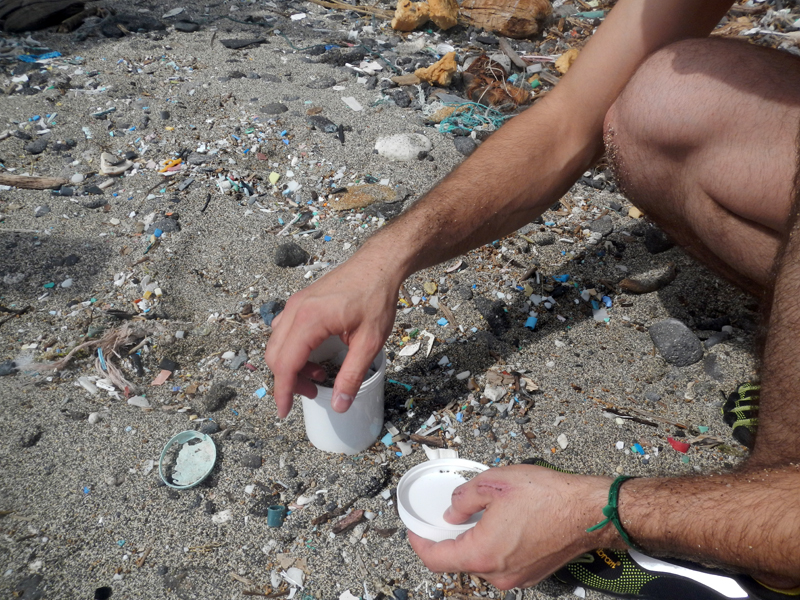
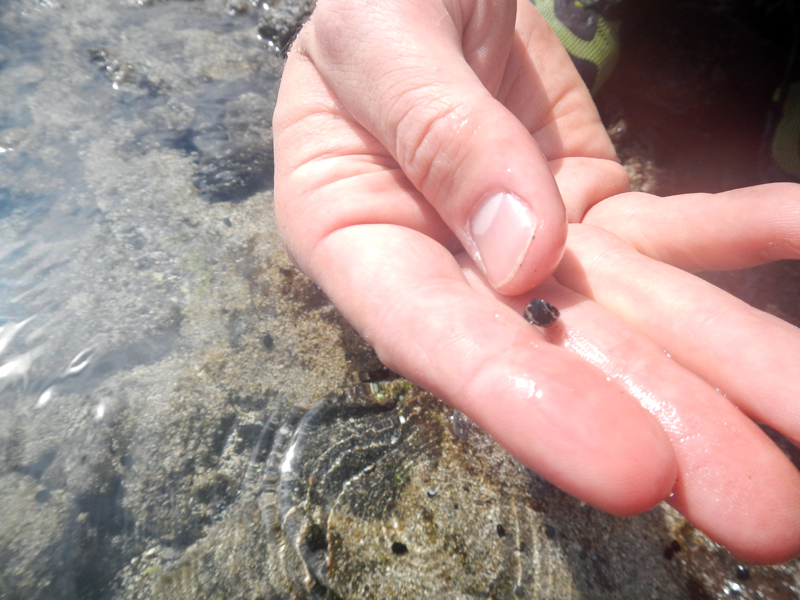
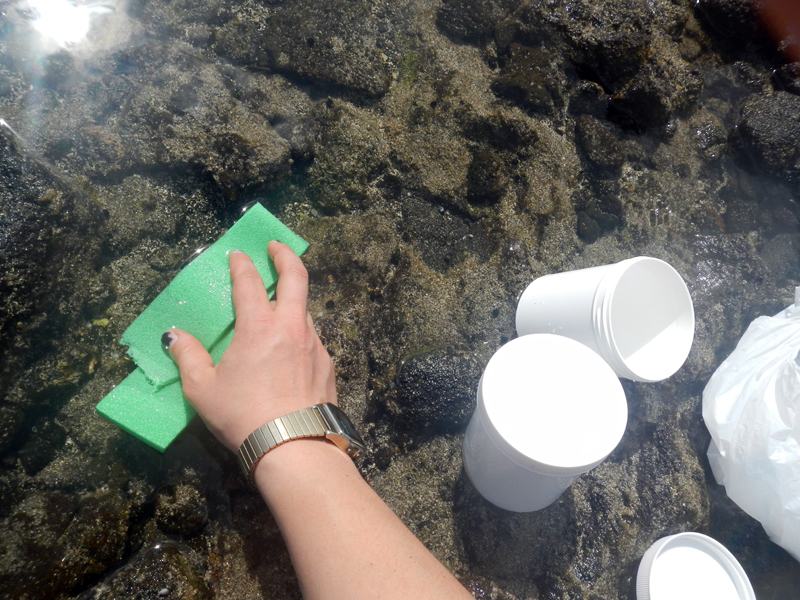
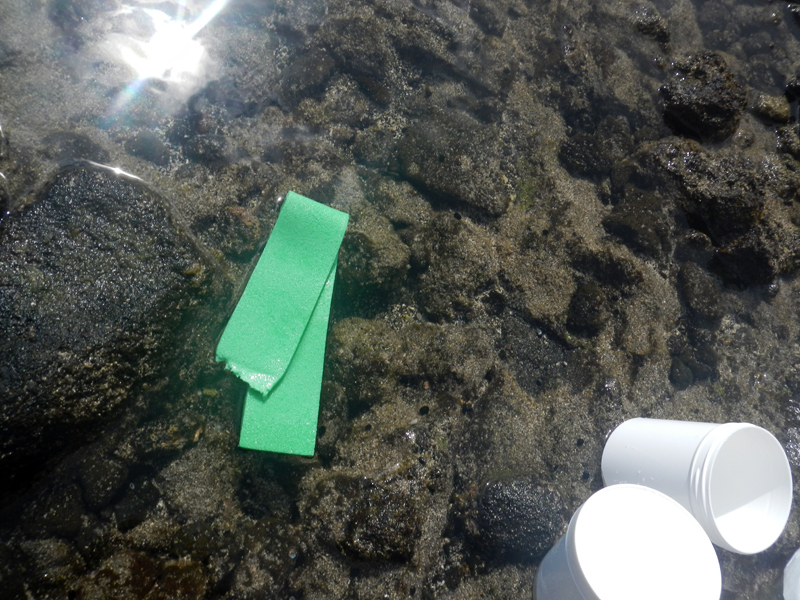
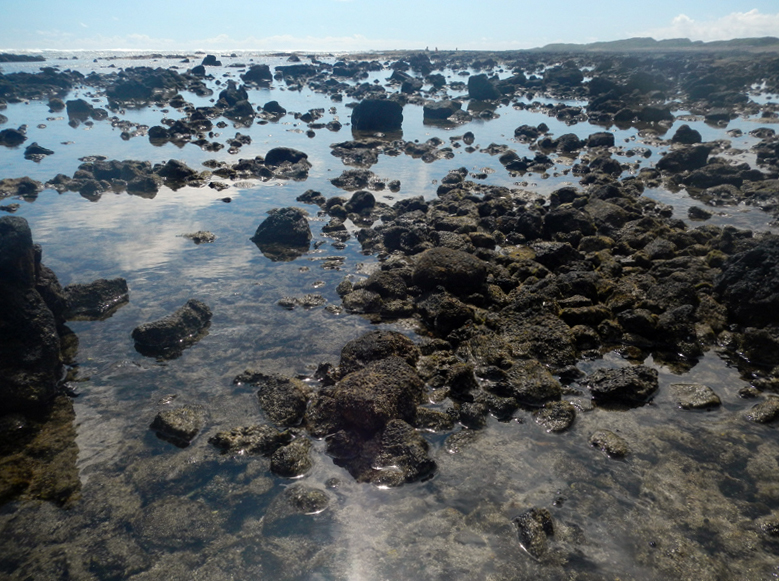
And then we went to a hobby shop to get a remote control, because ours arrived at shira’s house from France a little too late and now are en route to Yokahoma.

Also, here is the Protei business cards that matches Cesar’s:

Unreasonable at Sea day 8
Last night we took some water samples of the Pacific, by dropping a towel down off the side of the boat, attached to a nylon cord. We pulled up the cord and squeezed out the towel into a white container and from there into a glass vial. We also saturated a green Opflex sample. We were on deck five and it fel like about 30 m of line was needed to reach water level. It was a bit funny dropping down the towel along the side of the boat which did get caught a bit in some of the lower level windows. I imagine looking out my window and being weirded out by a floating towel.
We collected the sample from :
Lat 23° 22.82 N
Long 147° 14.93W
15.6 knots
248° course
00:21:19 hours, monday Jan 14
And Sun bathers
Morning meeting with Tom:
Some takeaway ideas : Project Kaisei – “Capturing Gold” : making plastic debris seem valuable, figure out the mechanism
->How do we sell Protei: Positive or negative reinforcement of environmental cleanup? Best solution is to know your audience and meet people where they are, rather than try to convince them. Think of ourselves as parents and show them that there is exciting opportunity. There is a problem and there is opportunity.
->Question for myself: WHAT IS PROOF OF CONCEPT?
->how do we make something: Easy, profitable and classy and what is first? Answer: MAKE A BOAT; partner with a university to get the research and testing done; Then we decide;
BUILD PROTOTYPE–>TESTING (field, lab, CFD) –> SCENARIOS… tell a story, and sit with it for a while
Our Ultimate Customer: Development Scenario
4 sectors: Military / Industry (Darpa), Consumer Robotics (roomba), Greenpeace (non profit / activism); Large corporation (WWL, Exxon)
-but for now: low level consumer creation : academic, scientist, hobbyist
Transparency with the community with these questions is important
Questions to answer: (FAQ)
What is the goal ?
Who is the community?
Who has the funding?
What are our objectives?
What our our conditions?
What are our needs?
Ideas of applications of Protei from Kevin, from Oracle:
For example:
1.on the water during America’s cup, the Buoys at the America’s cup acting as Race Markers are actually boats – that stay in the same place. but in the sea they must be mobile; Acting like a geosynchronous satellite system to replace iridium
2. Search and Rescue – have a fleet of boats operating in a spiral
Here is one experiment with Sailing SAR, and various algorithms for SAR on the water.
3. Tow a raft on the water for polar bears to use as land masses (polar bears are dying in the arctic because of melting ice so they have no land masses to perch atop)
4. Tow and install transoceanic cables, ie to replace metallic ones with fiberoptics
5. Help find new species by collecting microbial samples in the ocean
—
WORKSHOP 3
Tom & Tamsin’s video from the Nike Foundation– the girl effect (girleffect.org)
-they are providing innovation grants along with advocacy, investing in smaller and larger experiments
Another video to launch in Ethiopia:
-the beautiful girl that makes smart decisions – provide inspiration to teenage girls to be role models, providing advice & info to girls that are doing things in unexpected ways.
i.e.: in Rwanda a girl who builds houses – but most people think that girls can’t build houses because that’s what men do.
The latest issue is the science issue… super cool
-Distribution: is lean and done by small group in Rwanda : mixture of people from Nike foundation and local people – they have created trained girl journalists and photographers and provide coaching, training, and help distribution; It is a small country so it allows them to do a magazine
-such as in the back of taxis, 90 thousand copies per country; rwanda – 5K copies are publicized in the countries – ambassadors in the region are distributing
-Challenge that in Ethiopia there are 80 different regional languages; english is encouraged by gov’t but not yet proliferating
-Nike foundation totally subsidizes these local brands (no branding out there in the magazines)
-just investing to get them produced and get them out, but need to get it to be self sustaining
Interesting that the Nike Foundation, they actually don’t have a 1 minute pitch because they usually just give 60 minute talks – how do they sharpen and articulate what we do?
–MICROSOFT story (xbox)
Who are we ? what defines a company?
We are 90K people across 190 countries around the world; Long way to go for gender and racial / ethnic diversities
–What drives us? Bill Gates and Paul Allen believe that Technology can change the world: a PC on every desk
-Driven by big bold goals – but how do we really make that happen and stay true to that? (especially working at a large company)
-Devices, Software, Services are how they think about the business
-consumer focus products, entertainment, etc
-XBOX is about gaming and entertainment – Kudo is the boss who thinks to fundraise in interesting ways: during employee giving campaign – whack a kudos for 25USD for 3 sacks
-desire to be profitable, but also to answer what the marketplace wants; partnerships with nike on fitness; nat’l geo and sesame street… but still supported by blood guts and guns
->Microsoft: key drivers for the future of the business: transformation, natural UI, inventing the future, developer opportunity
QUESTIONS:
how can you inspire everyone? (sounds chaotic);
how do you use sustainable efforts? (not much)
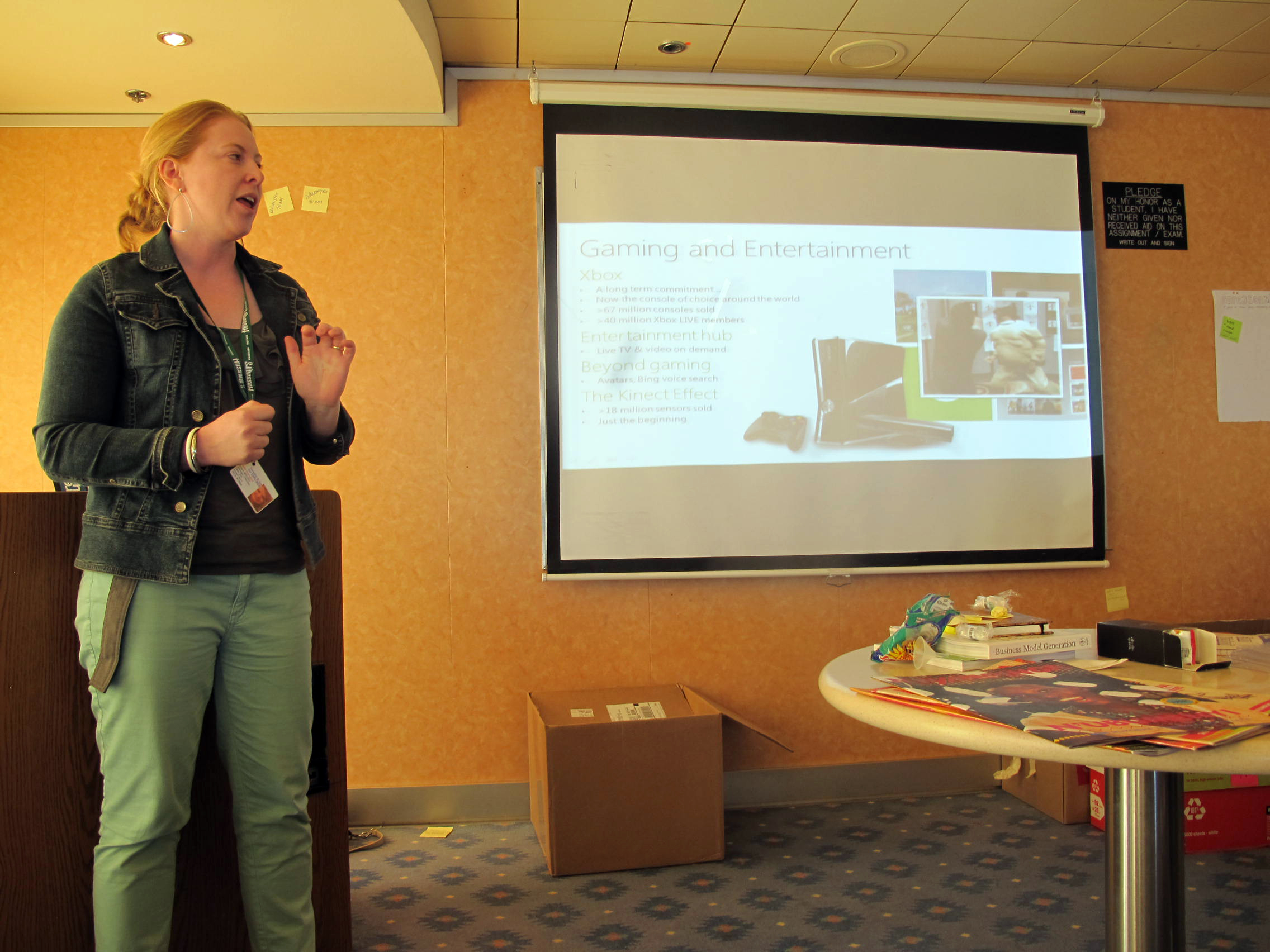
SAP: Carly:
If you always do what you always did you will always get what you always got – albert einstein
-“We were an enterprise, and we were a startup” – headquartered in waldorf, germany because that was the only bank that would give them money and they had to work upstairs above the bank
->A new way of thinking – this is how the d school and SAP have been working together – “we need to change even though we are big and successful”
-small team – startup within the enterprise
-cultural change – corporation but still a start up
–>Apphaus Coop Program – fall 2012 Waterloo Canada
-Coop challenge, making an impression… UX research but some of the interns did not know what it was: it is more about experience – to do and practice – but how do you give that same experience to an individual who is not connected to the rest of the group
-“we want to create a pull where we see how people want to see the info and how we provide the info”
-User research up front and point of view statements – get them out the door fast, see if they work, change it reiterate and GO
-Apps for social enterprises ? -get workers to connect with their work by providing empathy and definition
-Enterprises need to think: how do we do this for the bottom line, how to invest for good will
:George: if we allow more people on the team with real contacts – they have found those values in the team that they’re doing something meaningful in the world (you don’t have to turn it into a non profit project), just add empathy
-How do you deal with iterating and getting something bad out – try to do a smaller than 1.0 release
–>Write our goals for on the ship AFTER the trip, not before 
What to expect when in Hawaii:
Univ. of hawaii: small workshop, lunch, 2-3 hour workshop, bus back to port;
-startup community with people from start up week and tedx
-everyone speaks english – after that, the events will be more challenging
–>The Tokyo event will be completely different: It will be a pitch event, we will stand in front of the audience of ~200 people and deliver a pitch of your company to the entire audience
-Daniel and George will be prepping you as we sail from Hawaii to Tokyo
-format in the US is similar – Puca Puca format of Japan: 7 minutes; 20 sec / slide: we will use a slightly different format to avoid the licensing restriction
->In India we have an opportunity to participate in local startup festival in bangalor – march 7-10: we would have to get all of you to bangalor and house you for the 1st night : lots of people and other start ups including local ones
–>Tomorrow everyone will get on the bus together as we exit the boat in Hawaii
-In the union go to the meeting at 8 before entering the port each night to learn of the local issues
-lots of announcements in the morning when arriving to port: be clear about when to gather, where to meet, and allow time to get off the ship because it takes time (green sheet with schedule and emergency contact)
->Government will welcome us as we exit the ship in Hawaii. WOOOO
8 pm after the hawaii visit the day after – 6 minute pitch about our idea
-20 slides, 20 secs on each slide, will rotate: that is how we will do it in japan
-start working on that immediately
—-
Some digestions:
From chatting with Hunter Lovins:
We are trying to do three endeavors simultaneously and they might be mutually exclusive. How do we be myopic about the goal?
1. Establish Community
2. Proliferate an Open Source Ideal
3. Bring a boat to market
–>I will have to hone in on how all of these together will create a sustainable business model for Open source hardware companies; That type of formula would be exciting for me to take away – what is a successful business model for an open source hardware company, surviving through revenue? What are models out there? Is Arduino and Seeed Studio and other companies generating revenue? Did they all take on investment?
And: a non profit will need $ to maintain IRS tax exemption, $ from varied sources of funding to show that they are also putting the funds into efforts that help others; As that is what a non profit is for.
CLASS 2
relate to design thinking in a real way: 2:15 in the union
—
>>see what’s going on in the world out there (last time)
>>expose you to innovative methodology (design thinking: today)–on huge scale problems; This will be scalable to solve problems across the board
There was a team challenge: We need a cheaper incubator – 20K usd machines as a hand-me-down; let’s brainstorms various solutions for doing so… many ideas
Bad solution is to:
->Accept the problem, then solve it immediately, with another incubator
->is that innovation? maybe not,
HALF THE PROBLEM IS SOLVING THE WRONG PROBLEM
->maybe that’s not the right problem to just make a cheaper incubator
Start with empathy – how can we gain empathy with people dealing with these callings?
-We sent someone out to the hospitals in nepal, maternity wards and saw that there were tons of incubators BUT they’re empty because no babies end up at the hospital: they are all born “in country”
->So lets make an incubator that can be used “at home” in a place where babies can be in these sleeping bags and warm up
-start with empathy, get out into the world, from that comes with insights that you can solve the problems
-design and empathy
–>Now we are trying this way of working on a real project – using EMPATHY
redesign the GIFT GIVING experience
-empathy->define->ideate->iterate
1. empathy:
Interview 1: get a sense of the person
interview 2: Why is it that…? dig deeper; make them cry; but make it safe
2. Define: Needs and Insights
->What they NEED :what are they trying to do?
->INSIGHT: surprising and unexpected results?
->Reframe the problem: USER NEED and INSIGHT
mad lib:(user) —– needs —— because——–.
3. IDEATE: sketch 5-7 radical new ideas to solve the problem
Then get feedback: I LIKE and I WISH are good for feedback
4. ITERATE: reflect and sketch a new concept
Diverse and Unexpected ideas are good
am i generating empathy, testing over and over, vocal for collaboration? good.
Unreasonable at Sea day 7
Today is a free day. Cesar and I have a couple meetings but mostly we are taking care of administrative needs and the Protei website.
Just reminding myself where I am travelling:

Cesar and I planned for Japan:
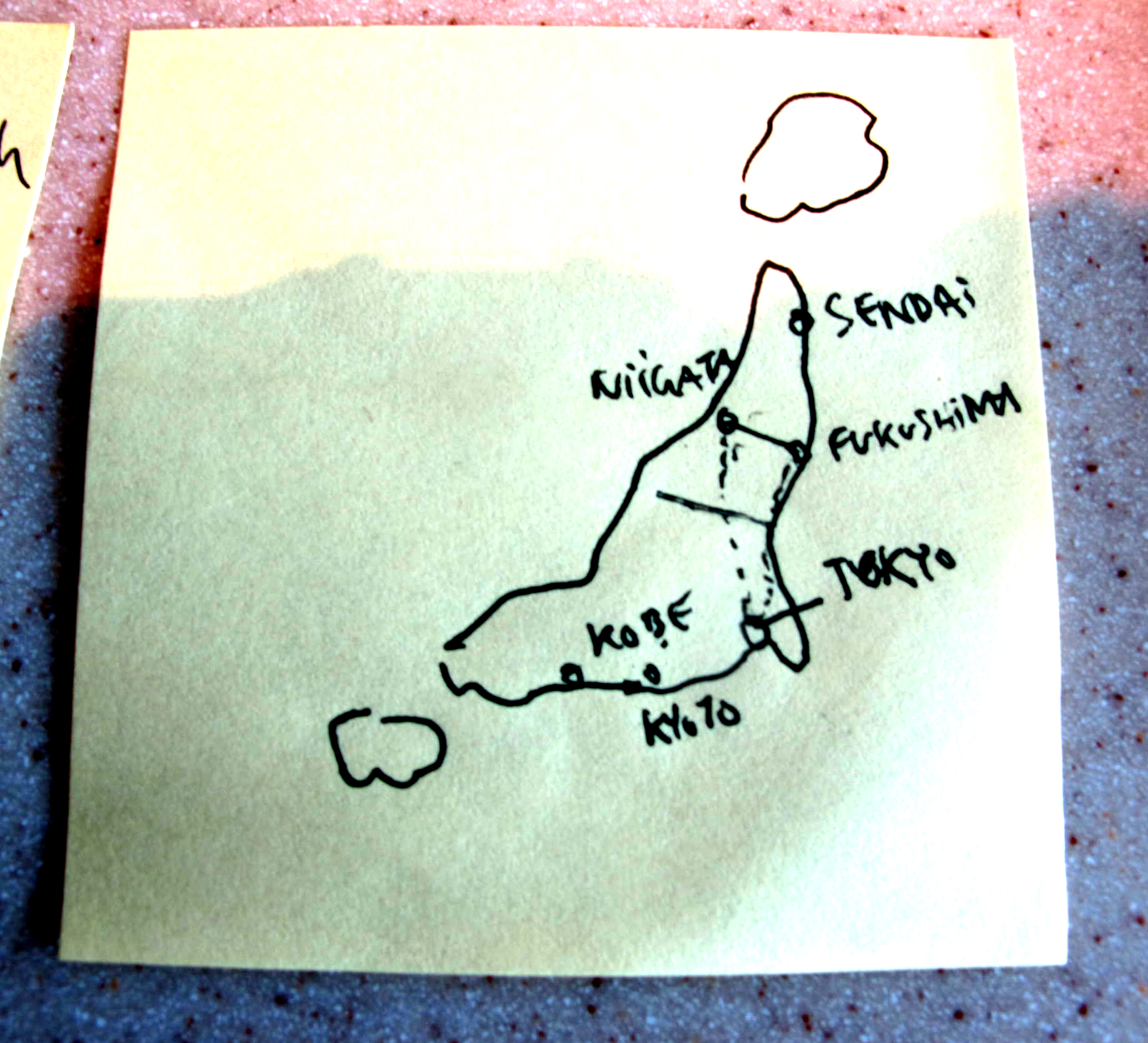
And made a to do list for the day.

I researched about plastic trash in Hawaii, and made a meeting with Hank Carson at the University of Hawaii in Hilo. Hank led the 2012 Marine Litter expedition.
Marcela made these to try to help us reach folks in Hawaii:
I spent a significant amount of time working on my own work, and some admin stuff. It was all in all a good day. I chatted with Ivana and Jack about playable City.
Fireside chat in the lounge with Hunter Lovins
Unreasonable at Sea day 6
Design Class 1:
Just use oil spill as the initial pitch:
Draft 1:
CESAR: intro
Protei is an unmanned sailing robot designed to study and preserve the ocean.
GABY: oil spill
During the 2010 BP oil spill, the coastlines were destroyed and people living near the coast were devasted. But the real tragedy was that they were helpless to aid in the relief because people didn’t know what to do and were restricted from entering the problem area. Current methods for cleaning the oil spill used repurposed fishing vessels dragging oil absorbant booms. They only collected 3% of materials, they were hazardous to the fishermen’s health, and they were very expensive to operate.
CESAR: technology
We are developing a new technology of a flexible hull sailing robot, called Protei. Protei is cheap to develop, uses renewable energy, fast to build, unmanned, and can be operated during a storm.
GABY: community
And, we are making its designs available to the public online so that global communities can take a hands on approach towards oil spill relief to solve marine disasters.
CESAR: Open Hardware
open source hardware means publish designs for other to use, modify, and distribute, ask that they credit us and share back with the community
-develop product and develop a business
—>1 minute pitch: Who in this room helped clean up the BP oil spill in the gulf of mexico?
How many of you wish you knew how to help?
Right now we are in the middle of the ocean passing through millions of tons of plastic trash. Why aren’t we collecting any of it?
Next week we will approach the radioactive waters of japan.
–We are developing autonomous open source drones to clean up and explore the ocean.
Cesar:
Our boats have neither a centerboard nor a rudder. Instead, the whole boat changes shape to pull scientific and clean up equipment. The ocean covers more than 70% of our planet and is the future of our transport, security, communication, energy, and food. Protei is an open source technology. We are interested in hearing what YOU would do if you could remotely control a fleet of our sailing drones any time, anywhere.
VID00007 – Wi-Fi from gabriella levine on Vimeo.
–.Class time with George and Daniel:
Einstein : the definition of insanity is doing the same thing over and over and expecting different results.
Design thinking: –>Finding the problems worth solving is just as important as finding the solutions
1. learn how you can work globally with real companies in the world
2. learn new innovation methodology, in a collaborative experimental way
–>Tom Chi from Google X : how to structure innovation quickly a small group: two methods for rapid ideation with a group;
So: for us with the students: we take 5 minutes to recap our technology;
5 minutes to write to yourself about ideas
30 seconds each to share ideas
10 minutes to collaborate
–>The ideas of students: Transport, energy, research, fishing, imagery, video games (recreational) , justice, general oceanography
–people liked quite a bit the challenge thing – like Heifer int’l, adopt a boat . that is an interesting idea for sure
—
We went to the roof of the deck to practice in front of a camera a few more times so that we had some footage of us doing it. Then we worked more on the website.
–>meeting with Deirdre from the Xbox microsoft team
–Town hall: where we write about our feelings about the program, have a big debrief about the past week
–>focus on a personal transformation – that is a lasting change; lifelong practice
many people’s feelings are they want a little bit more time for their own work in big chunks of time
And then the dance party started…
Sequence 01 from gabriella levine on Vimeo.

This work is licensed under a Creative Commons Attribution-ShareAlike 3.0 Unported License.
Unreasonable at Sea day 5
Super rocky evening
Here’s morning:
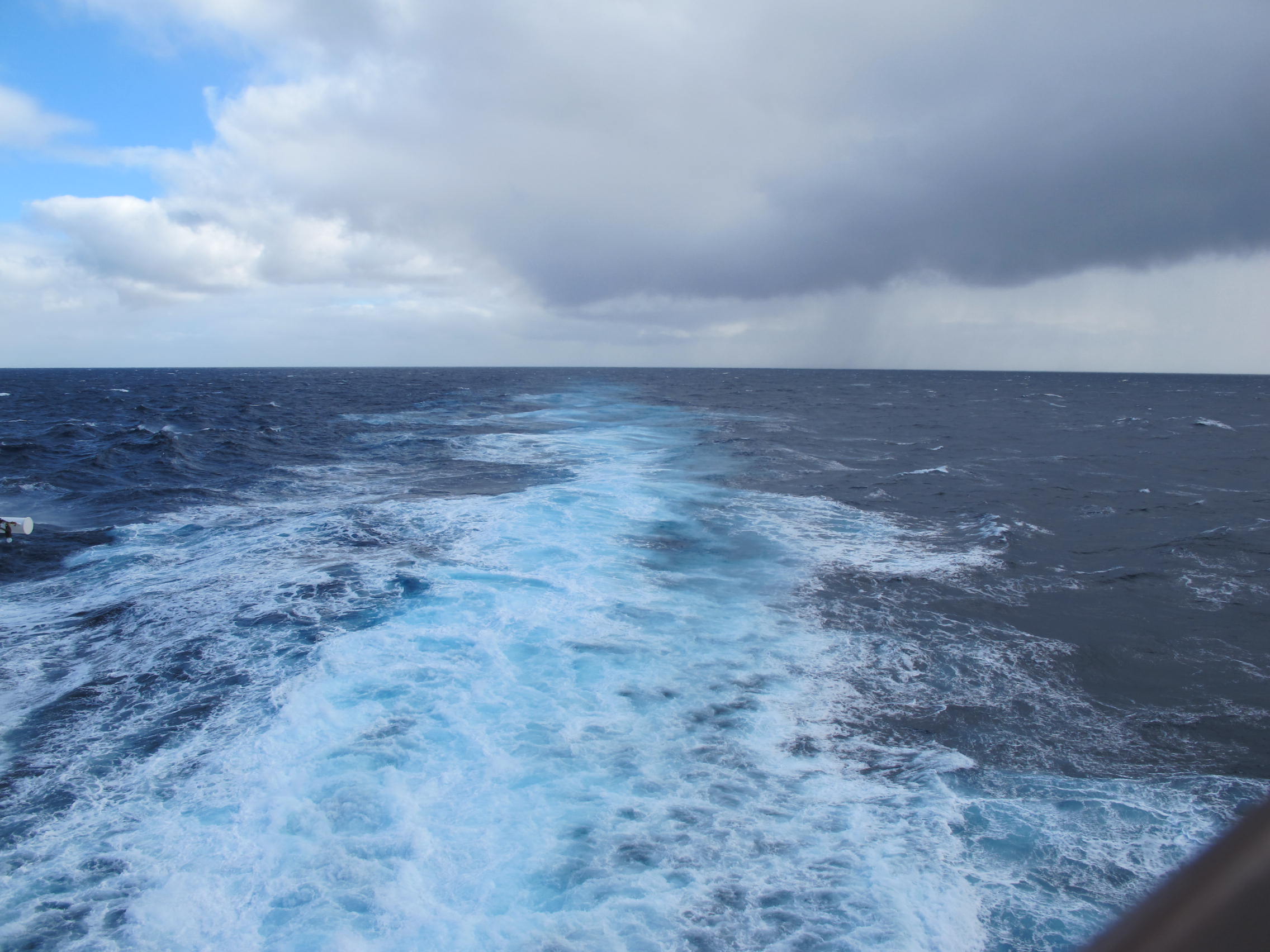
Here’s some images of the ship
smallWater from gabriella levine on Vimeo.
boatRocking from gabriella levine on Vimeo.
longHallways – Wi-Fi from gabriella levine on Vimeo.
Morning workshop
George starts:
The power of Story: how to be a story teller
–>everyone is a designer, designing any type of business is a creative act of innovation
How to tell a story: not just being a good story teller but being a good story finder
3 stations of story telling :
Daniel: sticky stories
Hunter: scenario planning (multiple stories of your possible futures)
George: platform tilt
1. Hunter
Everything that you are being told is someone’s story (some of them or right and some are wrong)
-environmental forces can pose critical uncertainties: what is it that you don’t know that will affect your business: ie, nature of economy, competition.
-from that you build the scenario logics, the implications of the scenarios, and the early indicators
and then iterate…
–>critical uncertainties developed for the oil industry – (dutch shell): NAME THE STORY
GOOGLE: SHELL SCENARIOS and get copies of their global scenarios. public openly.
-what kind of world are we doing business in; what is the focal issue for you? what is it you really care about?
-and what is your story each month in the headline of the nytimes
–>What are we uncertain about? The economy
Economy high—–Low
Traditional —— Change Oriented
-driver of change – sustainability imperative
If you can list out these drivers, they will be true;
-“ABUNDANCE” book,by founder of singularity university
-what don’t we know ? what don’t we know we don’t know? The Black Swan – a surprise you haven’t heard of: low probability, high impact events, these are accelerating and will determine the future – therefore scenario planning is the only way to do planning; predictions are wrong
–mediocristan and extremistan : mediocristan: predictions work if things go on as they are; since the 1950s; in extremist an all bets are off;
-when you have build a strategy there in the uncertainty section, that is successful; but if you redefine what matters if it doesn’t, that is bad; so ITERATE, and look for early indicators; if none of these stories match reality then do it again;
-we have just done the rudiments of a set of scenarios
the bottom line: use costs well; treat people well – work harder, more productive in traditional productivity measures; lower cost of attracting and retaining (HR costs change) -how do you reliably track worker productivity to give businesses different value based on sustainability
2. George: platform tilt
This is house people think, and this is the way people listen – give them the hook that allows the m to listen for a second more
Storytelling: a story is a human driven narrative
-build up and release: user, need; but the bigger build up and release leads to a bigger build up and surprise – and then you’ve earned attention for longer.
Can you set up a bigger set of expectations?
-ie welcome to stanford – show people why it’s known of the center of innovation, then surprise them with … but it’s not about design and it’s not a school; its the most interdisciplinary place on campus; but there are conflicts and …who is your audience
—>Coastal residents living near the site of Fukushima wonder if their home is contaminated. They look to TEPCO for the radioactivity contaminating the air. Tepco is funded by the government and in close ally with the nuclear power industry in Japan. They say it is safe. But there are no boats traveling along the shore. Residents want a way, ON THEIR OWN, to take a hands on approach to learning about the contaminating radioactivity in their homeland. Protei would allow local residents to take a hands on approach to measuring radioactivity along the coast lines. Protei would make it not only easy to deploy data collecting boats embedded with geiger counters, but also fun and a learning experience. Residents would feel more of a sense of independence to take control over their own safety, rather than looking to industry to feed them answers.
–> hmmmm … where is the hook?
look for the “tilt and climax”
I guess I didn’t do a good enough job : set you up to empathize then turn to villain – set up nice story, want to believe the good, but not doing a lot of good. or reverse: as long as you have a character, there is a lot of villainness you can observe to still be a person
-your insight is in contrast to others expectations
-surprise, bring along the journey, in an honest way allows you to be more open
3. DANIEL
sticky stories
the book “made to stick” investigates why some ideas die and others travel around the world – how an idea can spread around the world and not lose its original meaning
-think of Telephone game – things change; but some proverbs and sayings that stick
-story is: a guy finishes a hard day of work and goes to a bar; at the end of it is a woman in a dress red – too scared to sit down next to her but then she walks over to him and asks for a drink – next thing he knows he wakes up in a bathtub and is bloody and then sees on the bathroom mirror “you’r kidney has been taken call 911”
1. SIMPLICITY
capital murder lawyer – never lost a case – in texas – the key to being a capital case attorney, trial lawyer: you have to convince the jury that this person is guilty or not; the KEY is ONLY to share ONE reason why that person is guilty
–we struggle with this – we share EVERYTHING that is awesome about the technology – 30 sec pitch – boil it down to one point that is most important – the goal is not to tell them everything but get them interested , care, and remember, and ask about more
-MASTERS of exclusion
2. Unexpectedness: we must VIOLATE other people’s expectations –
— make it COUNTERINTUITIVE – the data speaks for itself – deaths by sharks are 6 per year but everyone’s terrified because of an incredible story – jaws
-put out data but still people are killing sharks
-but bambi is more deadly than great whites : bambi sticks, not a number (500 deaths by deers in us, 1 by shark every two years)
-what drove them in the 60’s to get people to the moon is one singular goal (get to the moon)
3. CONCRETENESS: NOT a mission statement – a woman spread a rumor around the world, a mom concerned about halloween; but parents were concerned that kids were going out and taking candy from strangers – a mom spread a rumor that people were putting razorblades in apples – it wasn’t true – so concrete ,tangible and tactile
4. CREDIBILITY – it doesn’t come from numbers – it does with an investor and he needs concrete outcomes before give you money – but telling someone about an idea – numbers suck – how do you get credibility without data – jfk – run against nixon: could have said a lot of numbers –
but instead: ask yourself a question – are you better off today thn you were four years ago – vote accordingly.
personal resonance, rather than from data;
5. NEED TO BE EMOTIONAL – the problems you’re solving are about what people desperately care about – the WHY is your most powerful tool – that’s what typically sticks most
-American health org – movie theater – butter / popcorn coco oil
-when you think about the importance – story telling is important, it will change policy, make your idea go viral – people will care about it –
6. storytelling
ACRONYM – success
simplicity, unexpected, concrete, credibilty, emotional, stories
Debrief:
sell product, tell the story of the company
Tomorrow: in front of 200 students
say what you do, and what do you want to explore with them, what you need help with – surround you, leverage a group to help you workshop that challenge
-rapid ideation and problem solving
CARLY:
-hwo do you expose the needs you have as a company and that you need; What are your strengths and what are you interested in helping with;
Cesar & Gaby – Website development for Protei on Magento
One on One with George:
Evening chat with Deirdre
–How does a company approach a company as large as microsoft?
dont avoid working with a company because you have a certain perception?
-look for the right department, identify the need, reach out to them
-any advice about collaboration with xbox
Unreasonable at Sea day 4
I woke up and went running. The treadmill is crazy to run on when you are on a ship that is rocking constantly in all directions.
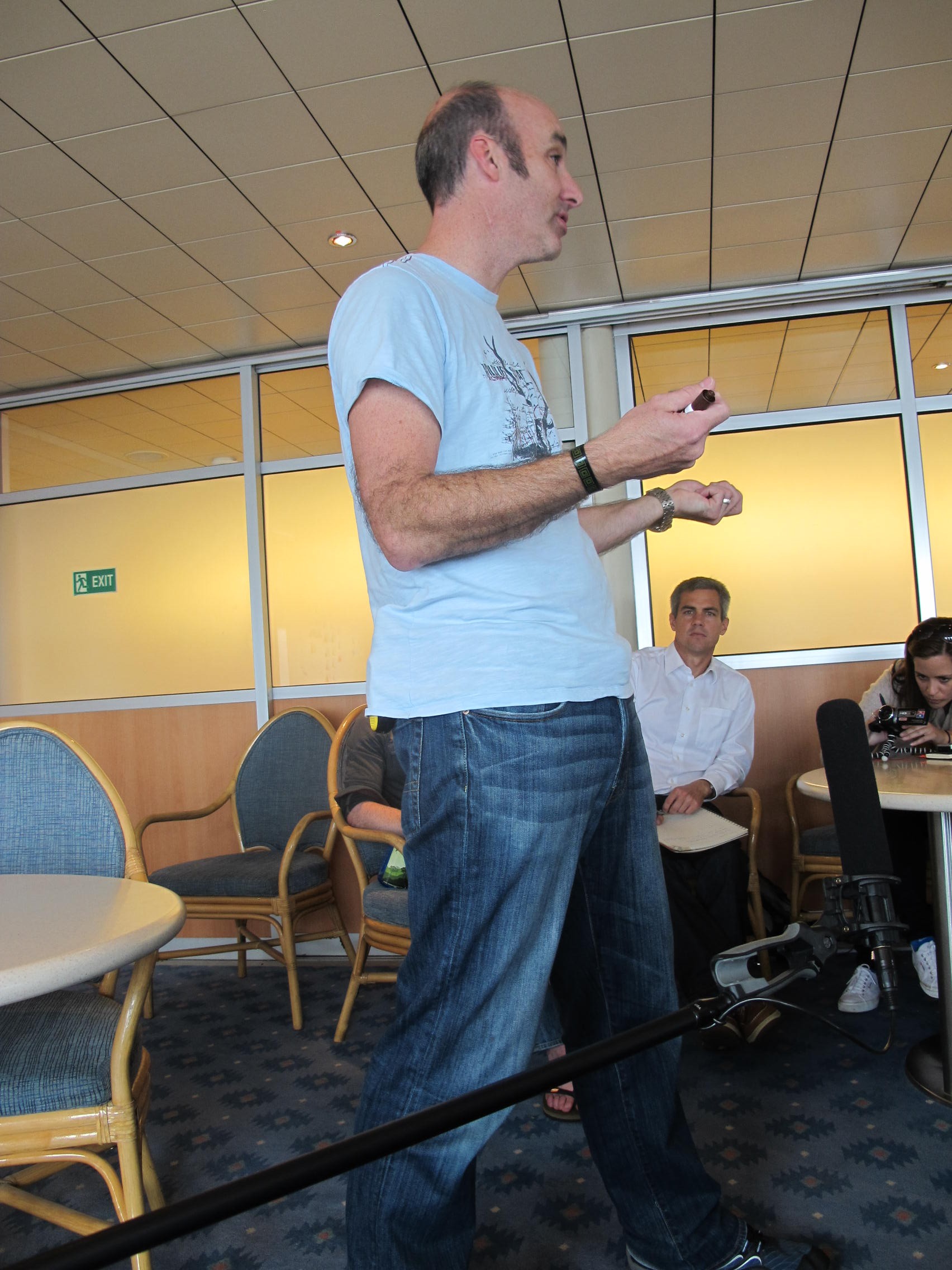
Morning: Workshop 1 with George Kembel, 10-12:30
1. expose what our company is all about
2 flipcams and documentation
–>George asks questions about the companies and we pay attention to what george is “after”
http://unreasonableatsea.com/prakti-design/
What is your company about? Who is it for? how many and what type of people? have you met people who cook with your stove, and without your stove?
why do they need your stove? save money. they buy it for reasons that are different than you think but why do you think they need it?
What was george after: understand the customer, relevant for its purpose, get the value proposition
-Highlight that he was after the human element
First he answered technically, but what does that mean to me?
Most people talks only about the solutions. Half the failures in industry are because you solved the wrong problem. But it’s Necessary to frame and understand the nature and need of the problem
But even for successful companies, sometimes the new market will be hard to fit into if we don’t constantly question redefine and learn if you have clarity on what it needed how you adore going to solve for it
In order to teach innovation & problem solving : solving is as important as the business and technology element, and state THAT independent of a solution
Elements that comprise Point of view:
User, need, insight
Who is this for? What do they need? Why do you have insight to solve for that
Eotional statement of the user: “she no longer smells like smoke”
Give the solution as an answer…it is a noun. A stove. That isn’t a solution. WHY does she need a better stove
Solution agnostic needs:there are different ways to solve this but if the first solution doesn’t work then how else cAn we meet ther needs?
Deeper you can get into what it means: “People don’t buy with their wallets but with their hearts”; Profound reason to engage with company
Empathy…have ideas that no one else has and can make someone’s life better: Varies with dif market and person
Then turned it from the human point of view to the market. Get someone to connect on an emotional level
Now, for Protei:
emotional language
–>USERS: (start with a story)people who have been struck by an environmental disaster i.e. fukushima, chad lake, ensenada red tides, residents of gulf of mexico. Fukushima residents wondering about the truth – should we leave or not, will we get cancer?; Tunisia / Italian immigrants – should we need surveillance from shore to see that we are dying?
proliferates much further than the coast line
–people are eating the fish from the water (oil spill, food, radioactivity contaminates the fish; widespread to many countries
–>NEED: Make ocean cleaning accessible to everyone – unite a non profit with a commercial group; these people need to be able to solve their own problems, and not wait for industry or government to do it for them;
–>INSIGHT: We are bridging between industry and the local people with the use of a new technology , build for maximum innovation; licensing, collaboration model (global decentralized research)
–many potential customers, start with the consumer because we are building from the ground up, in order to build for innovation and get a community to contribute to our technology
–user has a need, how your tech solves the problem
–what if the user doesn’t see our problem?
–tell someone: what do we do with oil? what do we do with trash?
latent need: how do you convince people that they actually need this, they cannot express themselves?
like the iPod, they did not know that this was out there but it is better
-you are not going to be told what you need to solve but by listening to them you have to make a leap. put something in the world, tell it in a story telling way. innovation: give someone something they never thought they’ve needed, then make them feel they can’t live without it
—> is the consumer who the story has to be about? i.e. we all want cheaper cars but don’t want to sacrifice safety
-but the consumer is actually going to be big industry, GM
-understand context and story at a much deeper level than the function they’re solving
advantage to come in and improve that – internal compass – question: do we know why we are doing what we are doing – draw from it to tell stories
Debrief – design thinking practice is very iterative, constnaly changing and redefining ourselves to be an adaptable organization because the world is changing fast;Adaptive and emergent
so open source : User development and low level innovation – the user and consumer also shares in the solution and defining their problem – is that what crowd and open source means?
there are many solutions, so a company needs to keep in mind that, and the problem that they are solving: brainstorm for the options then test for the best option
PART 2
flipcam
Cesar and I chat about our short term goals, long term goals, and how to organize the rest of the trip and each port’s goals; lots of notes on trello
-immediate needs: community website for research; commercial website for protei
–>protei’s applications are really broad, the destination will define the application (japan – radioactivity; hawaii = plastic trash)
-community : our clients and generate technology, buy products, use the license so they know the conditions for sharing ideas
-website: wikipedia but with proposed solutions: social media times wikipedia
“Fireside Chat” with Tom De Blasis, Global Design Director for Nike Soccer
-background, designer, global events, designing through one object to effect global change; brainstorming about ideas for helping out haiti – then figured out need to understand the user and understand the need
–what could possibly nike have to offer in a disaster
–as a designer, trained to connect things – look broadly and shallow, rather than deeply : situation with water… poor quality
–social entrepreneurship, design thinking : it’s the future, starting to coalesce
Unreasonable At Sea Day 3
I sit in the student Union and the ship has departed 3.5 hours ago from Ensenada, heading to Hawaii. http://unreasonableatsea.com/?page_id=93
It is DEFINITELY rocking, there is someone near me who has already taken ill, and there is a sliding door in the auditorium that is creaking as the ship rocks. Seasickness… hasn’t hit me, luckily . what a mystery.
But travelling in the winter, through the pacific, leads to perhaps a rocky ride.
My day in numbered format:
1. breakfast at 6:30
2. a bit of work and a few calls, including some admin / logistics for Protei INC back in NYC, while Cesar collected another water & opflex sample
3. We met Julia from Amorphica and walked to get coffee at a cafe. We talked a bit about Protei and Amorphica working together in the future. Would Amorphica be interested in being a part of the process of manufacturing Protei? Would Mexico be a perfect sopt to manufacture Protei? Would Amorphica be more interested in some of the Oh2O research?
4. We met Aimee, a friend of Lina, who we met last night, who kindly drove us to the Biological Oceanography Department of the Oceanology Division at CICESE to meet with Helmut Maske, researching Plankton Ecophysiology. We had a long chat with him and his PhD students, Mary Carmen, working specifically with surface temperature stratification and its implications on the transport of surface algal blooms (or red tides). The goal of the meeting was to see what type of water samples we could effectively take while at sea and while at ports, what we might be able to test for (including plastic trash, biological particles & metals, and how we might filter for these particles. Some more notes & photos are below.
5. We Head back to the area of the ship, via taxi, with Julia. We stopped to grab food at an awesome food card called Sabina Bandera, according to Anthony Bourdain, an unimposing looking cart in a corner. It was the 2nd delicious Ceviche I’ve had in Ensenada. It was super delicious.
–>on the way back, we stopped to take some water samples by the bay.
6. We board the ship, a roommate moved into my room, sadly as it sounds, but it shall be good to be a sardine like all the others.
–>One cool thing is that we get 25 hour days due to gaining one hour each day
Welcome in the union: special welcome to desmond tutu, who is the:
–son of 4 children, father of 7 grandchildren, husband of lia, 3rd semester at sea voyage
Students can call me father or arch, but not by my first name . Faculty can call me father or arch or desmond. Just please say it nicely.
Notes from the lab:
>>Plastic trash & toxicity can be tested, but using specific instrumentation. A good place to get samples from is from the cooling intake of the ship. Testing Chlorophyll closer to the coasts especially near Hawaii and Japan will be interesting. Chlorophyll Fluorescence sensor, a dissolved organic fluorescence sensor, and a phycobilic protein fluorescent sensor could be interesting. Check out : WET LABS and SEA Bird for sensor companies, both based in oregon. 3 channel sensors, about 8,000 dollars, 12V power intake, possible have serial signal output. We can also buy a sensor for CTD: temp, salinity, depth. We can also look for CDOM (color dissolved organic matter), looking at different organics with different properties. Oxygen however isn’t interesting to measure, but salinity and temperature are. So Temp, CDOM, and Chlorophyll as we move towards Japan and Hawaii coasts would be of interest. Then we got into talking about radioactivity dispersion, and he mentioned the interesting point that there is much history of bombs being used to study the circulation of oceanic matter.
Then, about plastic trash: filters for plastic will pass the garbage patch, and he said that as we can visually see the garbage as we sail, we could ask some of the sea men on board to grab some water samples for us in a milk jug. We can also use a fishing net with fine mesh because most of the trash is tiny, about 1mm. We went outside to see some of his equipment that he has developed for water sampling, and he mentioned a few times Bigelow Labs, and Barney Balch who samples from halifax to portland, ME.
Seeing dissolved organics: use fluorometer, but it will be hard to see in low concentrations. We cannot see bacteria but bigger phytoplankton with a 400x microscope. To get higher concentration, use a centrifuge then filtration. But how can we get this equipment on board in a practical way? Well, we can get a manual filtration pump and inline 47 or 25 mm filter holders. We could then fix the samples in counting chambers using lugol, and use fluorescence to search for chlorophyll.
–>Micro-Manager is an interesting software, javascript based, open source
–$500-3000 dollars / day for a research vessel, in the US up to 10K/day for 15 passengers.
–He will write a proposal within the year on researching the oxyminimum zone between baja and Chile; Protei vessels can be both useful for studies off the coast of la paz, bahia navidad, as well as much help with mary carmen’s research on surface transit of red algae. None of the samples thermistors or gps data currently are real time or unmanned. She goes out there and measures manually with instrumentation that is left there.
See photos here : http://www.flickr.com/photos/52250666@N02/sets/72157632486359554/
NOTE: add some photos here
Unreasonable At Sea Day 2
Today we had a ~4 hour orientation:
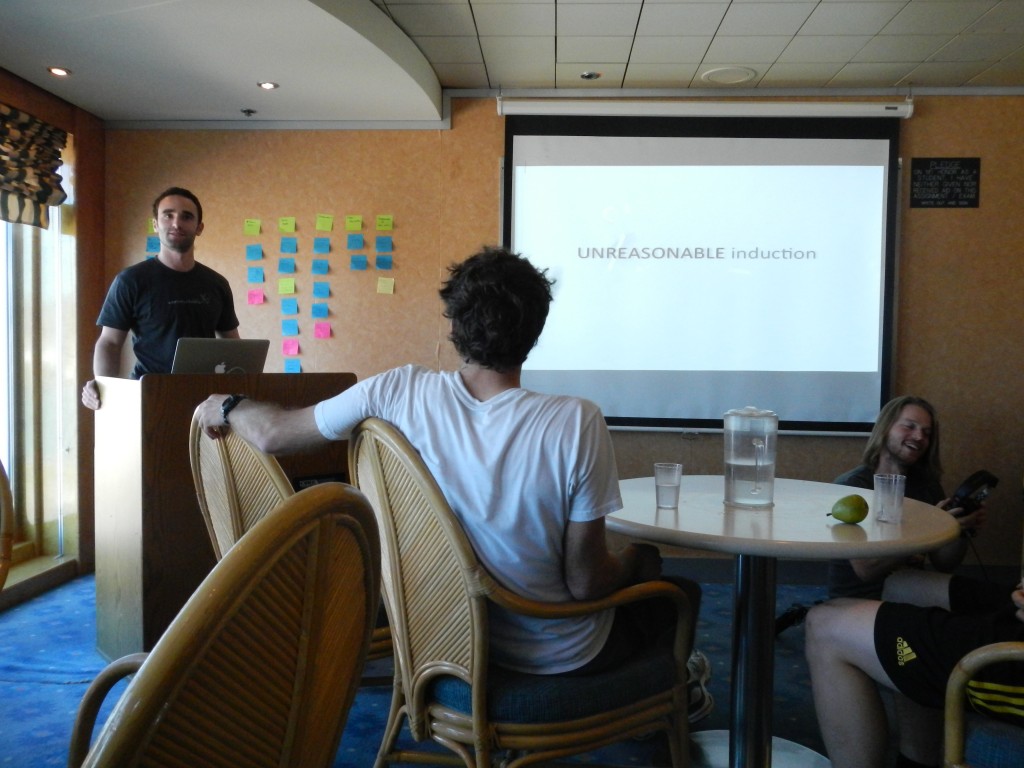
–>Some of the things we discussed:
We all must make decisions based on values, and treat everyone as if they are or might be the Messiah.
–>About 30 of us, all the Unreasonable Institute people did a big “get to know each other” game. We informed in 60 seconds, over and over, to new folks, what were each of our “super powers” and “kryptonites”
–>We seemed to come out of the excersize feeling that we each “connected” on our vulnerabilities
And I liked that Daniel used the term “misfit creative” about some of us
-to be bold, he asked someone to stand on the table and give a 30 second pitch. we all gave feedback and it happened 3 more times until it was pretty spotless.
Takeaway: WRite down some of my strengths as well as some of my weaknesses, to connect some of what I love with what I love to do.
Practice my “pitch”
–>reflections and practice stating my own goals, strengths, inspirations, and also my weaknesses
Also filled with some scavenger hunts:
–>We were introduced to the Dean and some of the other directors of unreasonable at sea. Lastly, there was an introduction in the auditorium.
Daniel talked to the faculty about “what is UAS” and what are we doing here?
“The reasonable man adapts himself to the world; the unreasonable one persists in trying to adapt the world to himself. Therefore, all progress depends on the unreasonable man [and woman].”
– George Bernard Shaw
Everyone talks of this as a radical experiment, never before been tried. And a big risk. So that seems promising.
–>Daniel also said that this experiment will become the highlander institute of the 21st century, meaning that we will transcend borders, to have a global impact.
–>social action is entrepreneurial thinking, technology, creating a market based on solutions
–>Solutions cant be land locked
It is exciting how much we will be introduced to the D. school and their ways of learning. I presume that will entail the schedule that they’ve deemed effective, the learning style, and other initiatives.
–>Some other opportunities will be interacting with the young kids, as well as interacting a lot with the students.
–>In the evening Cesar and I went to meet some of his friends here, three out of four who were ocean biologists. They gave us the names of some of the folks who are working at the University and we will go talk to them today about sampling plastic and water for metal detection.
–>We took a walk to some of the shipping areas and took a sample of water and dropped the opflex in the water.
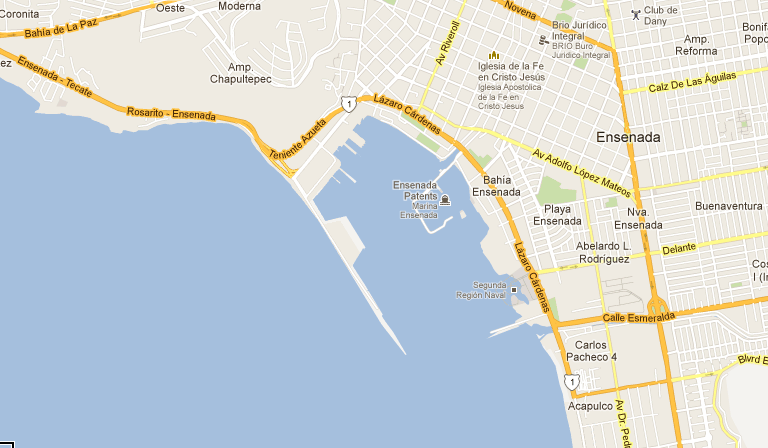
unreasonable at sea day 1 & 2
FLYING ACROSS THE MOUNTAINS NY TO SAN DIEGO
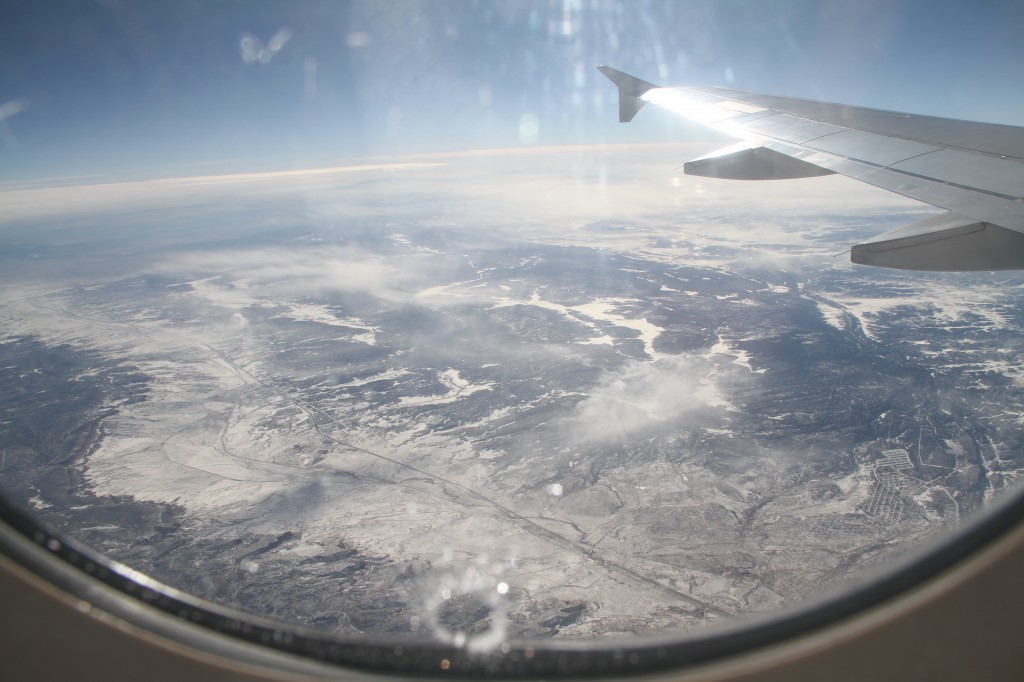
STALE GUMMIES FROM ICELAND AS A SNACK
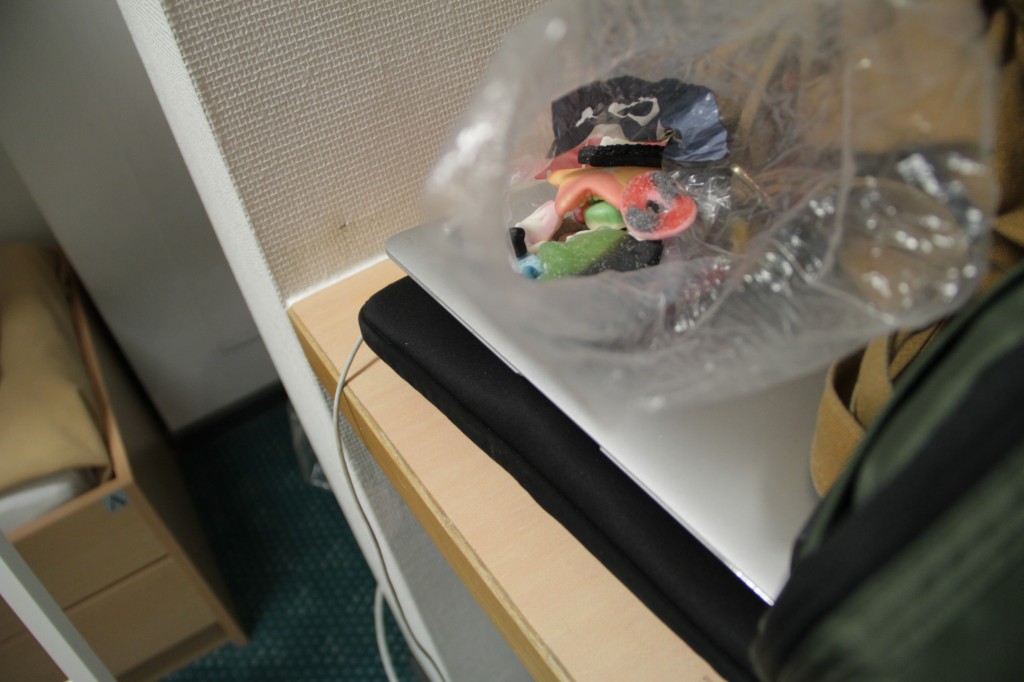
MY CLOTHES AND MY LIFE VEST
THE REST OF ALL MY CLOTHES
crankshaft music
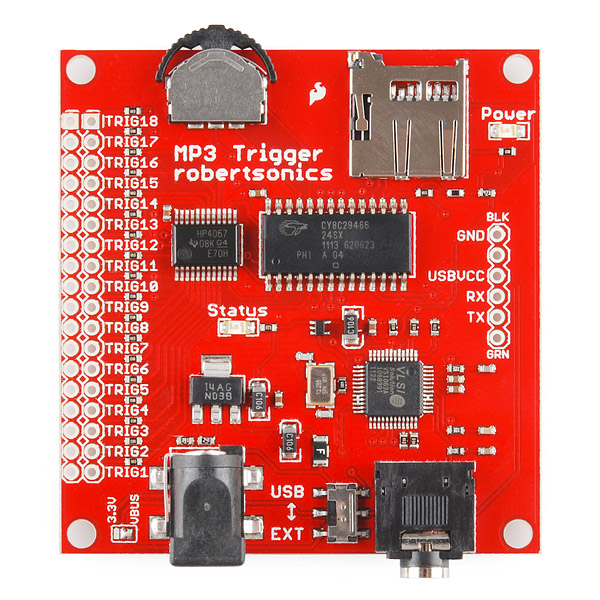 things i’m learning from the mp3 trigger that i forgot:
things i’m learning from the mp3 trigger that i forgot:
>>power it using usb or 5V? extension
>>Status light:
1 long blink – No formatted microSD media found.
1 long blink, followed by 1 short blink – microSD media found, no MP3 files located.
Constant short blinks – Hardware problem with MP3 Decoder.
3 short blinks – microSD media found, at least 1 MP3 file located.
NAMING
–>Track names have to be as followed:
TRACK001.MP3
TRACK002.MP3
and so on
LIMITATIONS TO THE MP3 FORMAT?
—>IT Supports a bit rate of up to 192 kB
Initially I think my problem is the SD card, if I remember correctly:
What I’m trying to set up now :
–>spin an crank shaft that is somehow attached to an encoder, when the encoder recognizes motion, trigger a song. To trigger a song, this should happen when jumping one of the “mp3 tracks” to ground on the mp3 trigger, ie writing low to one pin that is connected to the mp3 trigger track pins.
using any encoder code: http://bildr.org/2012/08/rotary-encoder-arduino/
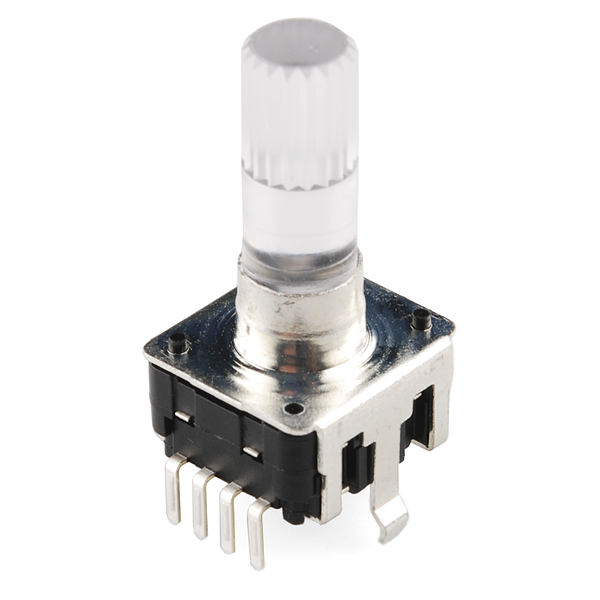
and this schematic:http://www.hobbytronics.co.uk/arduino-tutorial6-rotary-encoder
— > Step 1. Only if there is a change in state of encoder position, write LOW to the pin.
Let’s start with pin 13, just to see if I can have this happen with the light.
AND , once the state changing stops, write HIGH (ie don’t play the song)
Simply, this takes an arduino input (ie the encoder) but then outputs a DIGITAL signal to trigger a track. So here, D13 triggers a track to play when written LOW.
The outer strip on the mp3 trigger pins are GND; the inner pins are what D13 should be connected to;
———–
After a while this proved not to be so simple:
https://forum.sparkfun.com/viewtopic.php?f=14&t=32647#p145292
https://forum.sparkfun.com/viewtopic.php?f=14&t=34282#p152976
things learned: use a pull up resistor for triggering clean, LOW output. ; if any of the pins are “pulled high” none of the pins will work…
eventual code:
transnatural festival, nemo center, protei_007, oil compass and sneel_001
http://www.transnatural.nl/26
more photos here
http://www.flickr.com/photos/52250666@N02/sets/72157631486087340/
Sneel & Proteis at TEKS Meta.Morf Trondhiem
more here:
http://www.flickr.com/photos/52250666@N02/sets/72157631648083714/
http://metamorf.no/?p=275&lang=en
http://www.flickr.com/photos/52250666@N02/8044380779/in/set-72157631648083714/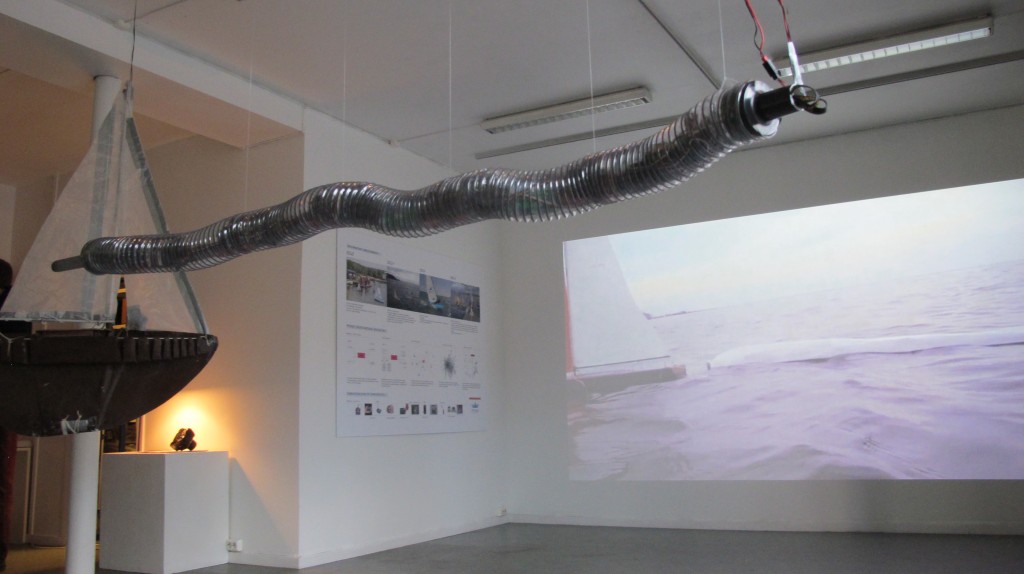
Documentation of Sneel_002
Soon I will make a how-to guide for Sneel_002 on instructables.com, as I did for the first version of Sneel, (i’m working on that) but until then…
Sneel swam in central park
The hardware:
Like a real snakes vertebrates:
I used Arduino Mega with multiple servos attached, using multiple 6V NiMh battery packs, placed along the body, with an xbee mounted on top to control three parameters of wave behavior: period, wavelength, and amplitude.
I taped the bottom of the Arduino so nothing shorted:
First I stuffed the arduino + xbee into a waterproof sac:
Then I decided that was overkill so I just stuffed everything into the tube (as I had sealed each servo motor with epoxy and had a water tight seal on the tube top and bottom)
See wires etc. stuffed in the tube:
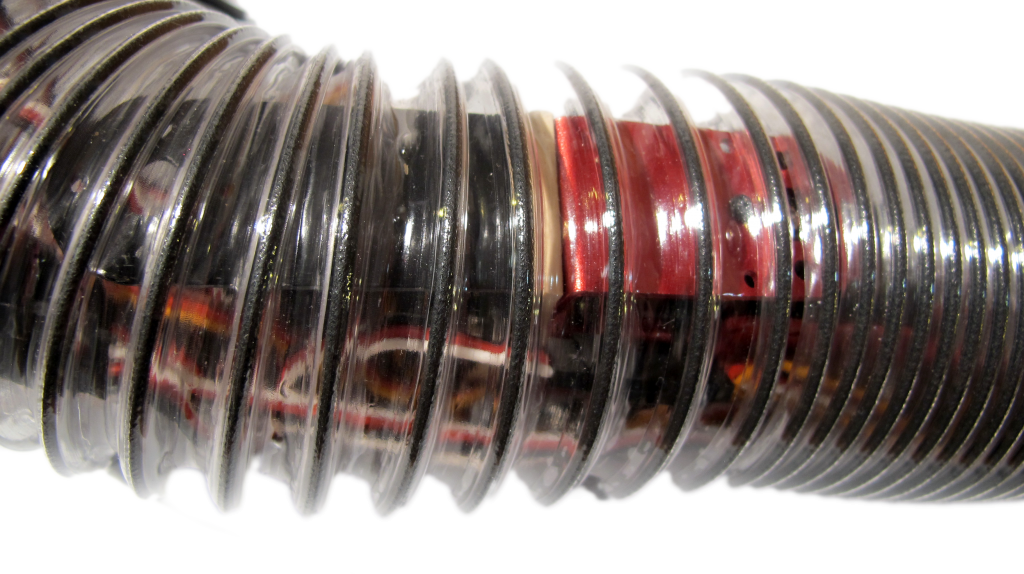
The Software:
A diagram of the control firmware and the relationship between the classes:
I wrote an Arduino library called ServoWave to control period, amplitude and wavelength of the oscillation for Sneel’s swimming behavior.
See how each servo motor oscillates – in the following graph, I print out values of each servo as each motor rotates in a sine wave slightly out of phase from each other. The x axis is time and the y axis is angle, and each colored line is a different motor.
After getting everything packed up in the tube, I tested Sneel_002 on the floor of ITP.
He seemed sort of real:
Sneel in the wild:
Well, Sneel_002 swam pretty well, sort of like a real snake, but there’s much work to be done…
Model shot:
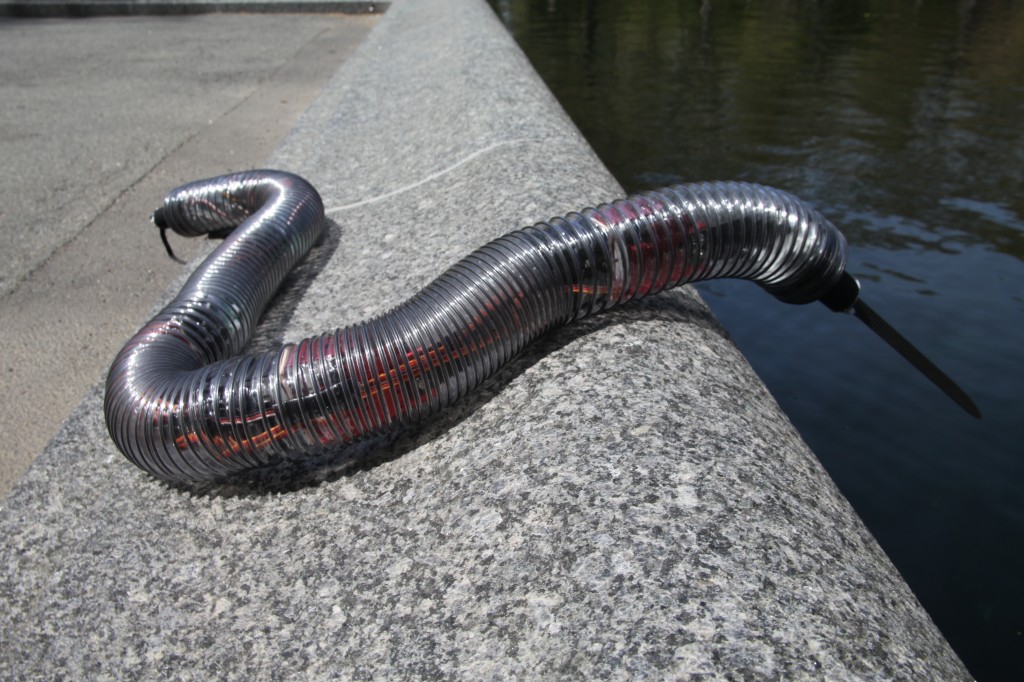
Progress ON Snake
a quick start:
questions for consideration:
snake or eel( float or sink)
hydraulic pump?
propeller for forward propagation?
behavioral test – think better about mechanics of aquatic locomotion
______________________________________________________
I got the snake into the tube.

Here are some images of the progress:

I think I’ll bring the boat here:

______________________________________________________________________
my email to the p comp list:
It turns out something weird is happening with my batteries – I can run the lipo batteries I have with two DC motors, giving me a current draw of 1800 mAmps (around there anyway when I tested with the multimeter)m, at around 8 V .
When I try to power solely one servo, the voltage drops immediately to below 2 V. The batteries seem to be fully charged , as indicated by the charger I’m using and when I try to give them voltage from a power supply of 8.4 volts at 0.25 mAmps limit, the power supply shuts to 0 (I think this happens with LI ion batteries, a chip prevents over charging if using a regulated power supply…?)
Anyway, what can possibly be preventing me from running one servo with a current rating of 0.3 Amps peak , but I can run DC motors , with 1800 mAmp peak? ?
I can’t figure out what might be wrong – if the battery was damaged, I thought I’d not be able to use it for the DC motors, but since it works fine that way… what can be the problem?
OK another Totally Weird thing is happening:
when I try to test the amperage on one servo by plugging the multimeter in series between the battery +7.4 V and the servo + power , the servo DOES seem to move a bit (slower than when I use just a 6V non rechargeable battery).
When I but without the multimeter in series I get no motion (immediate voltage drop to 1.5 V from 7.4)
What/??
Also, the multimeter is reading 0 amps even when in series with the battery and Vin on the servo
SO I realized I can’t stack it… UGH. I dont understand why I can’t combine two LI ion batteries to make 7.4 V from 3.2 V. WHy?
And now I am using vivitar batteries from cameras, but my voltage regulator, which brings the voltage down to 5.8 V gets super hot. this scares me.
Also, the small servos get super hot. Especially the Emax MD (i’m also using Emax A ).
SO I think I’ll buy some larger servos now, from servocity , as well as perhaps a 6 V NImh battery. Ugh.
TO REMEMBER:
get bigger servos
get new battery
get charger
tighten screws
put more screws on black servos
put on loctite
test o rings
put dielectric / marine grease
seal with epoxy the rest of the large servos
get more vacuum tubing
figure out battery pack, arduino power, face, etc
glue rubber
pugs
screws
bellflower voltage logging solar panel
logging voltage here: http://www.levinegabriella.com/bellflower/bellflower_dataLog.txt
arduino code here:
https://github.com/gabriella/bellflower
php and more to come…
AC DIMMER Circuit!!
I adapted this from info from Dmitri Grinberg’s post on Hackaday, “Lamp Fading and Remote Control for the Lazy”.
I have been trying for a number of weeks to perfect this, as in, find the correct transistor that would not overheat or burn out (one that is rated for a high enough voltage since it’s using AC 120 V). I followed this circuit from Dmitri’s blog, except instead of the IRF 250 I used an IRF730. 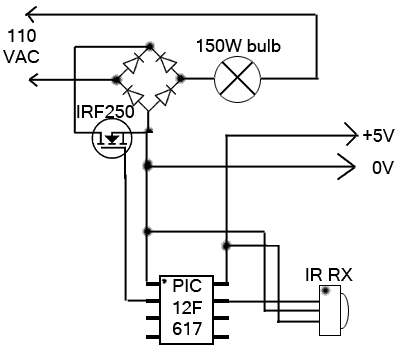
At first, I was using the IRF 520, with a 100 V drain source voltage and a 9 amp continuous drain current. It worked fine at first, and then it burnt out (there was connectivity between the gate-source and gate-drain). So I got an IRF540, with a 100 V drain source voltage and a 33 continuous drain current. This similarly worked at first, then burnt out.
Finally, I used the IRF730 which works pretty well so far! And doesn’t burn out – it is rated upto 400 V (which far surpasses the 120 V wall voltage in the US).
It works for a light (a resistive load):
and a fan (an inductive load):
Here is the simple dimming code used with the infrared detection sensor. I used a universal sony remote as the transmitter.
The Bellflower Project
The Bellflower Project will showcase the potential of sustainable energy sources. By engaging the public in a creative, non-institutional way, we are hoping to show (not tell) the NYU and larger community the benefits of energy harvesting. The Bellflower project is a series of small, public kinetic sculptures that run on solar power. Each “bellflower” biomimetically recreates an opening flower – five petals will slowly open as they collect solar energy, revealing a spiral of musical bars (like large xylophone bars). As the sculpture gathers energy, the bars begin to play, creating unique melodies and chords that vary depending on weather conditions and time of day. Ideally, the project would be embedded in an urban agriculture garden, promoting biodiversity while demonstrating the power of sustainable energy harvesting. Our goal is to aesthetically improve the quotidian life of the community, as well as potentially educating the public about environmentally responsible power consumption.
circuits for later
TIP120
FRED Photopopper
Solenoids and Data logging shield and RTS
humidity, air pressure, photocell, rts, data shield etc…
